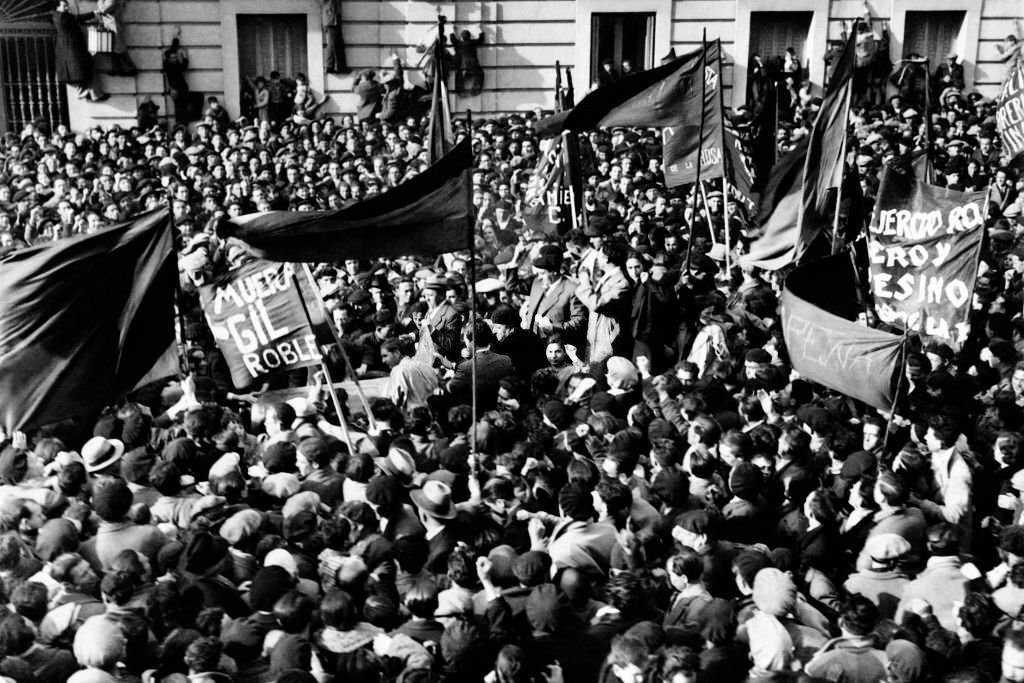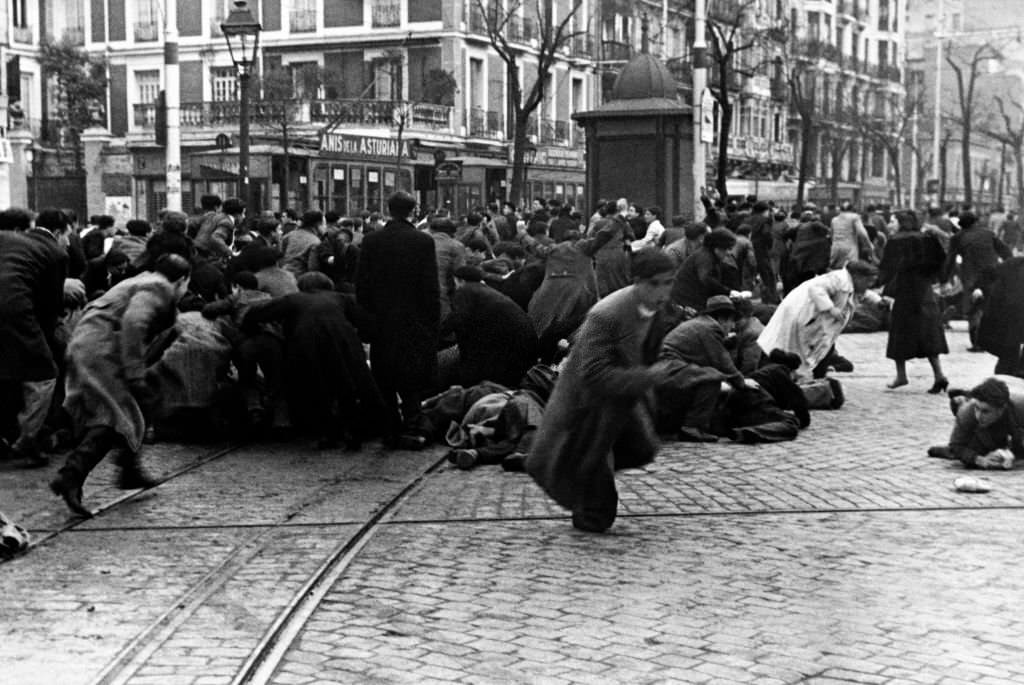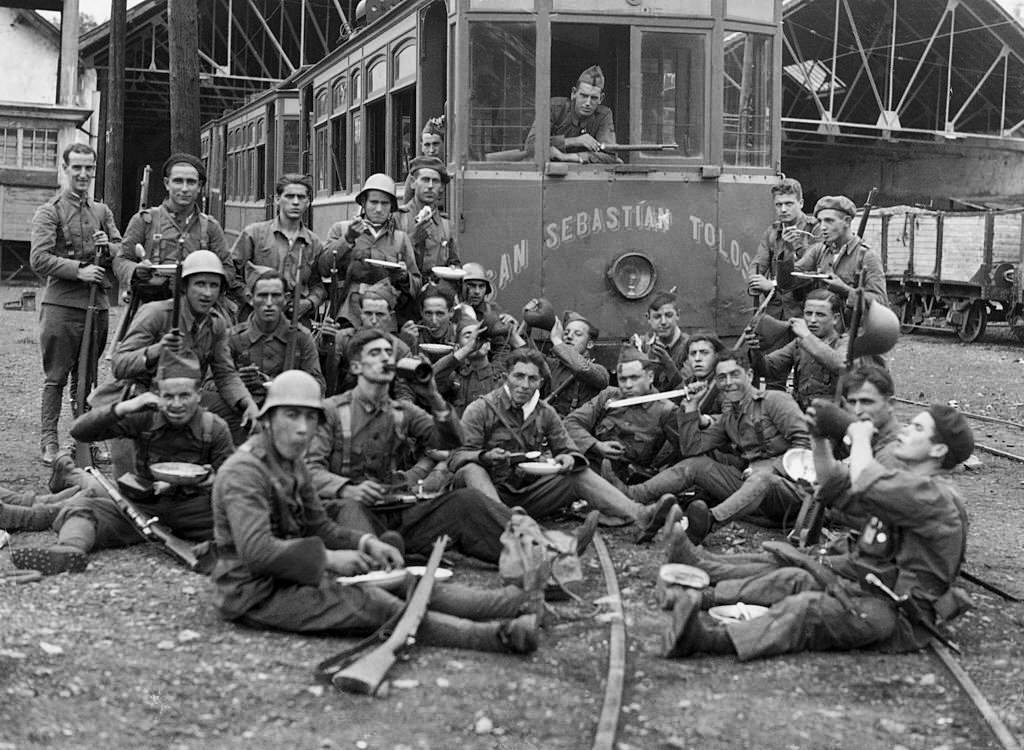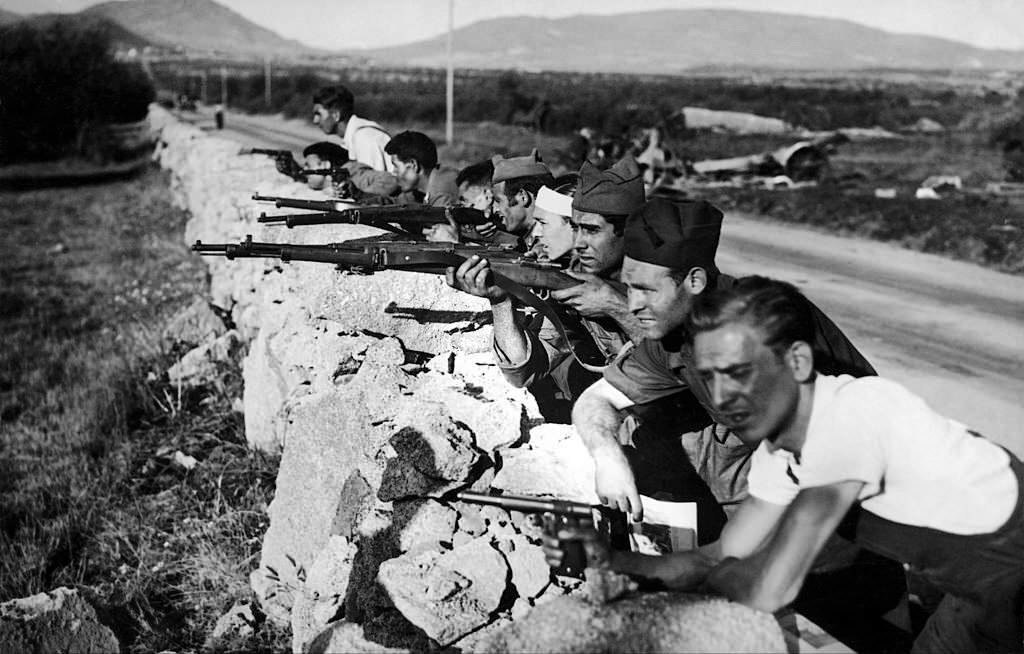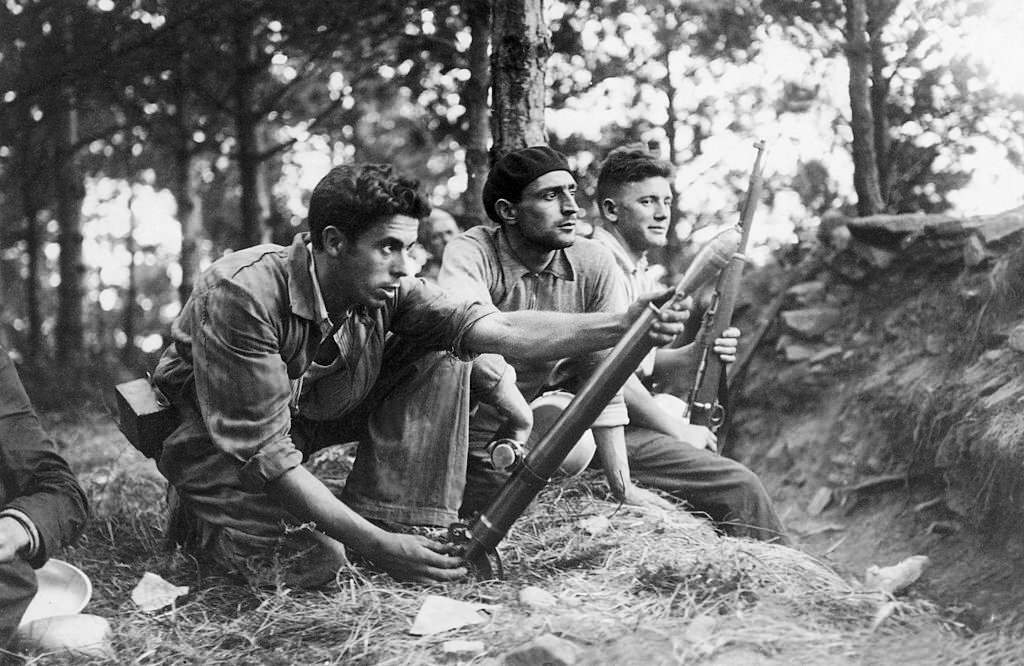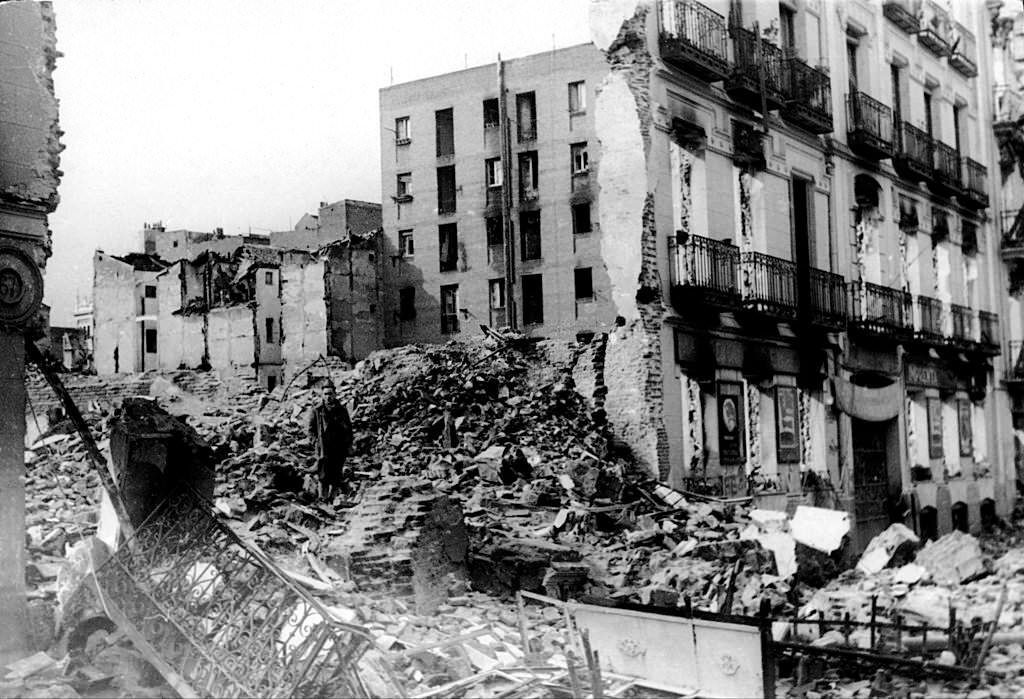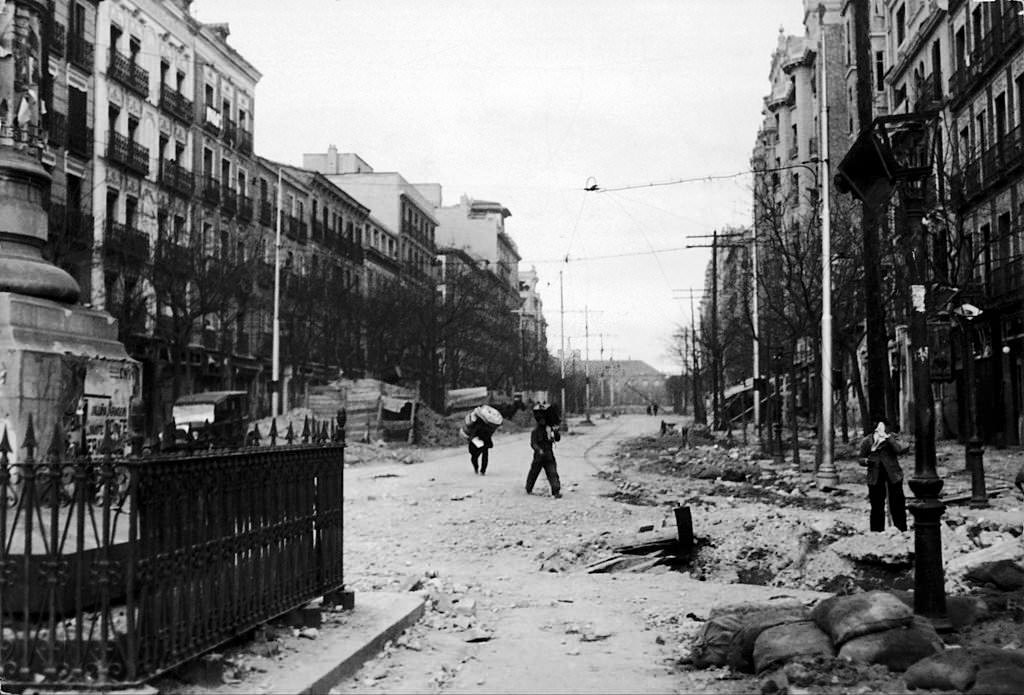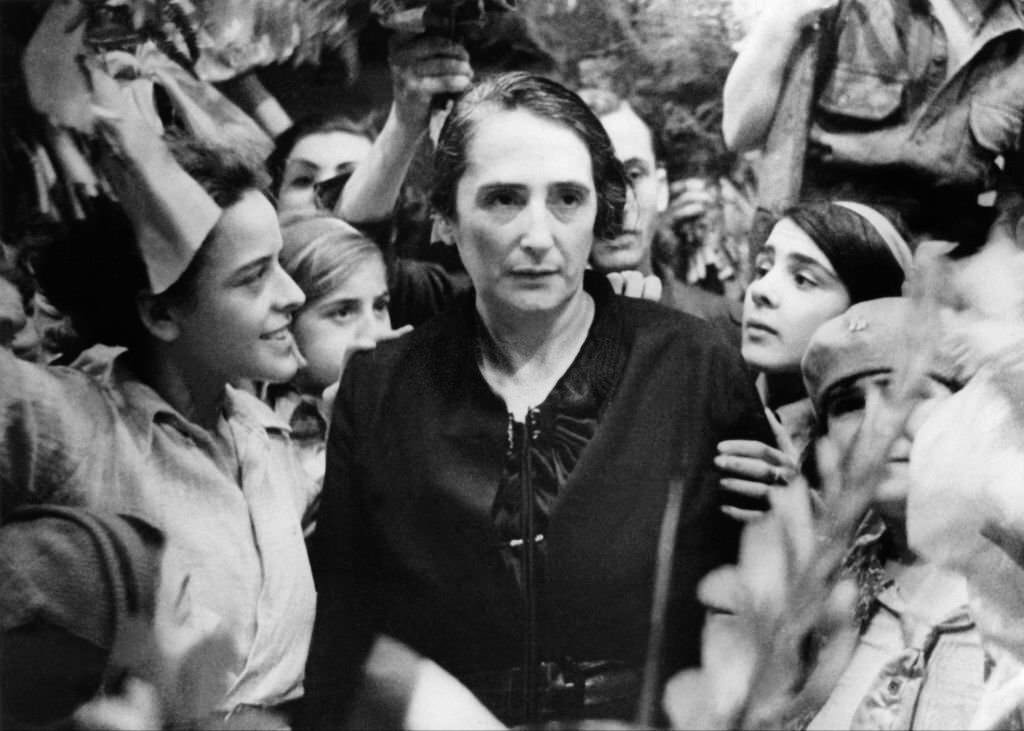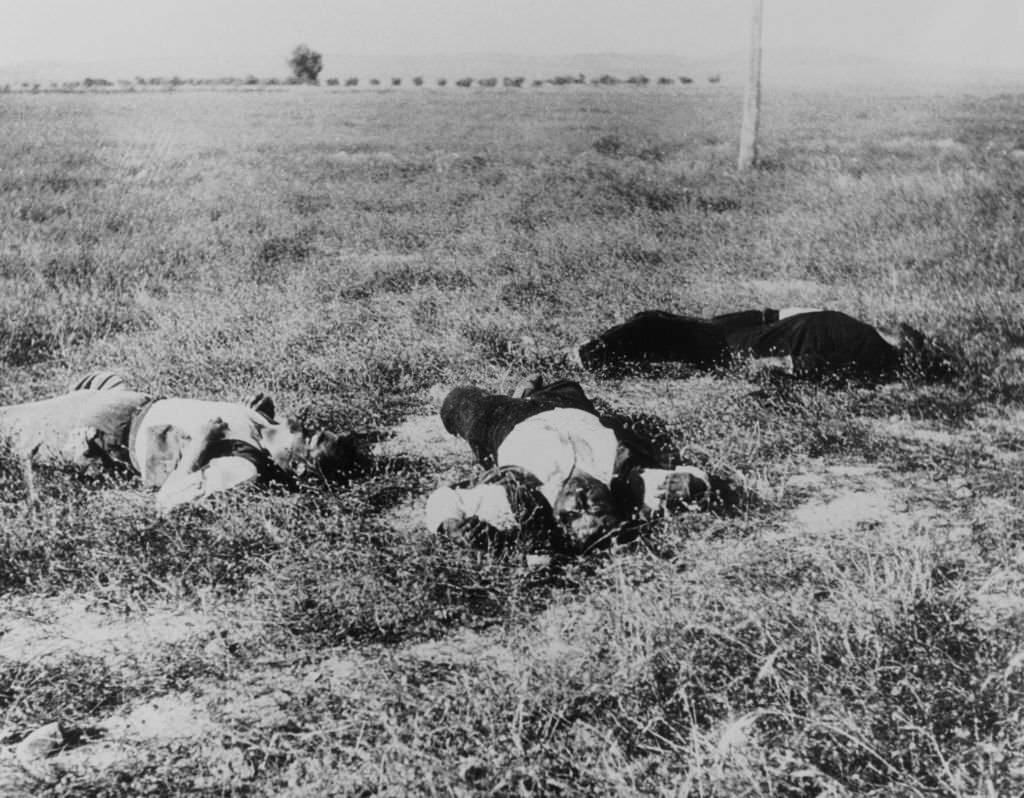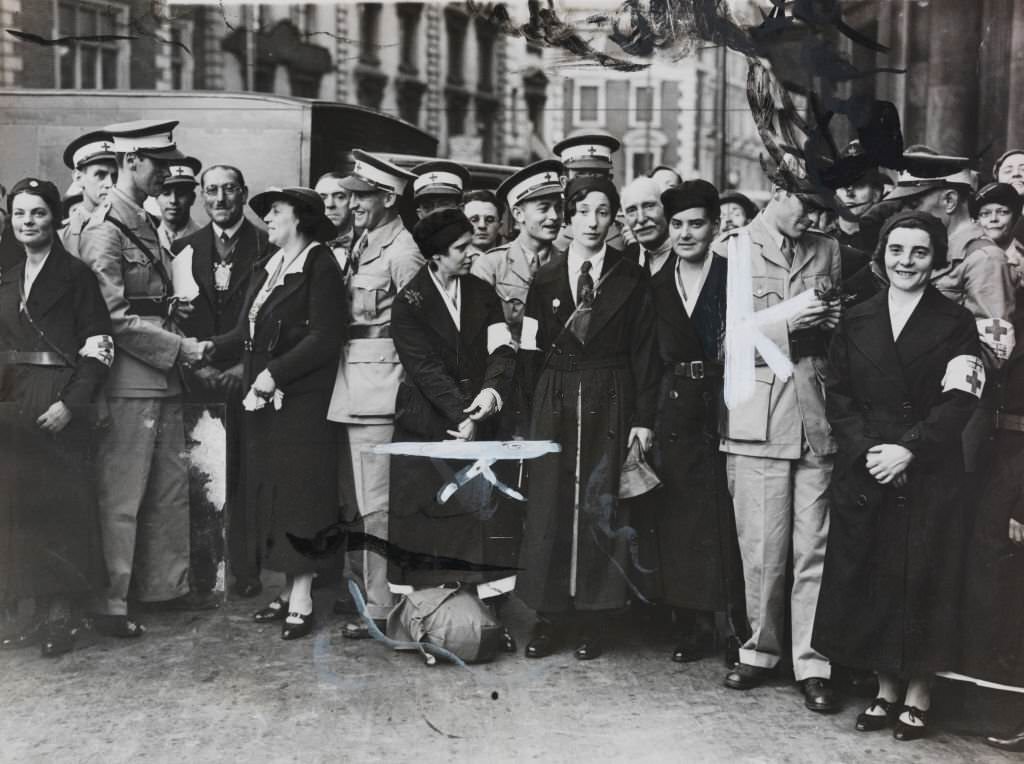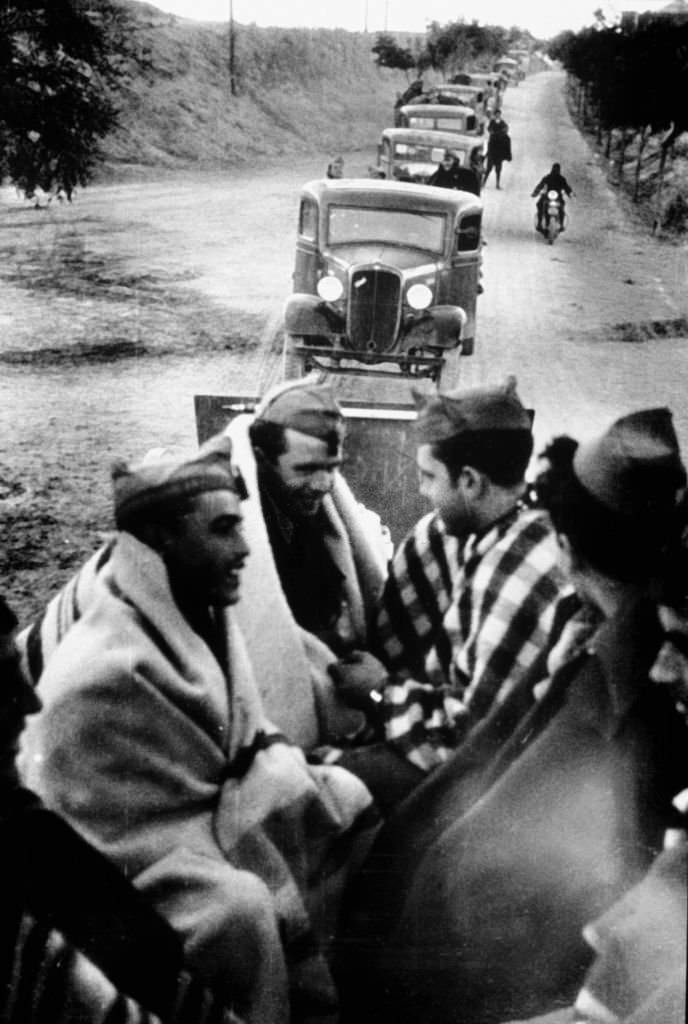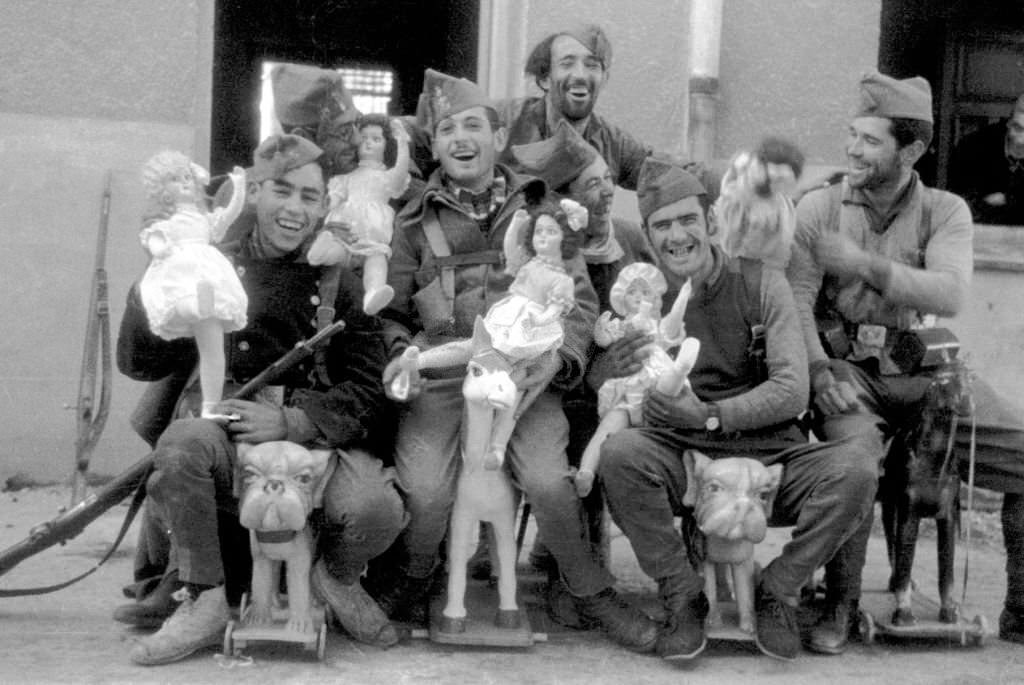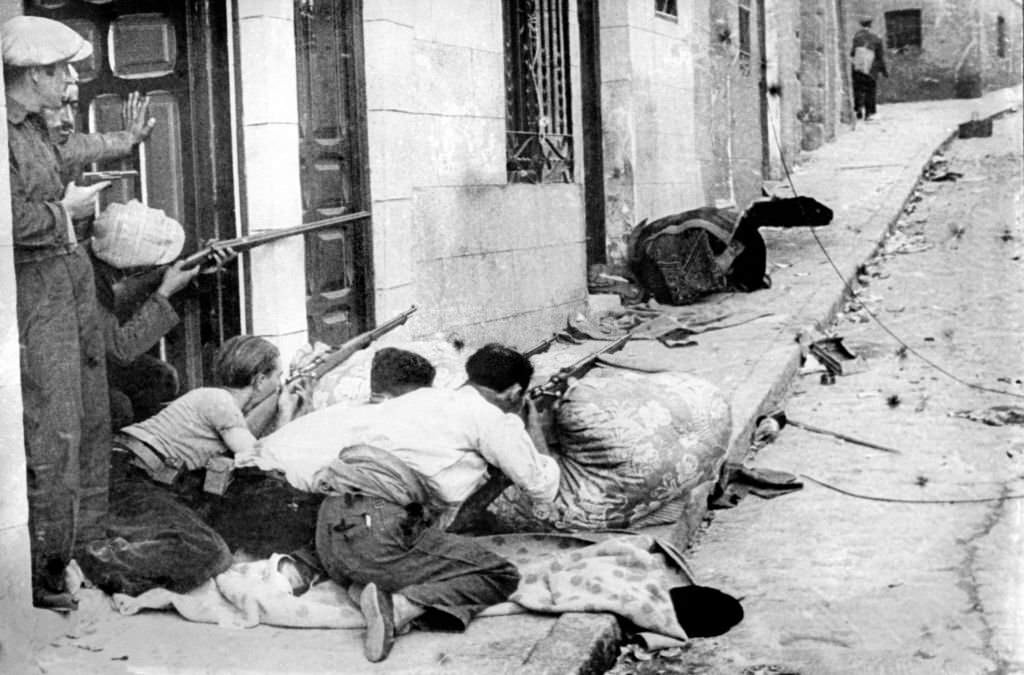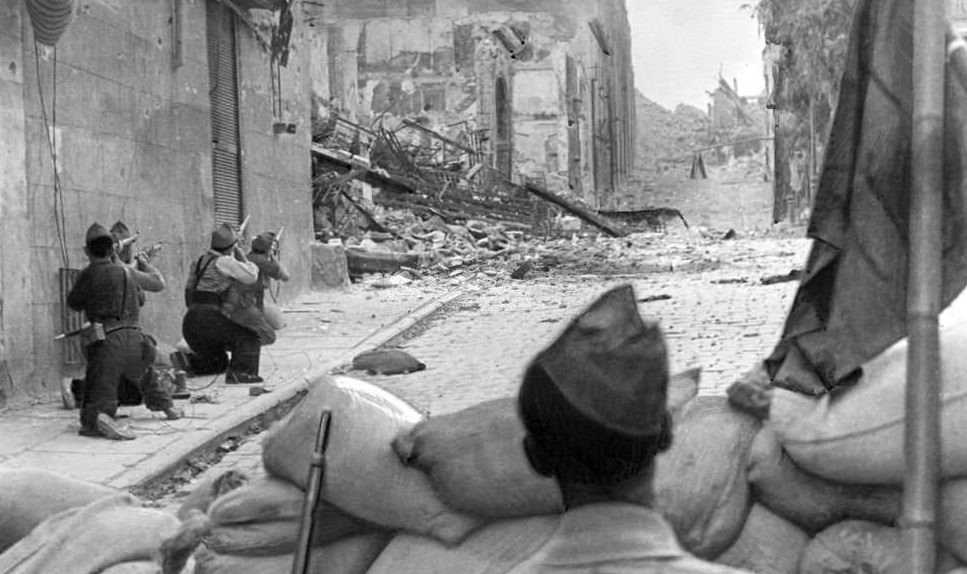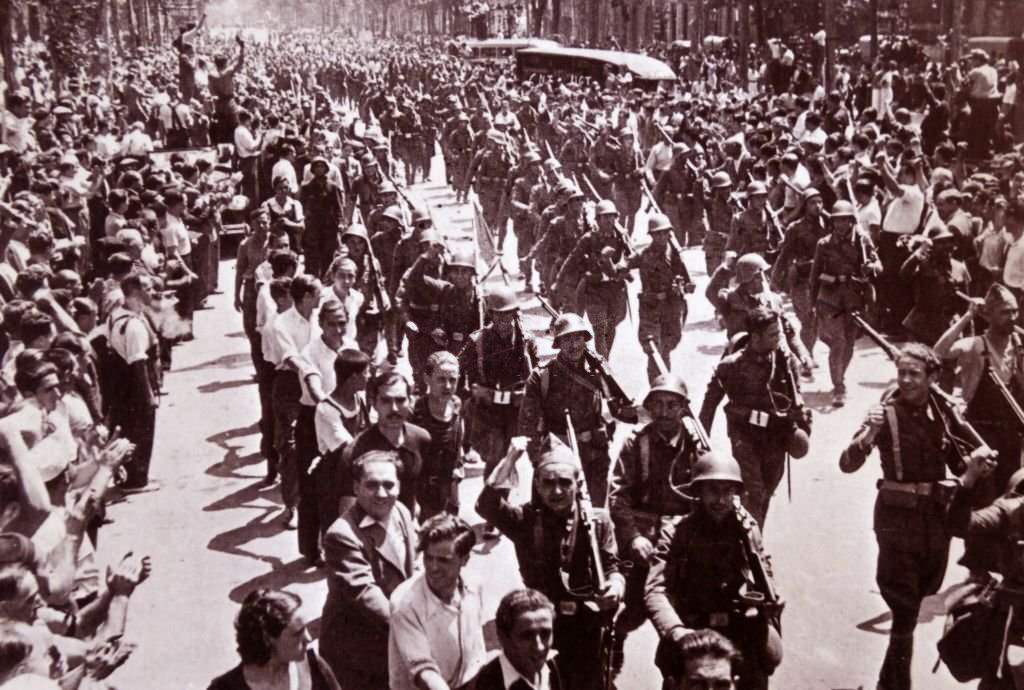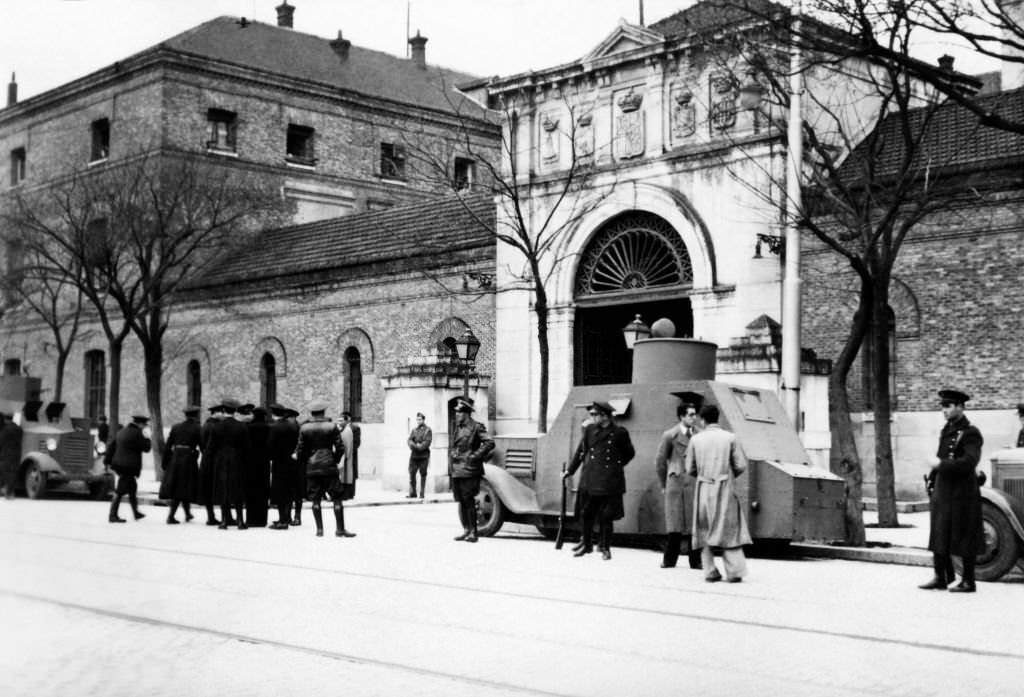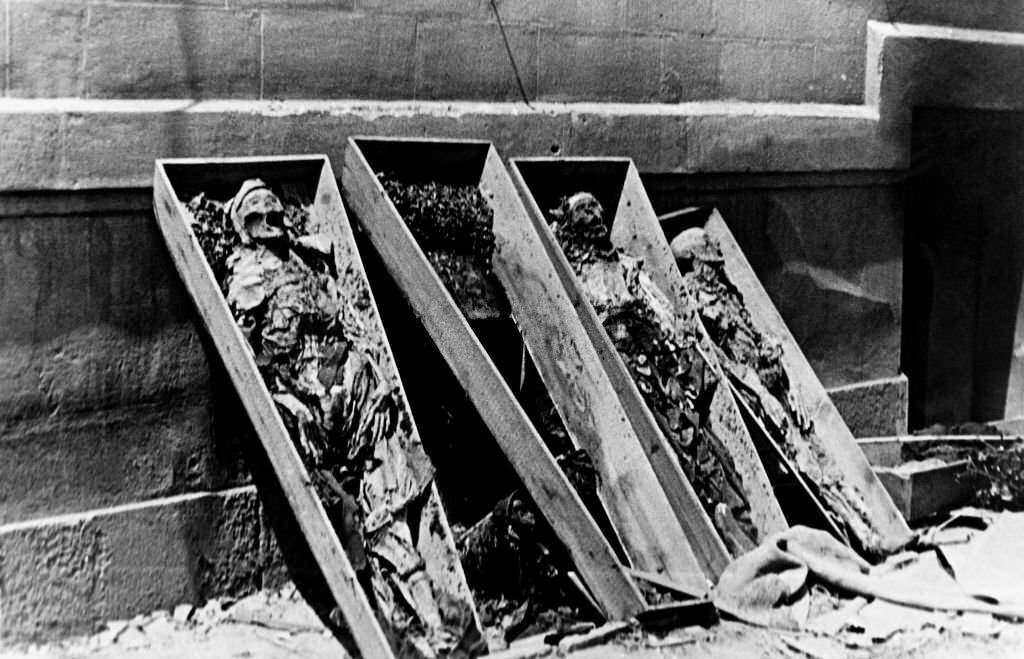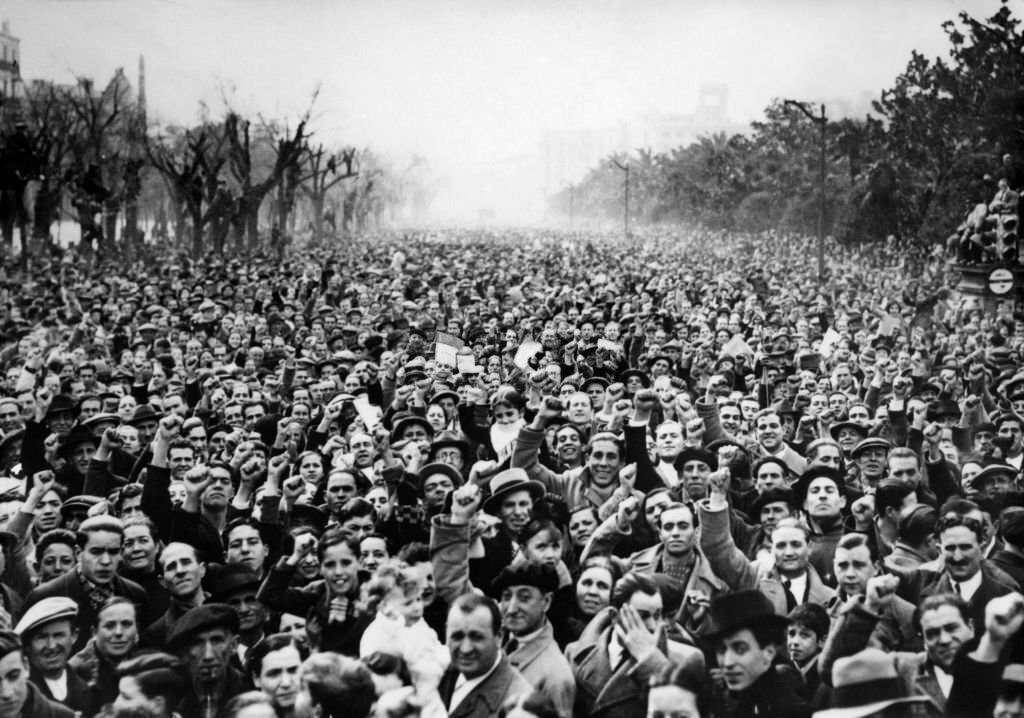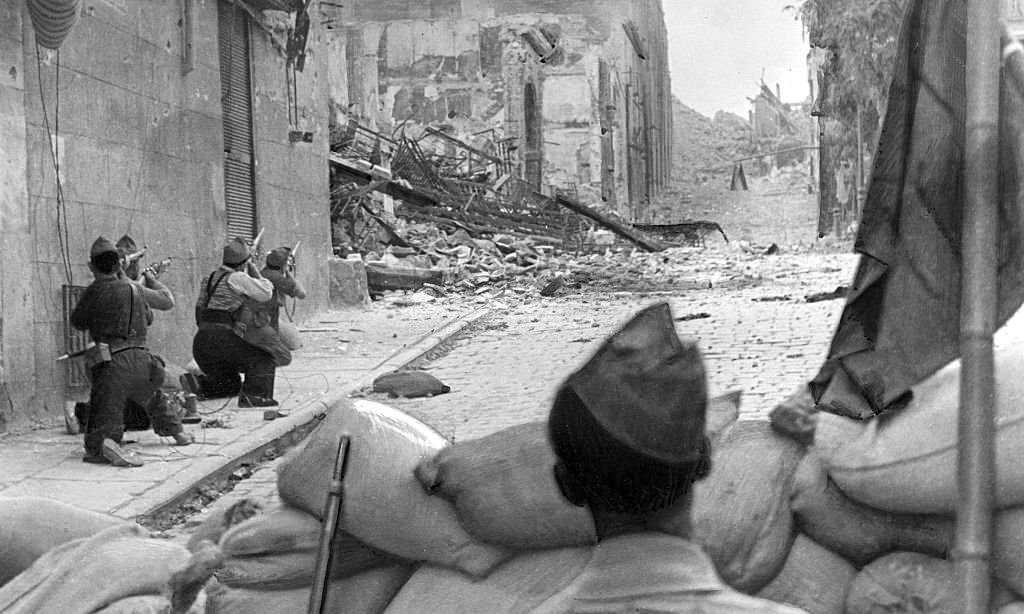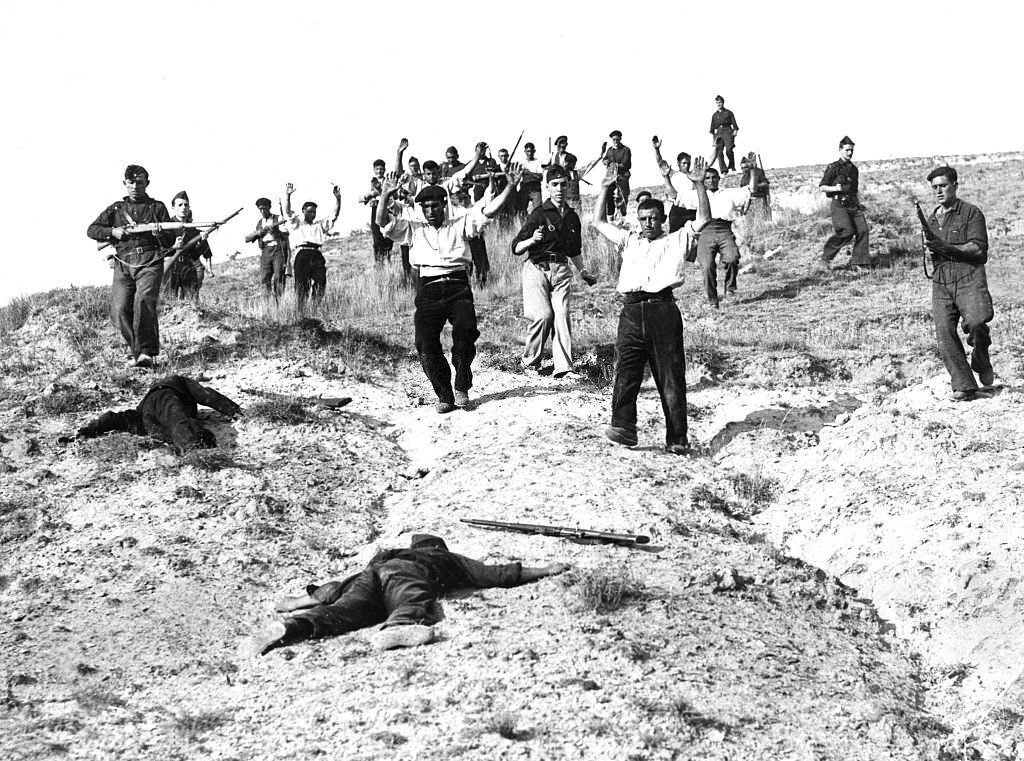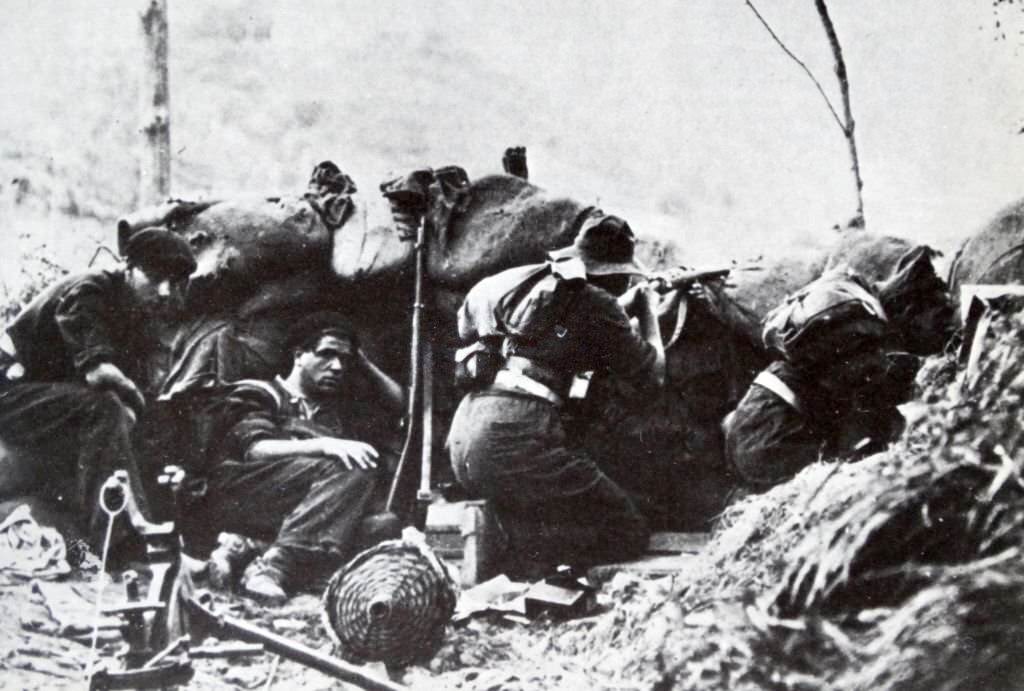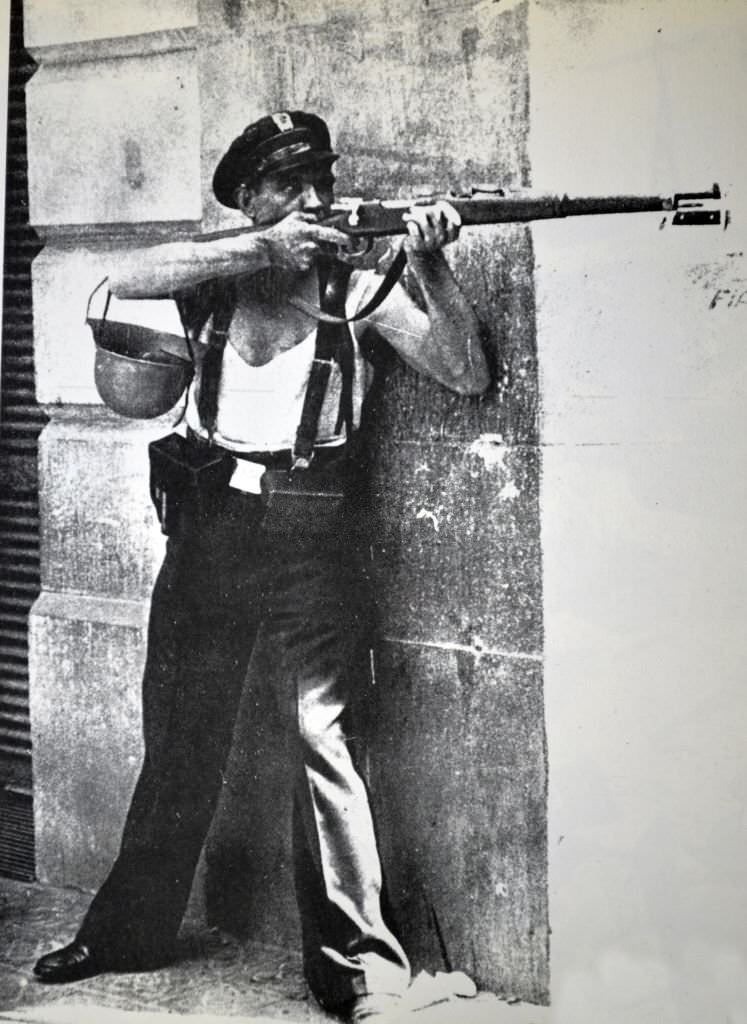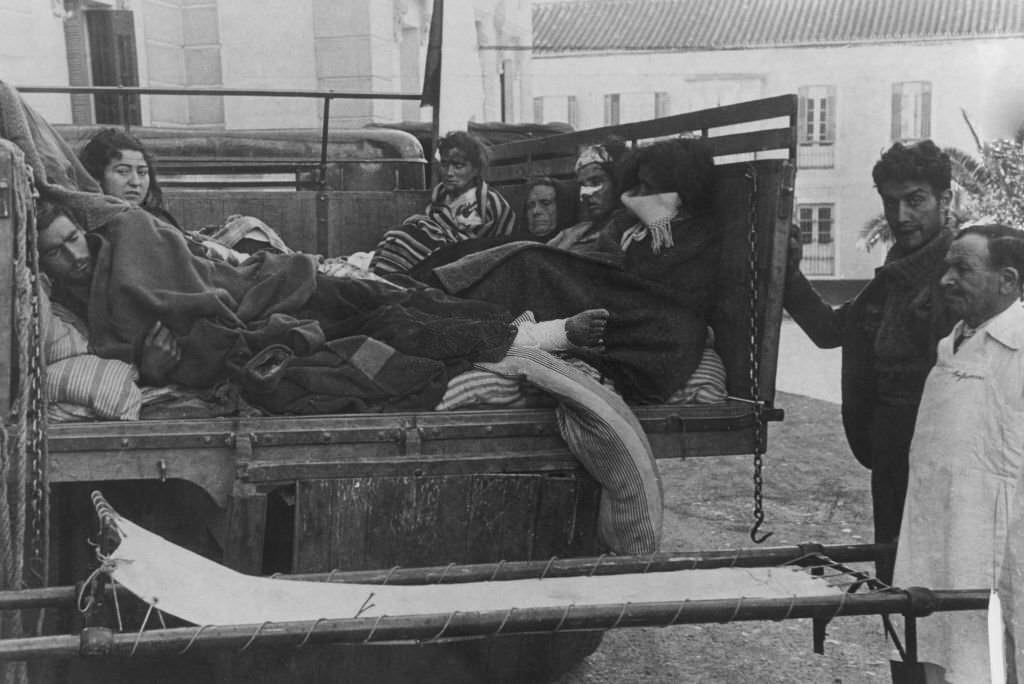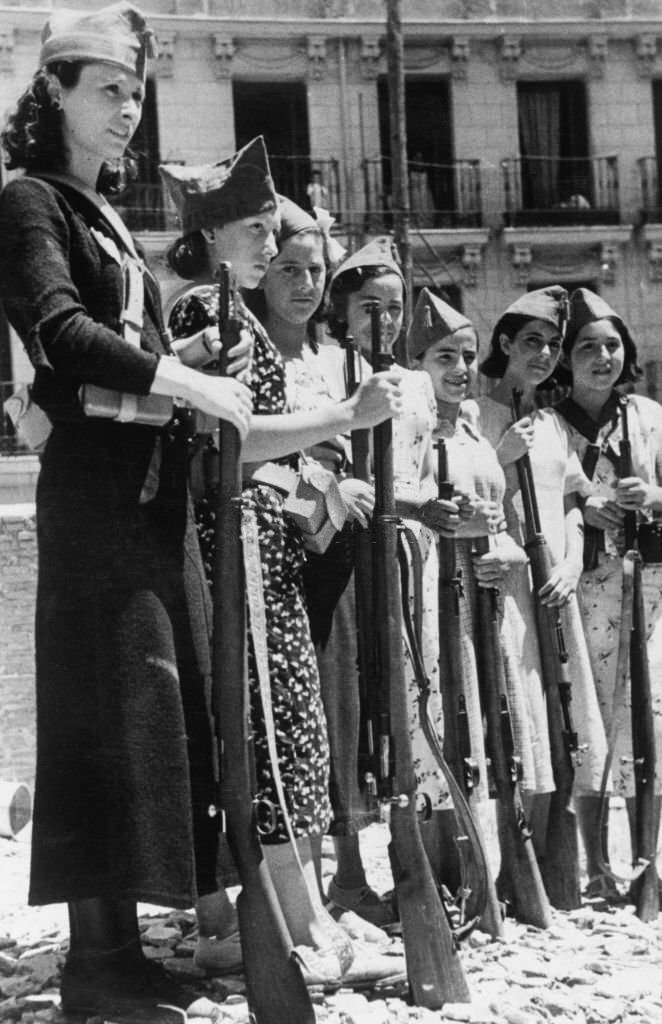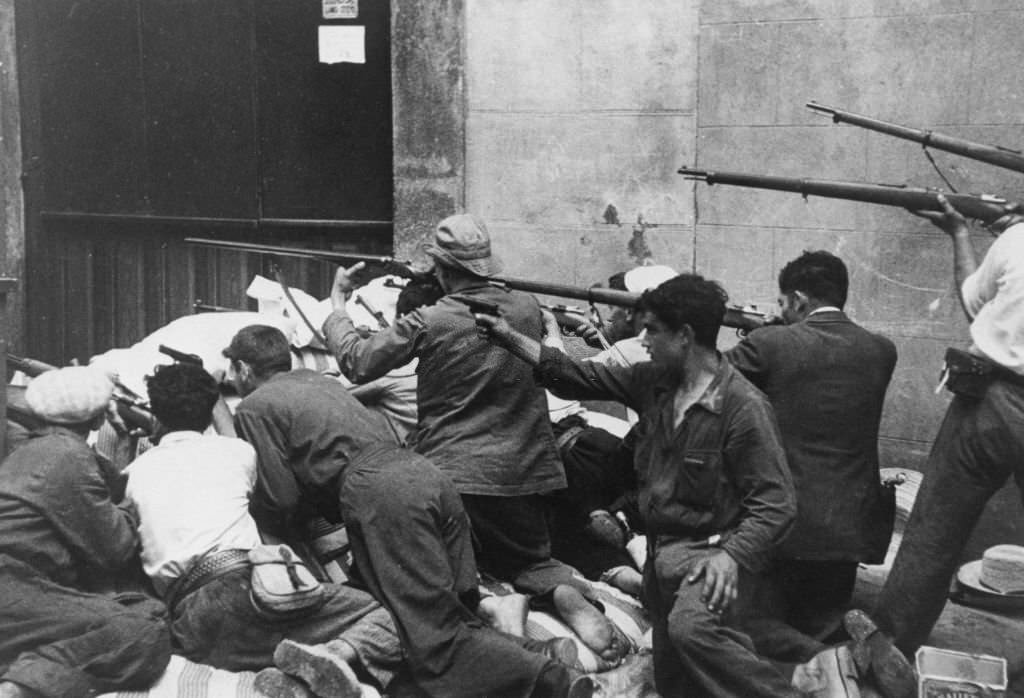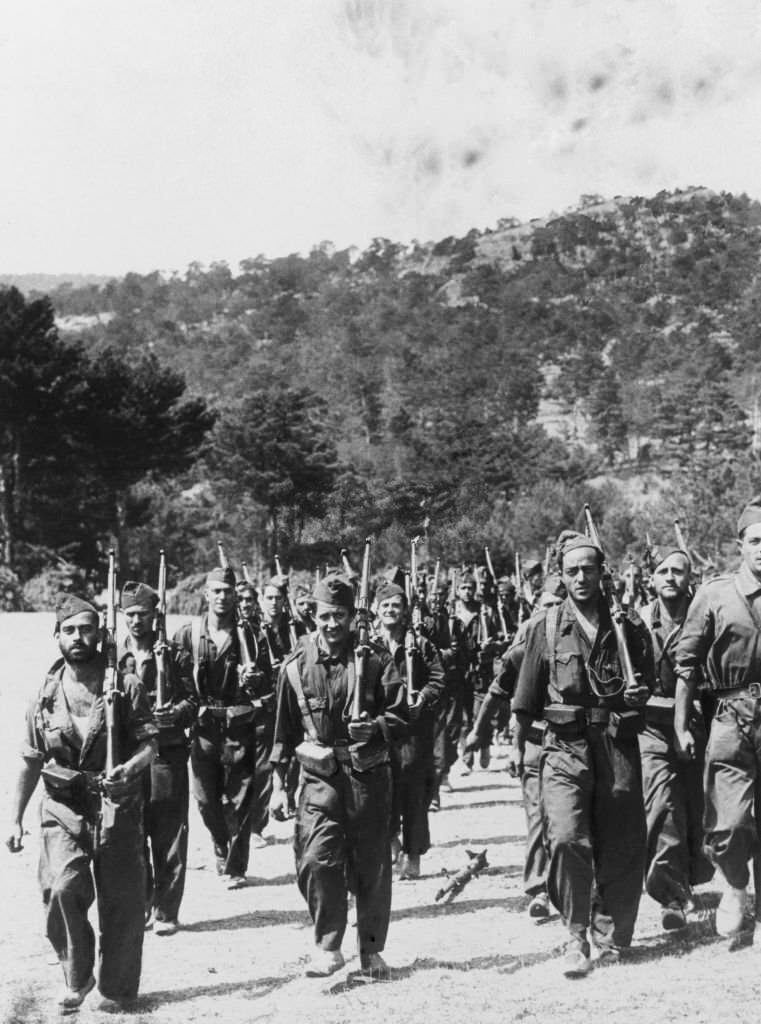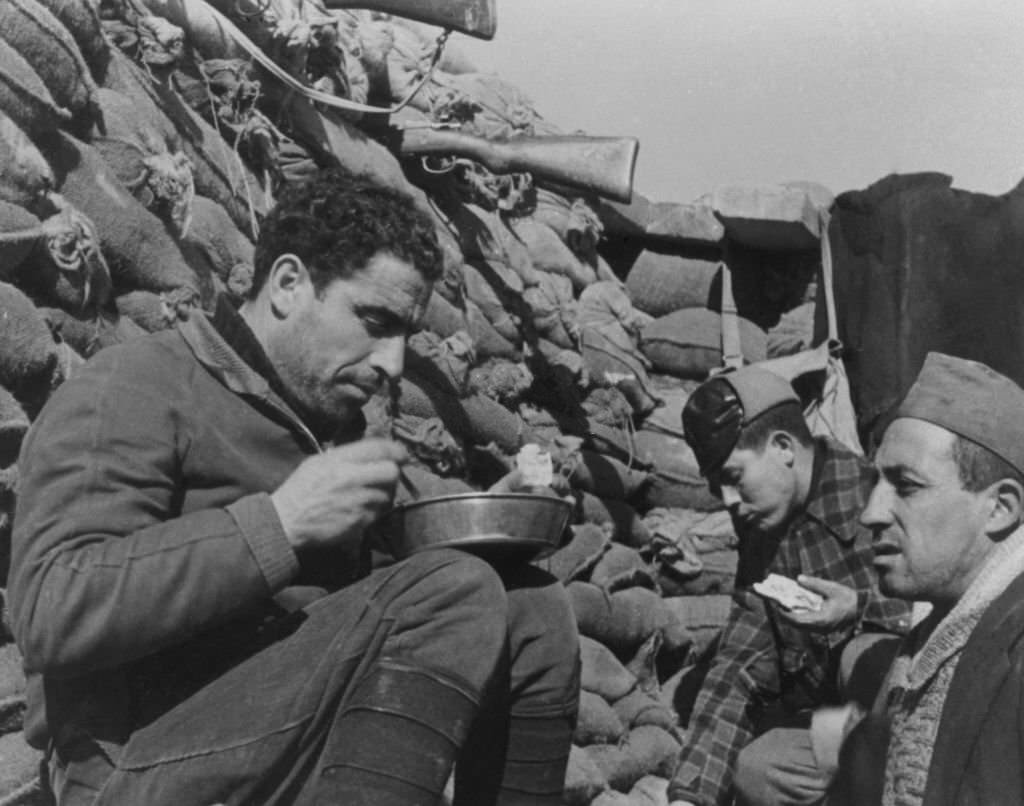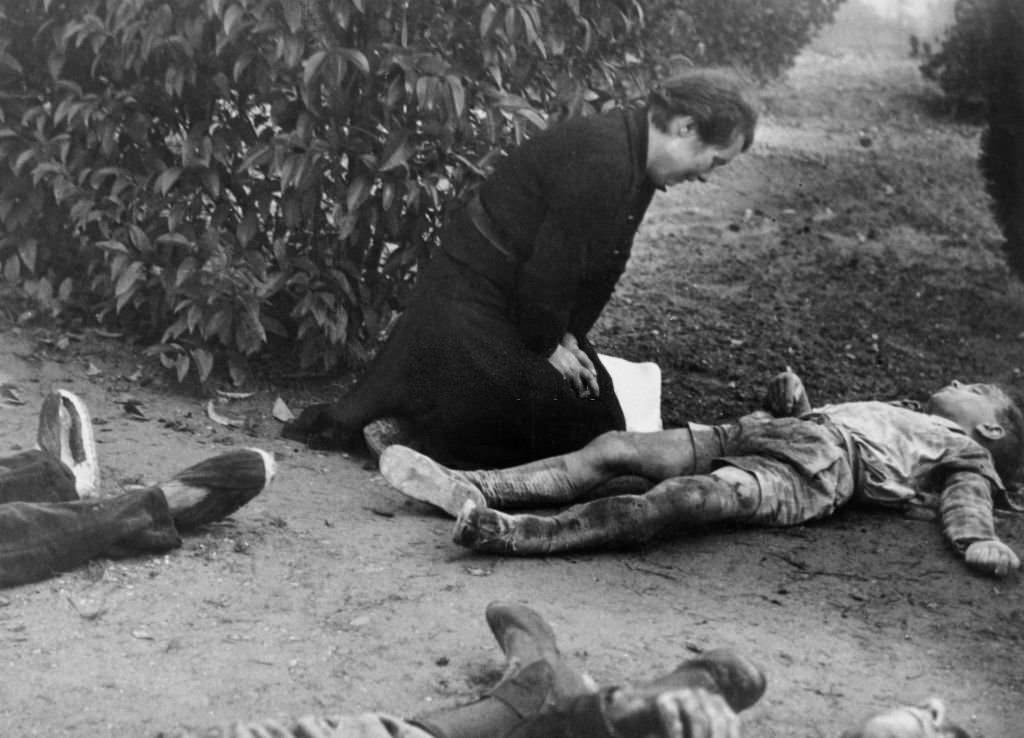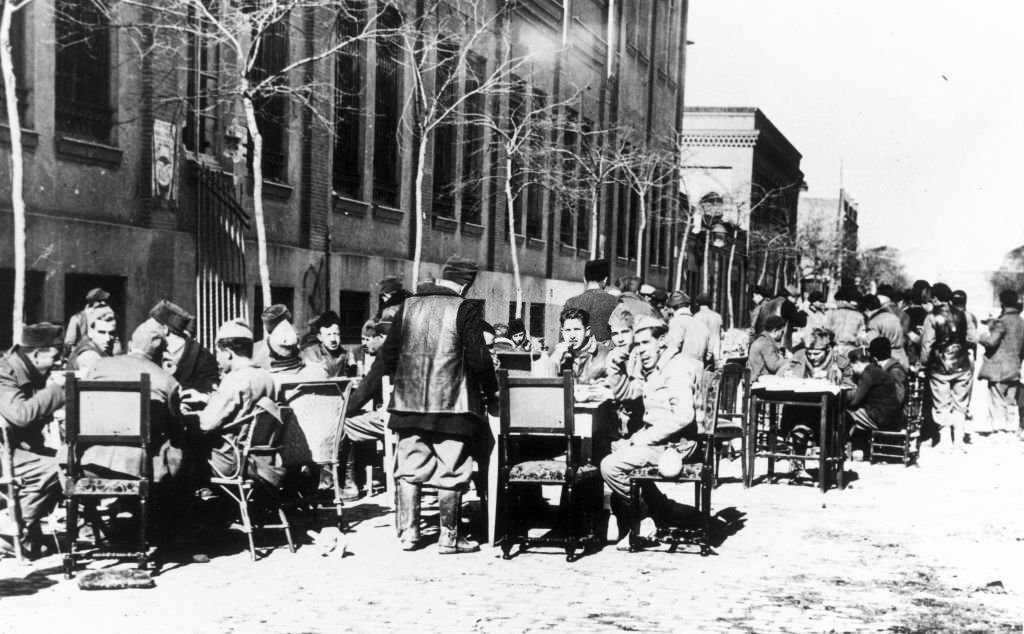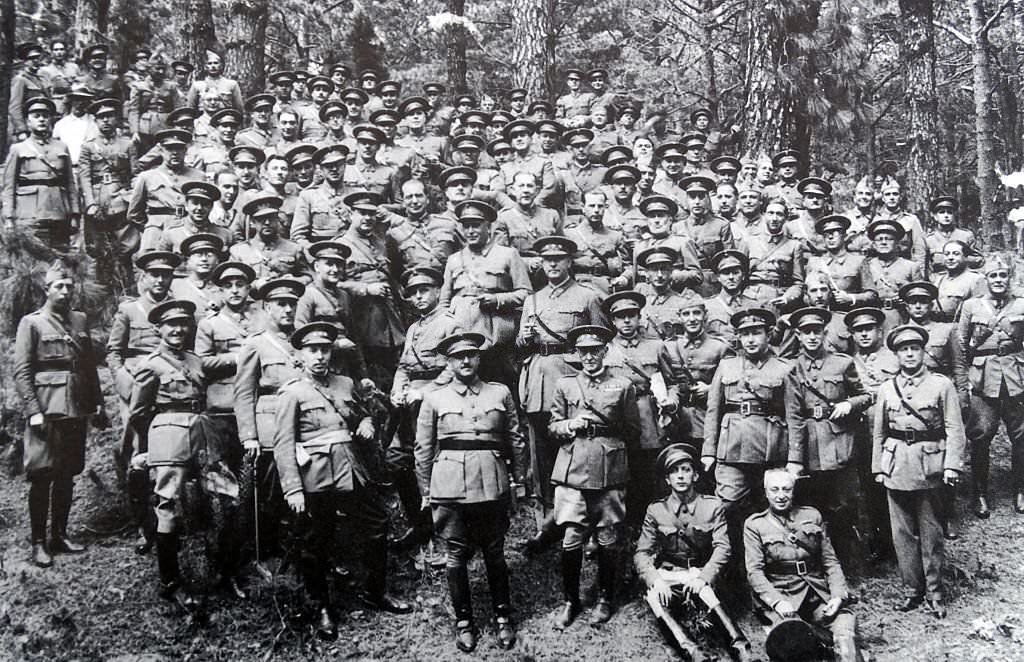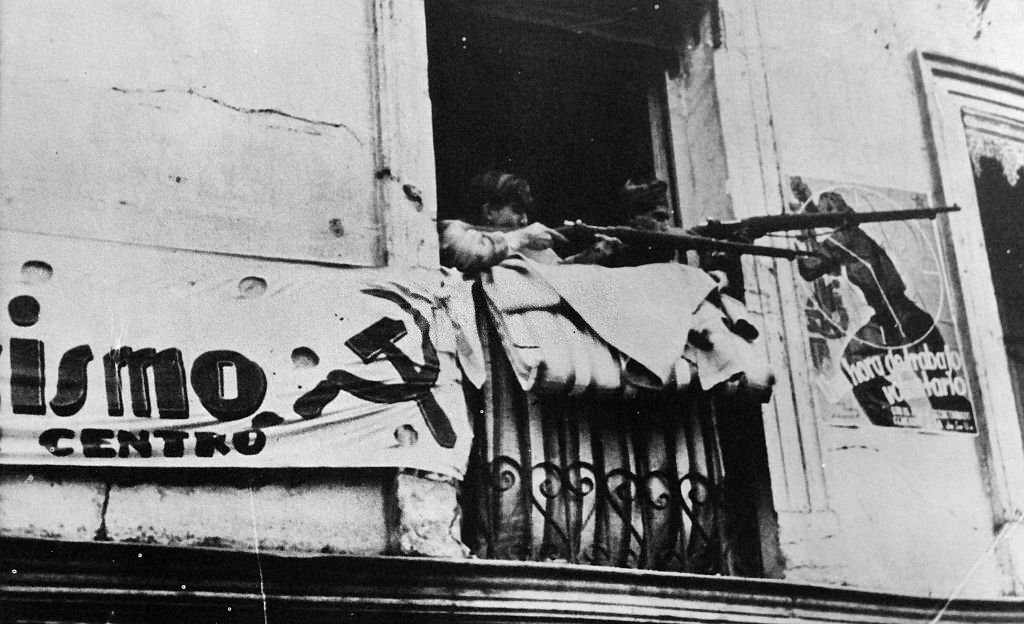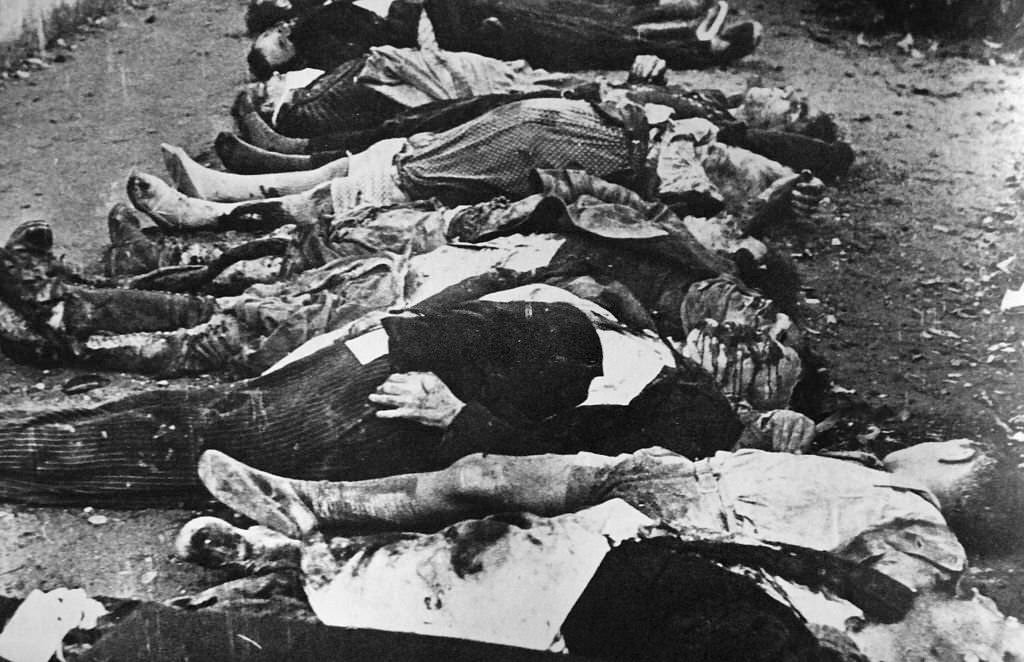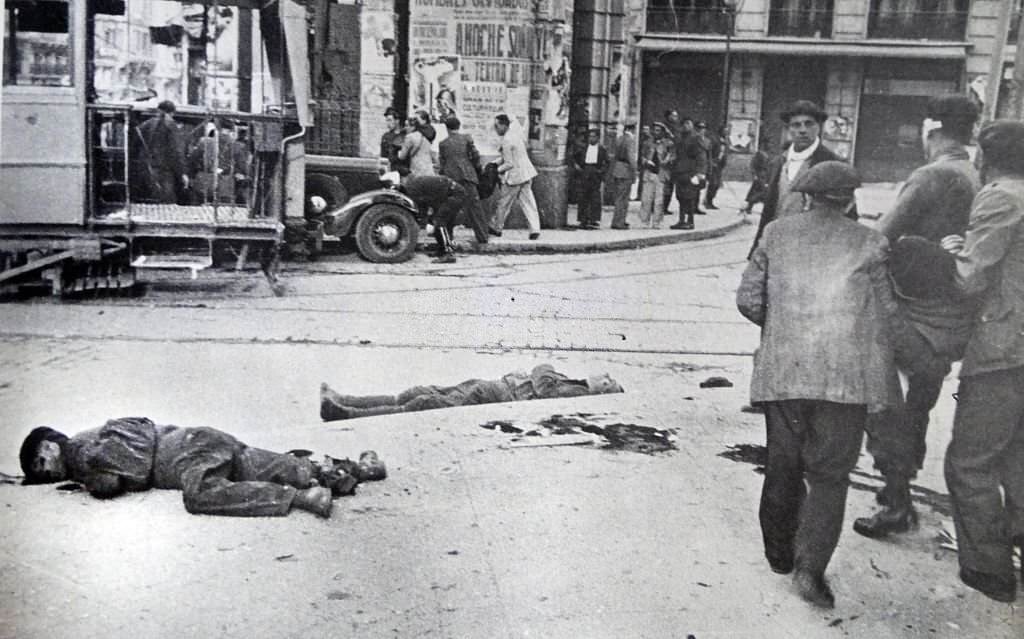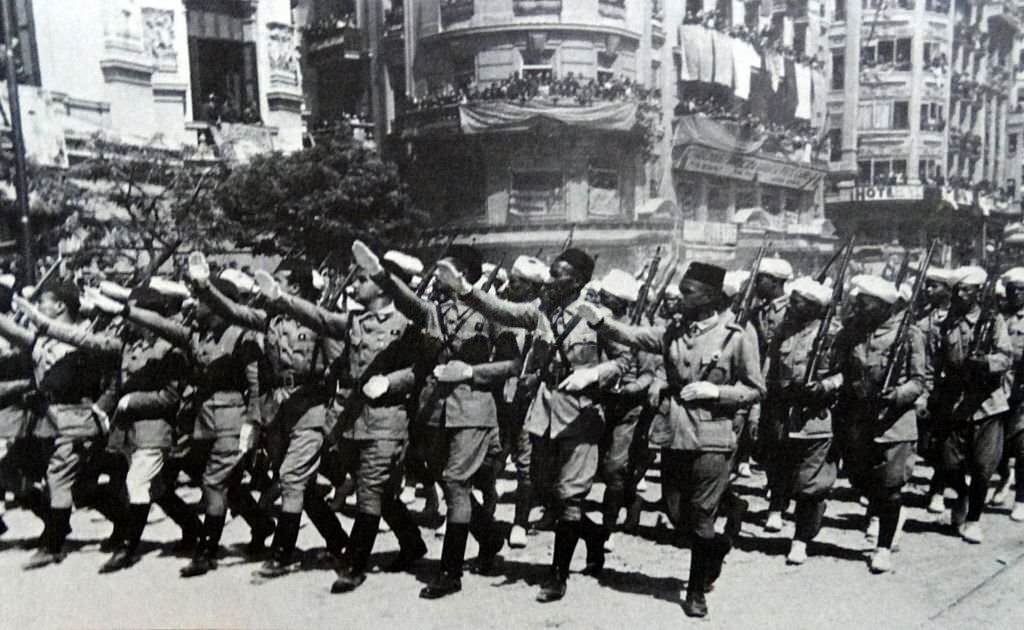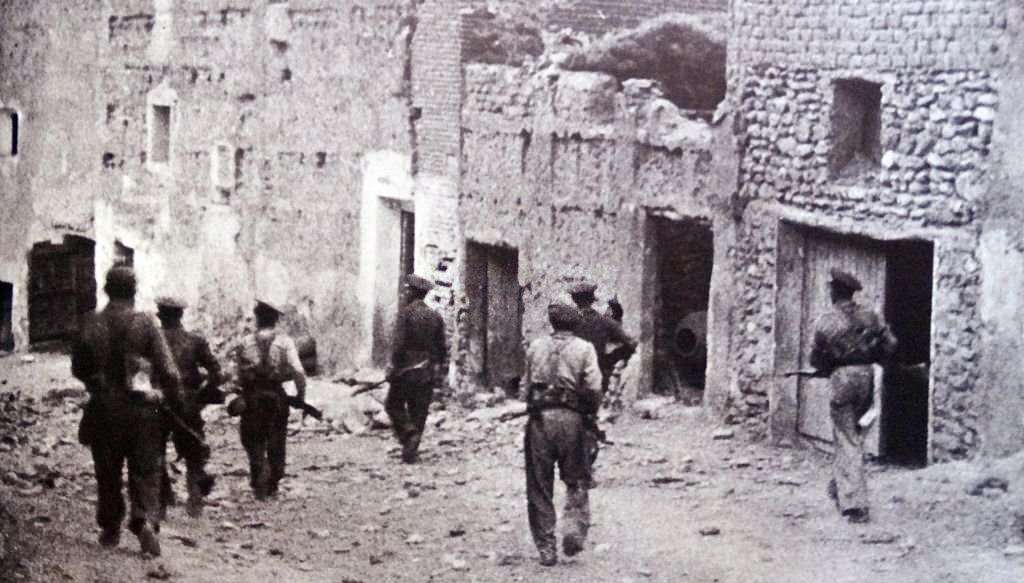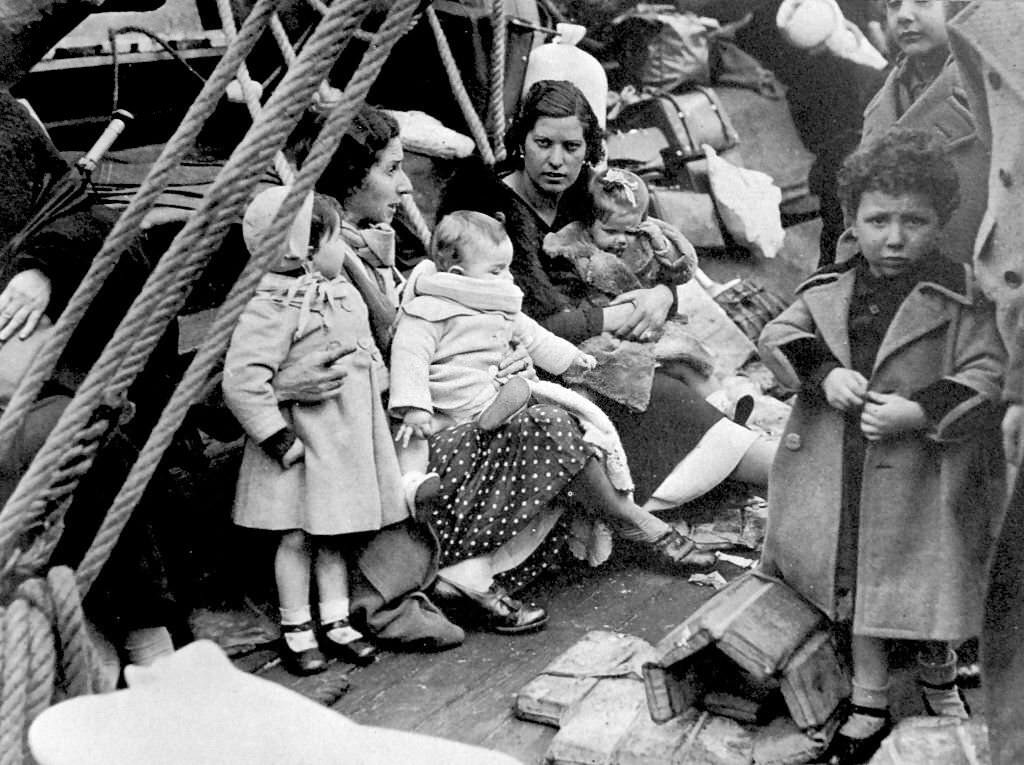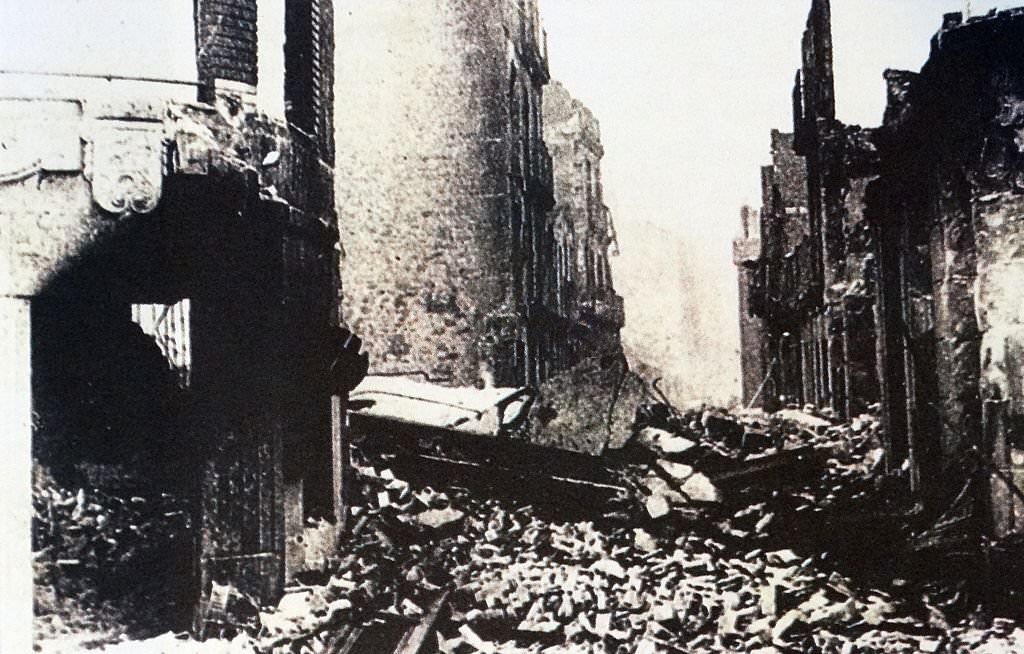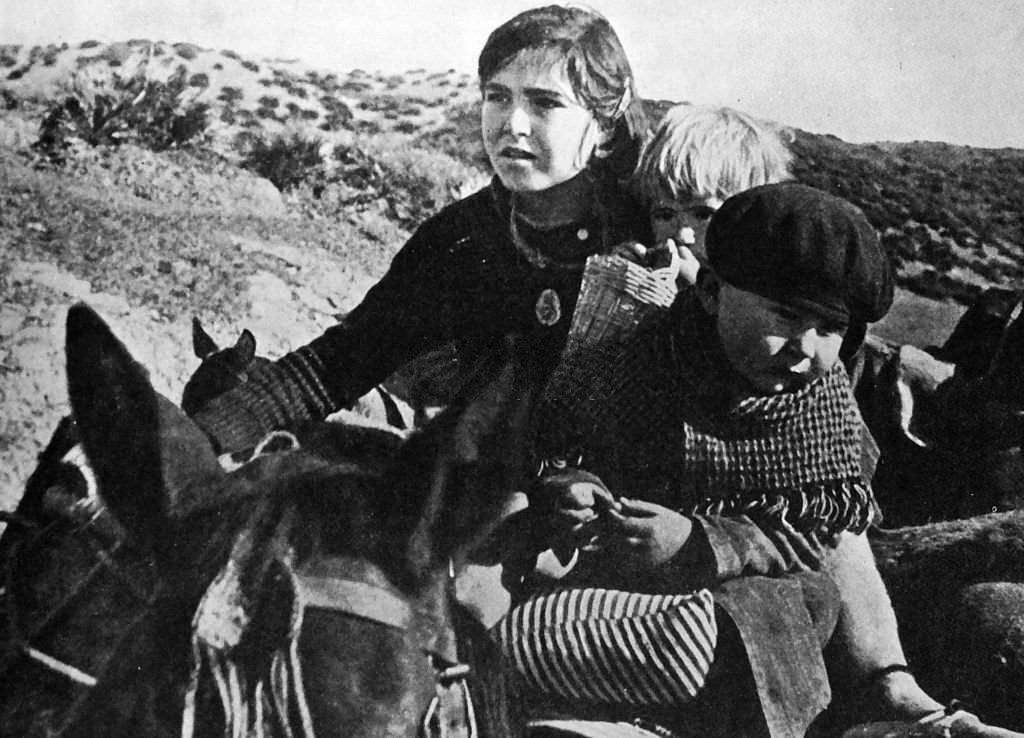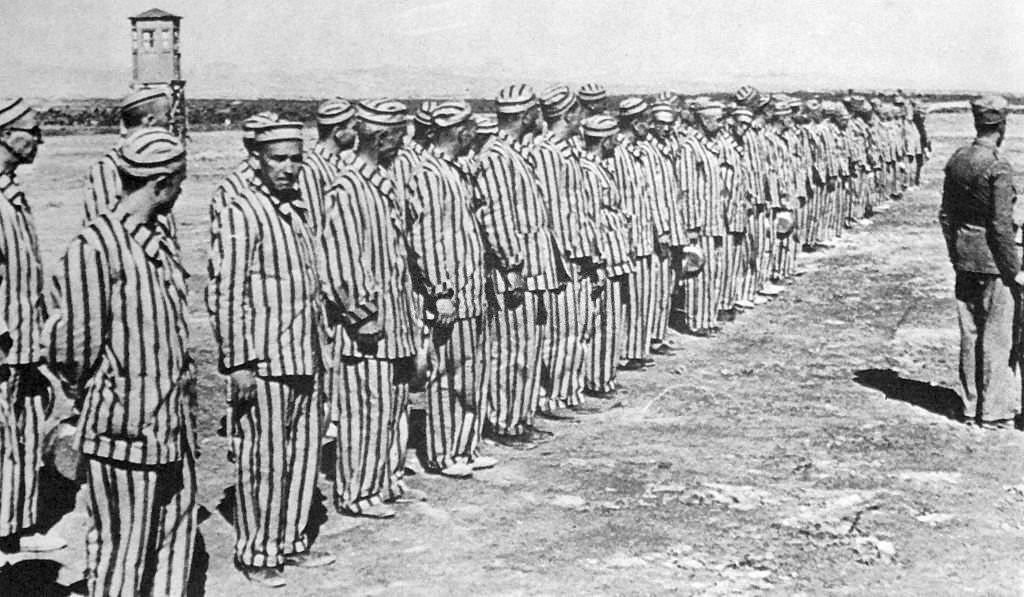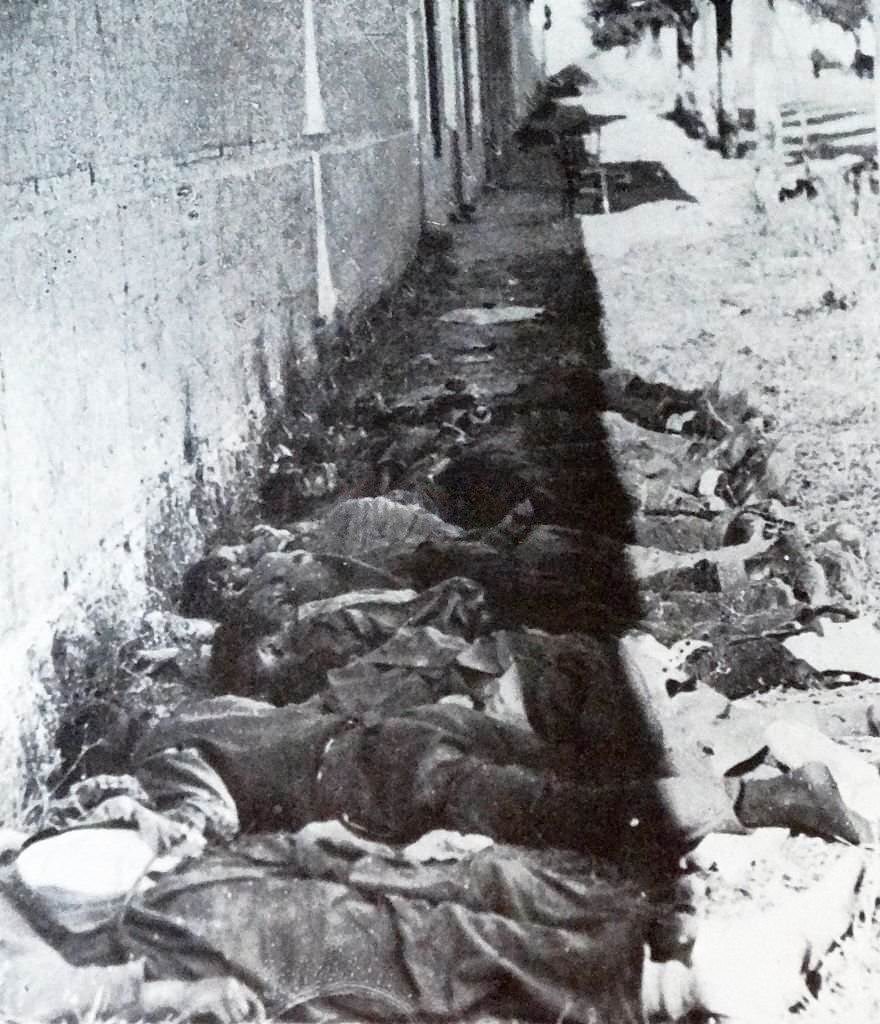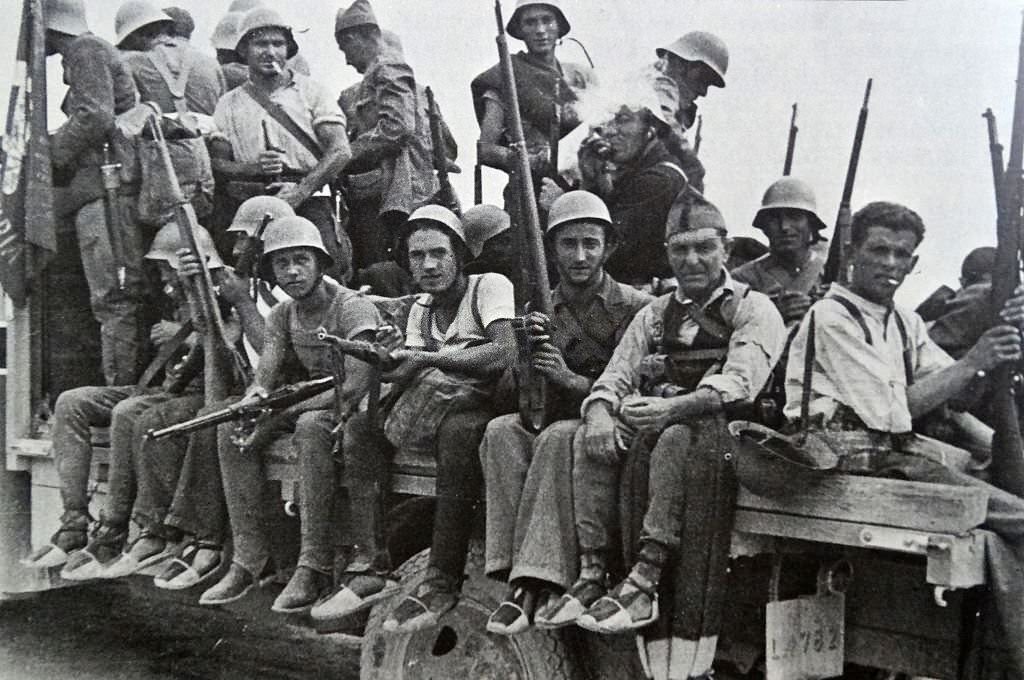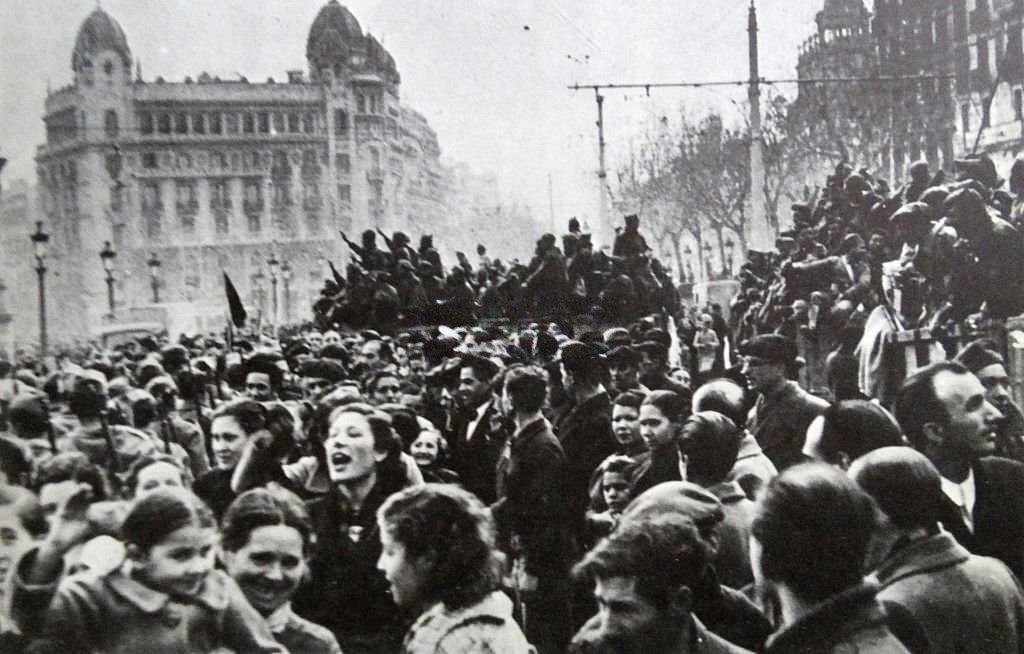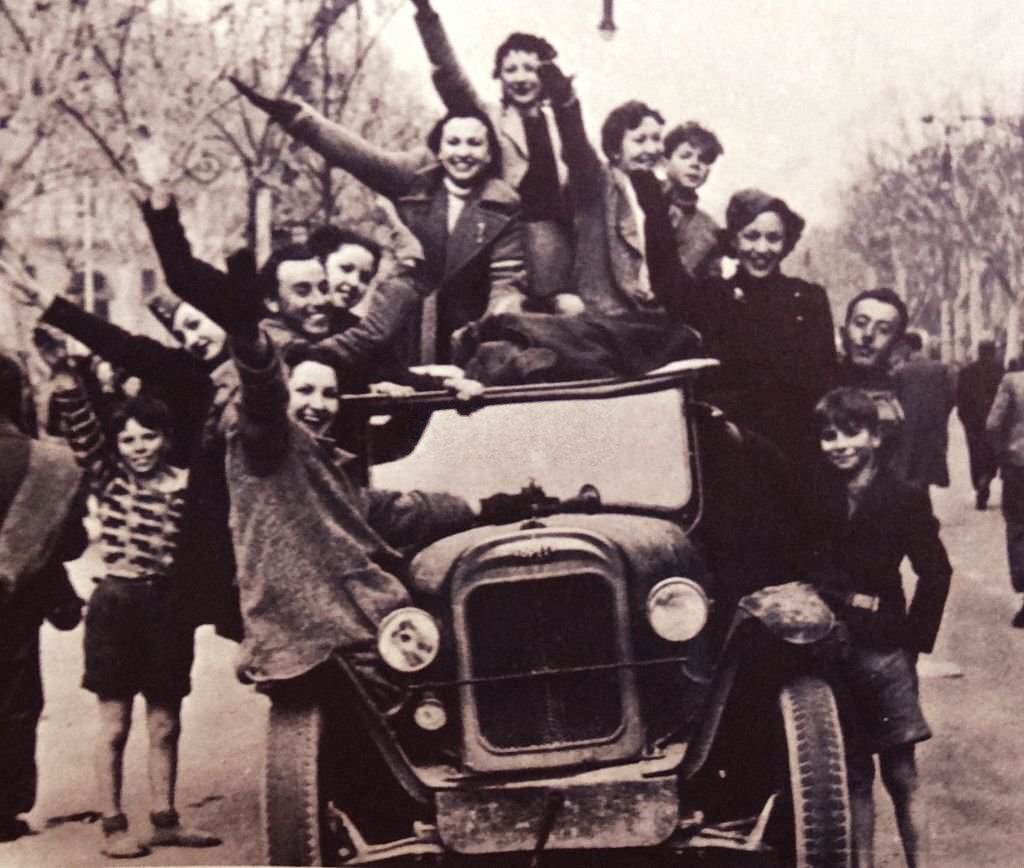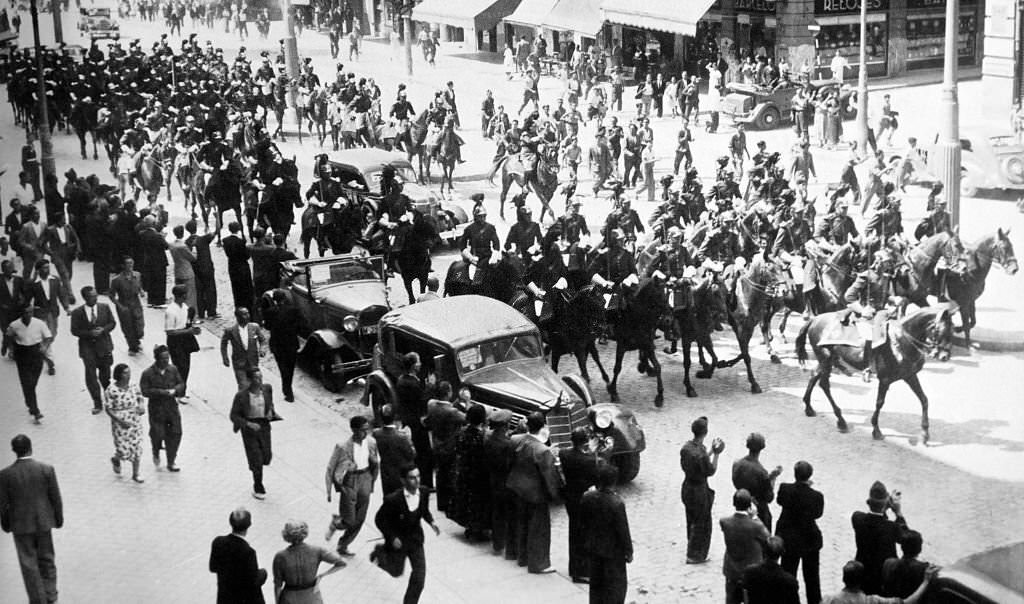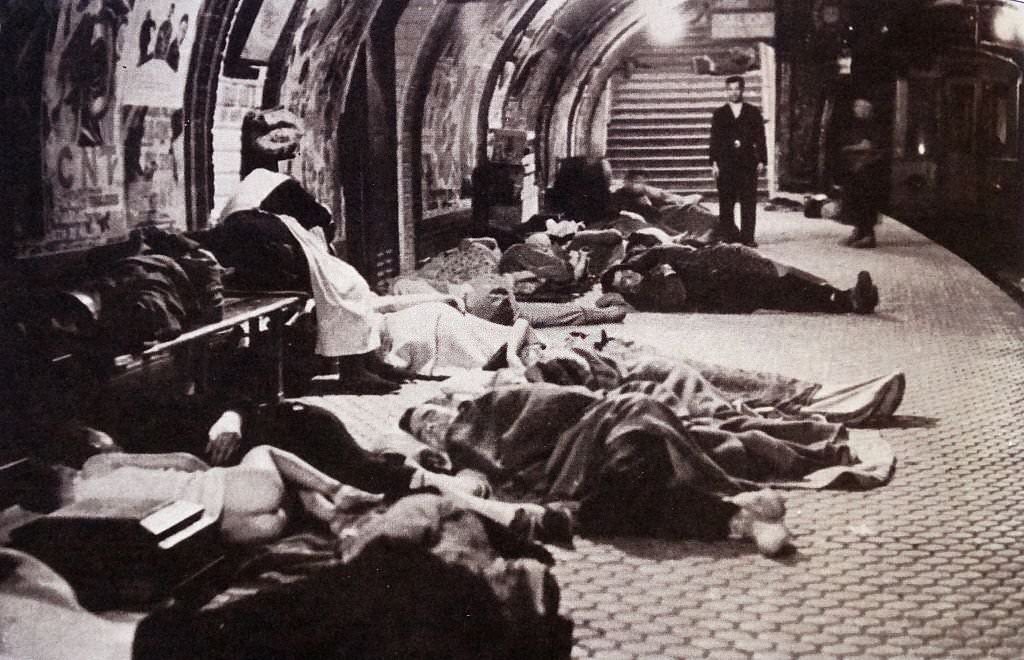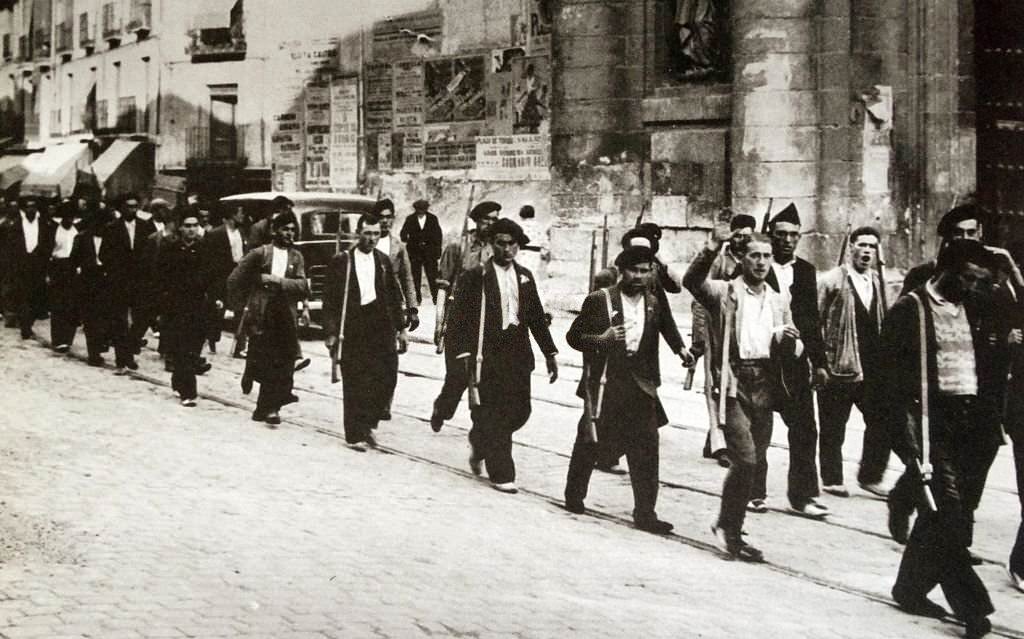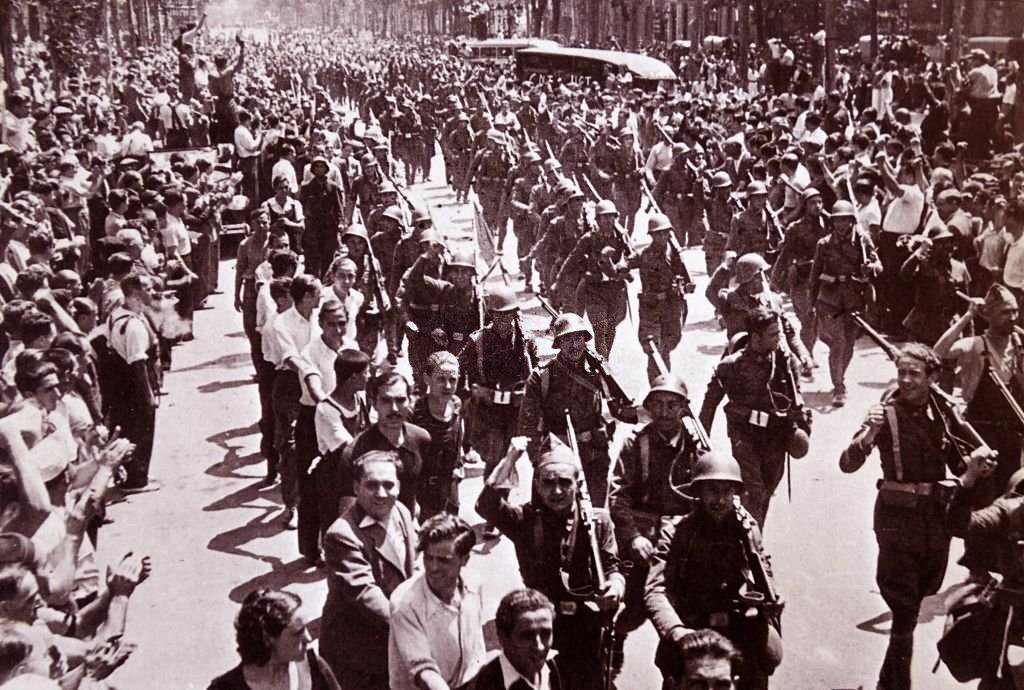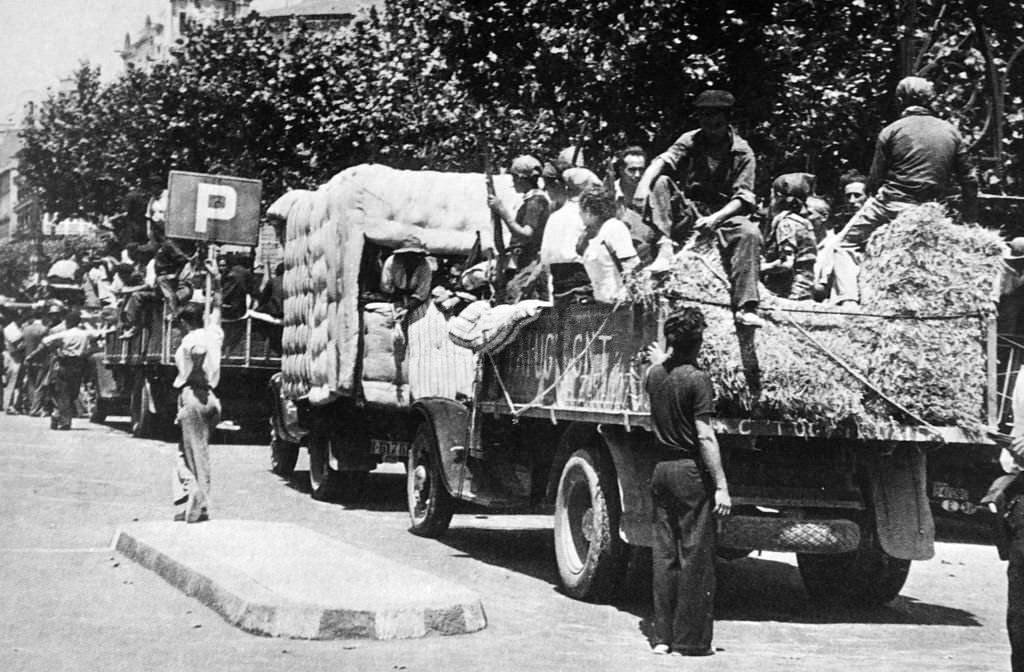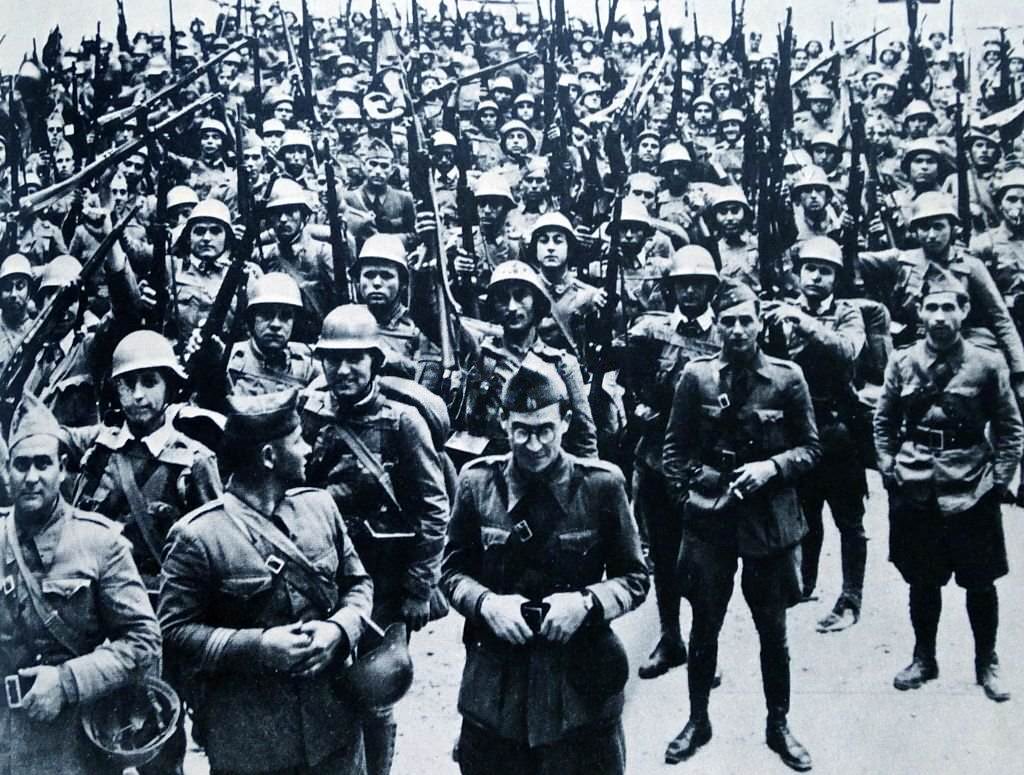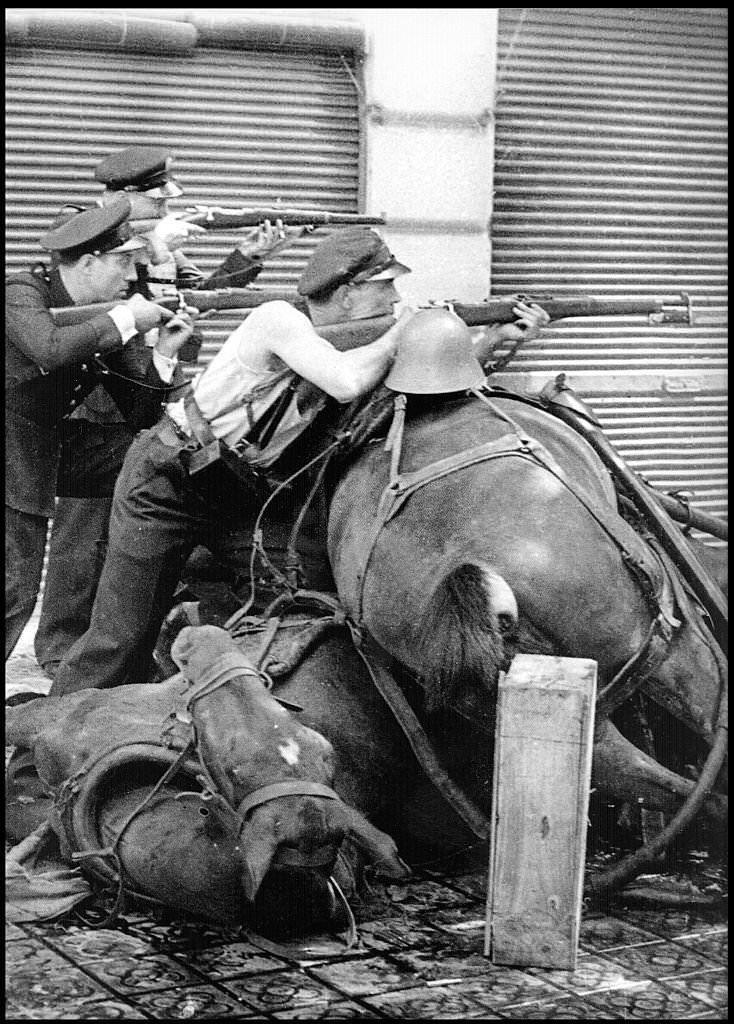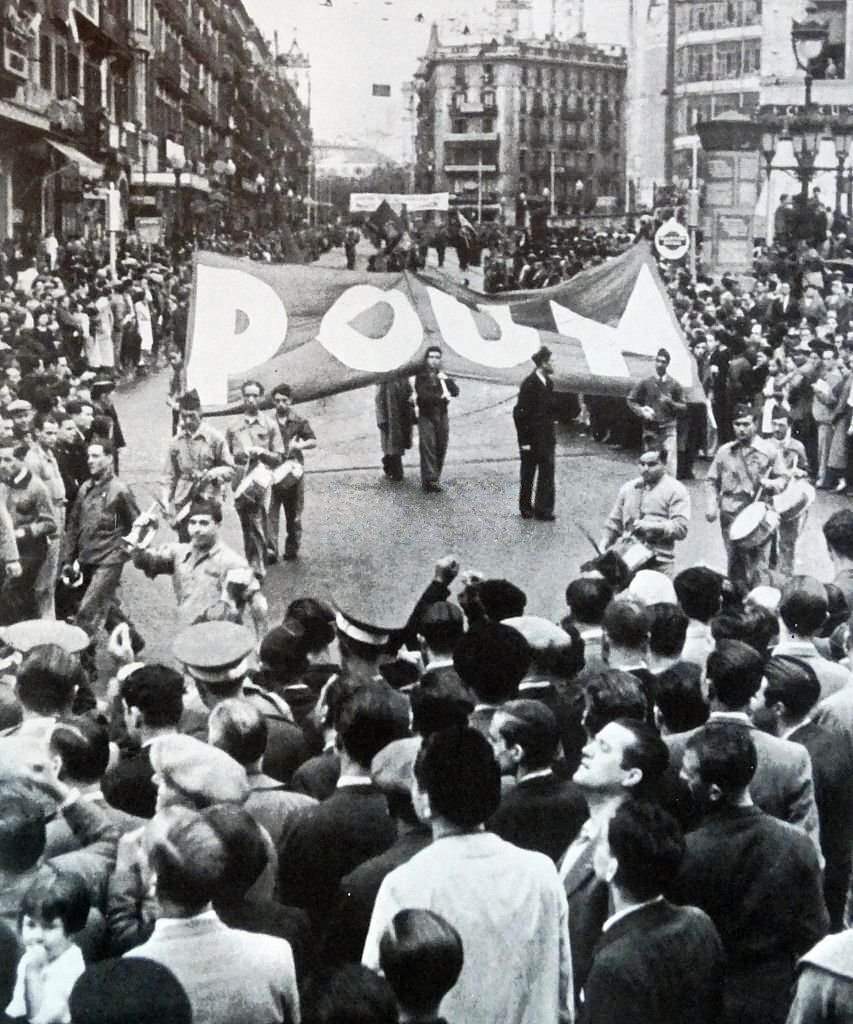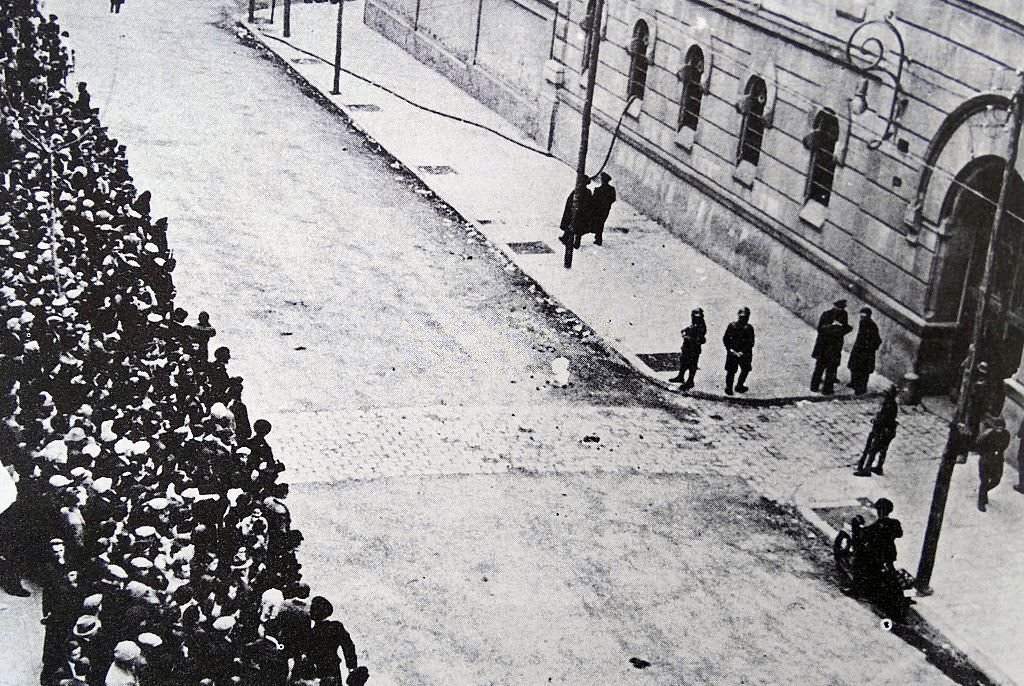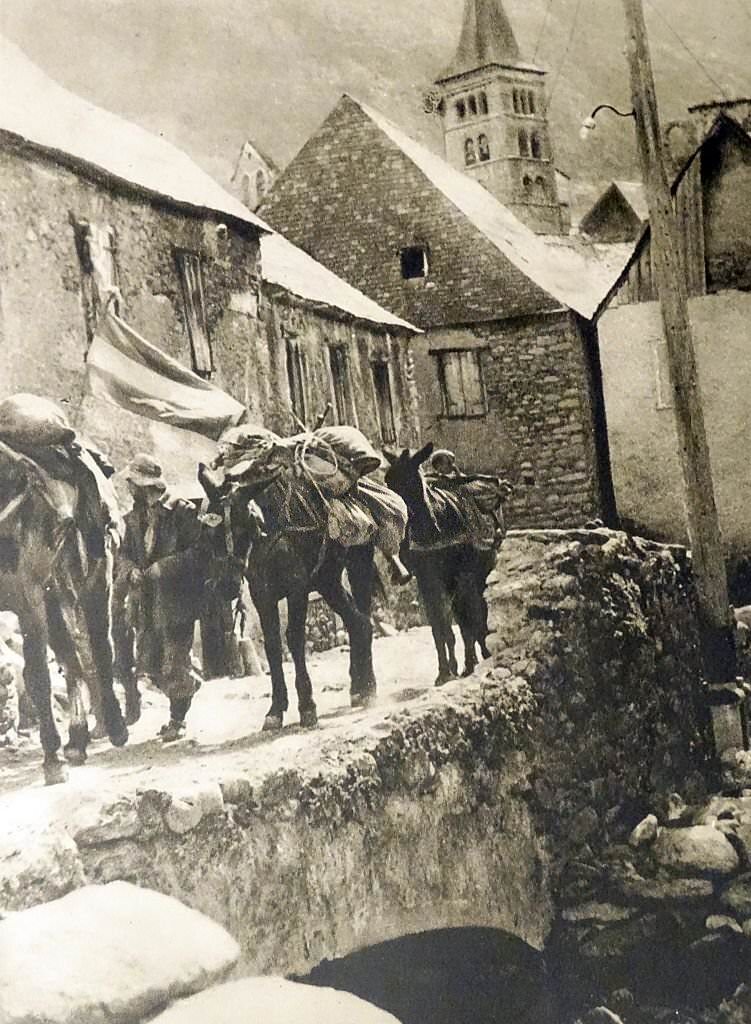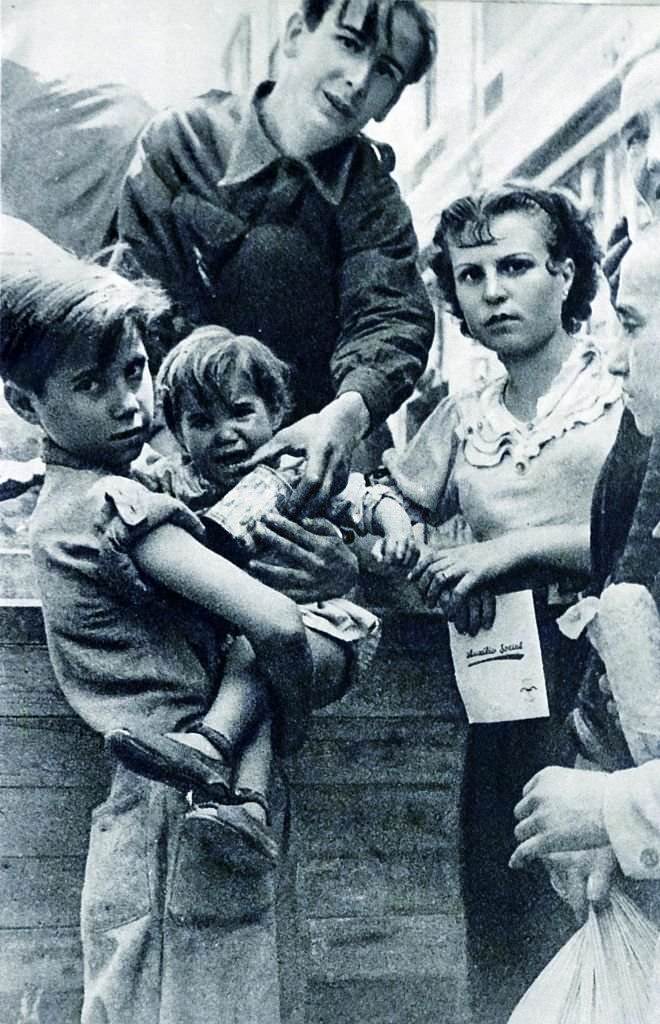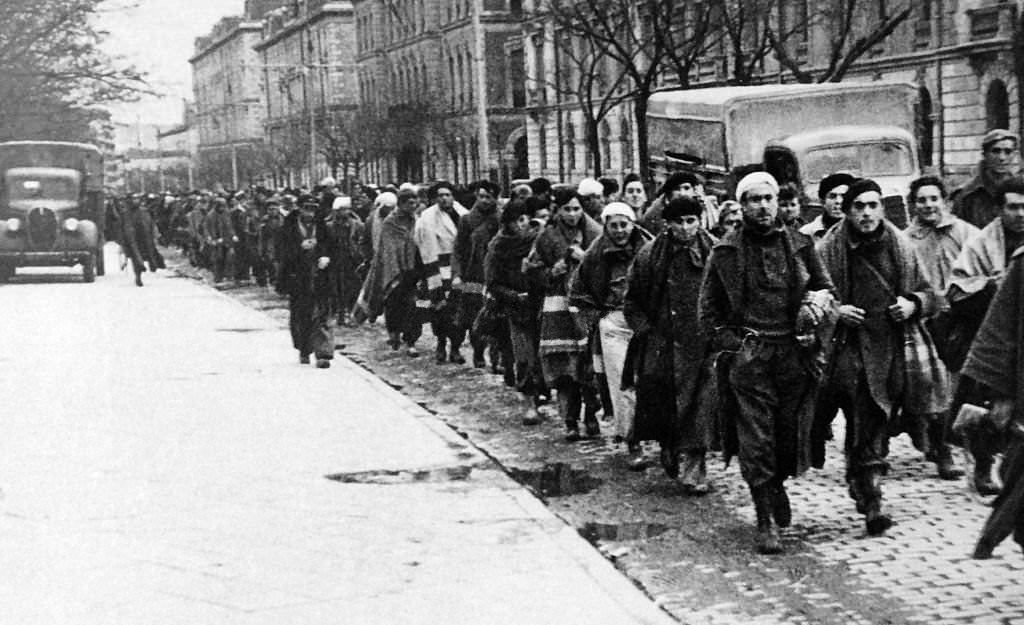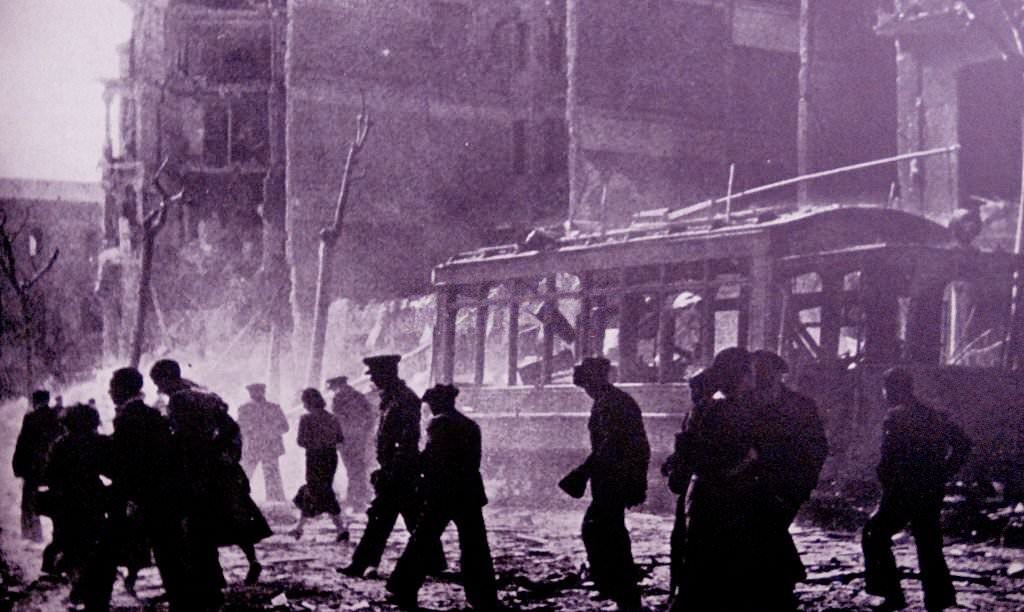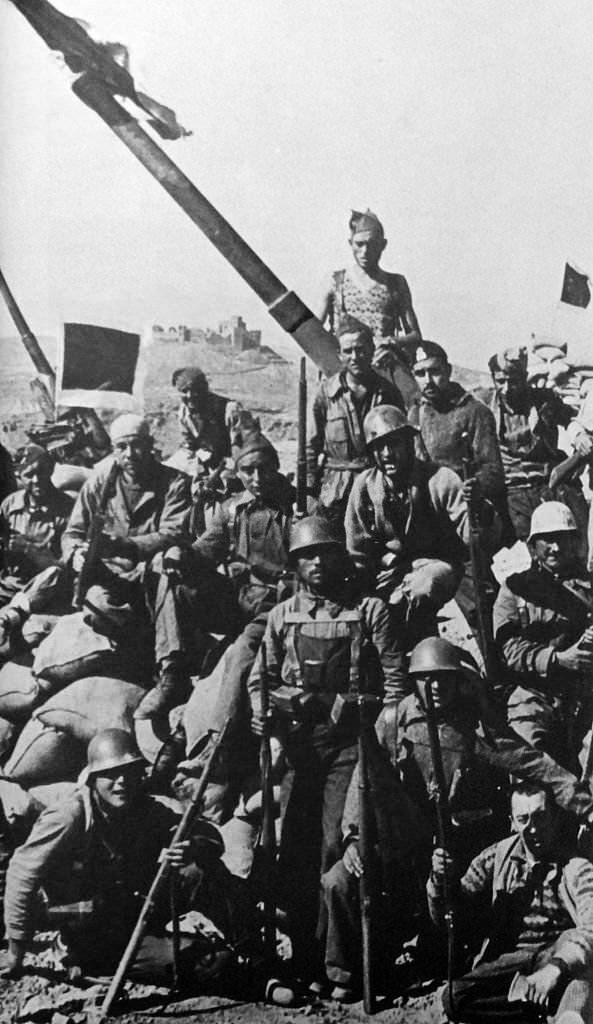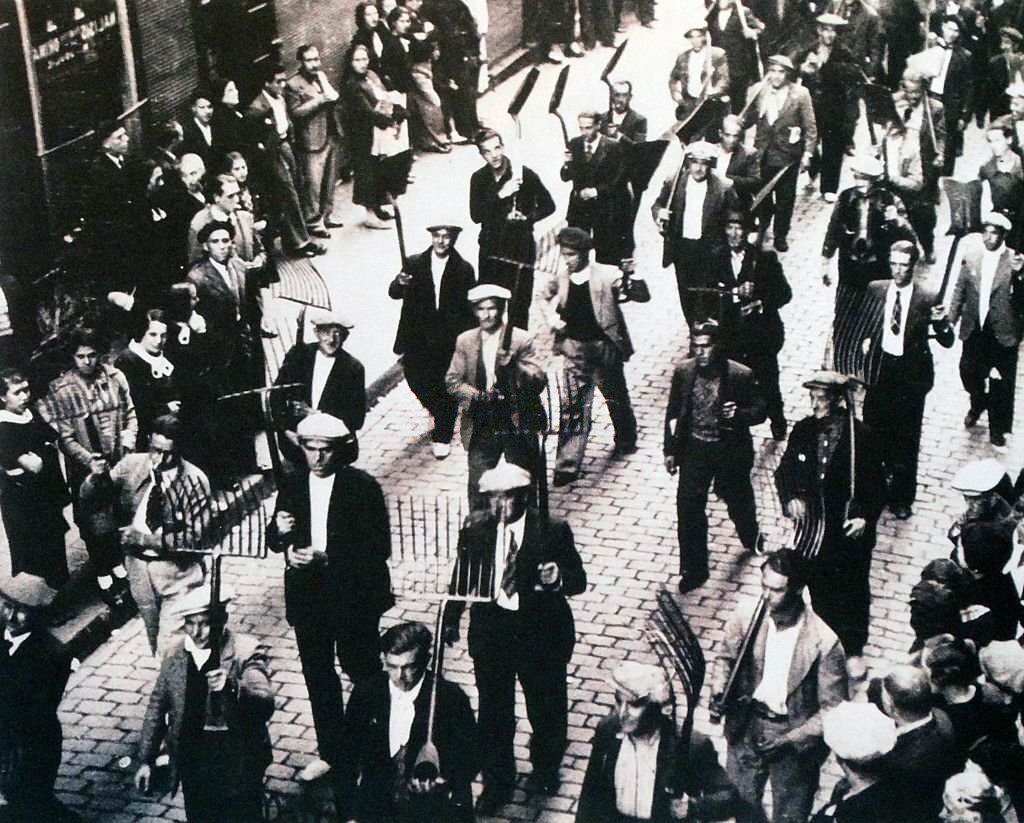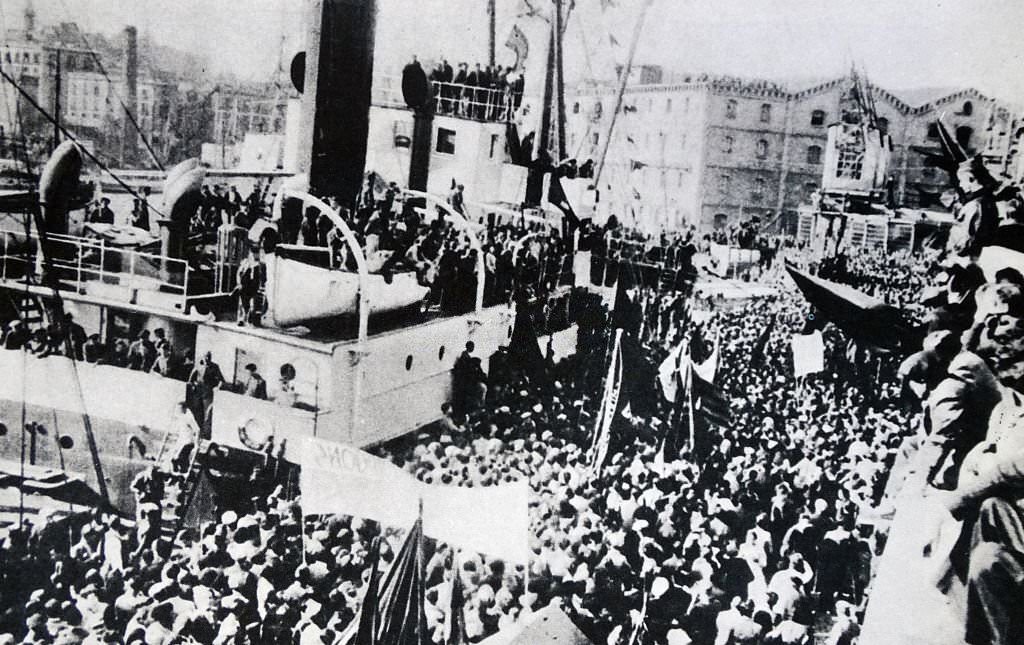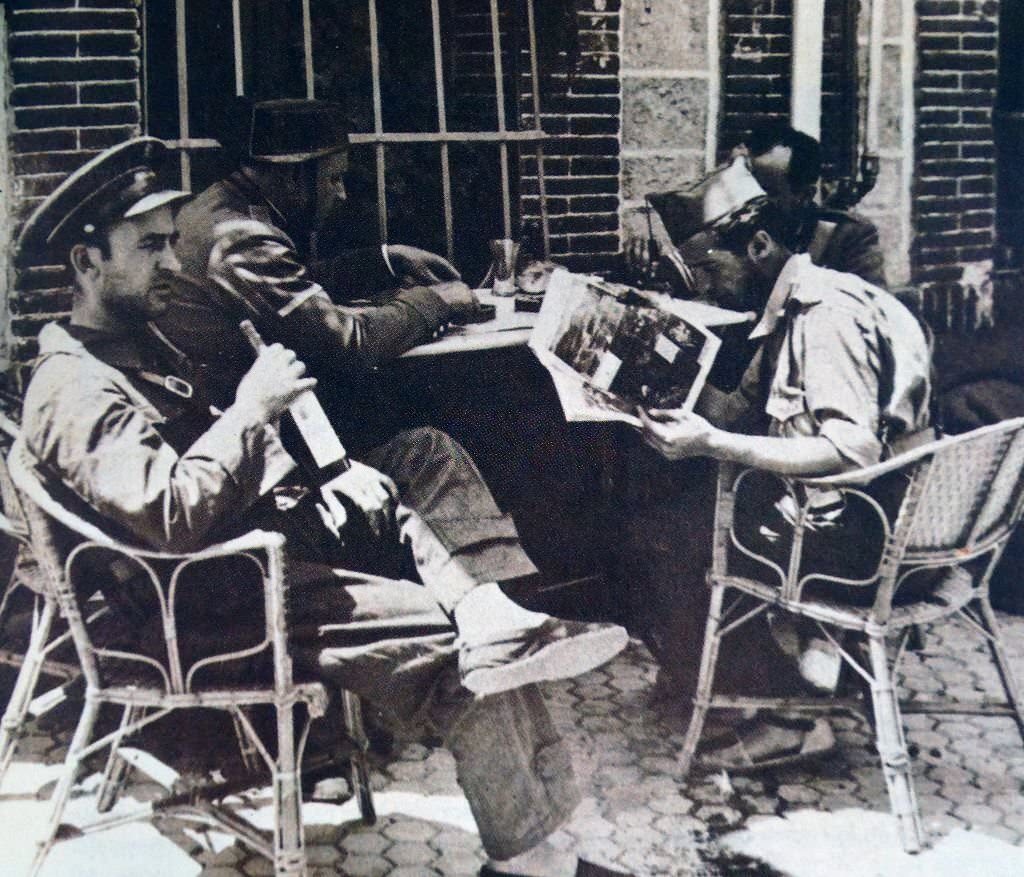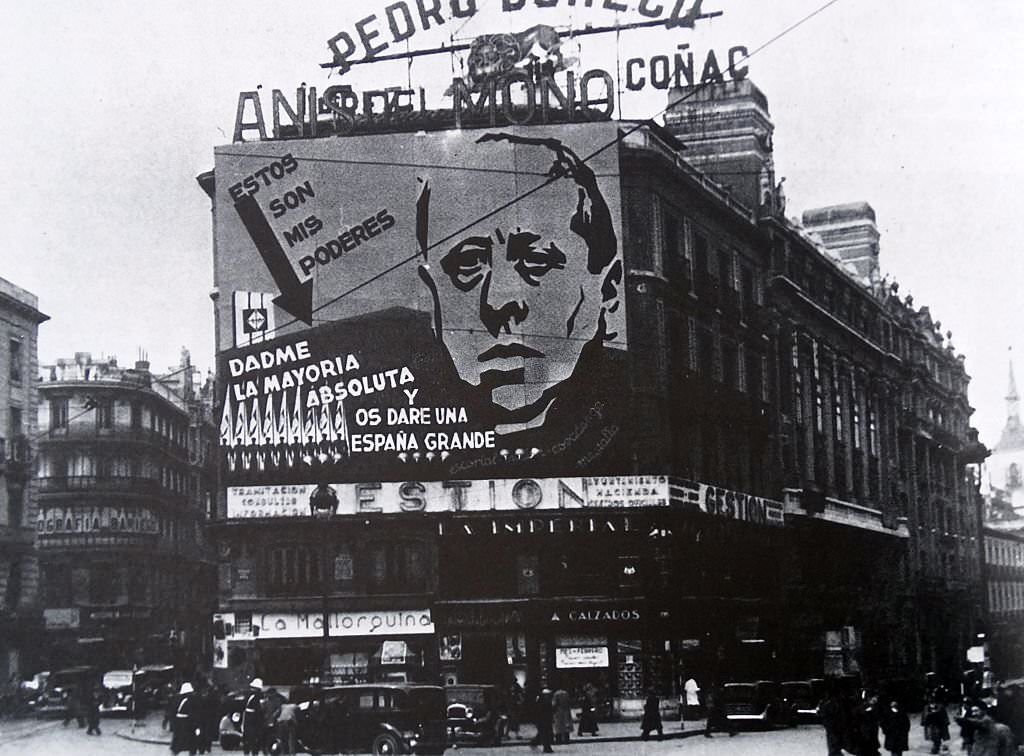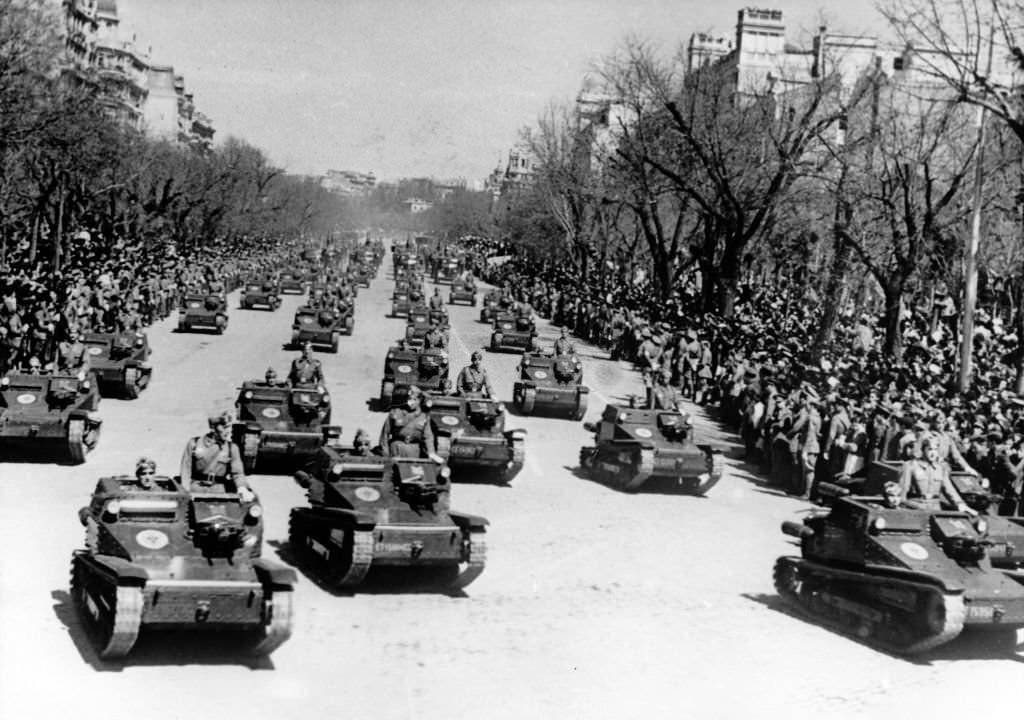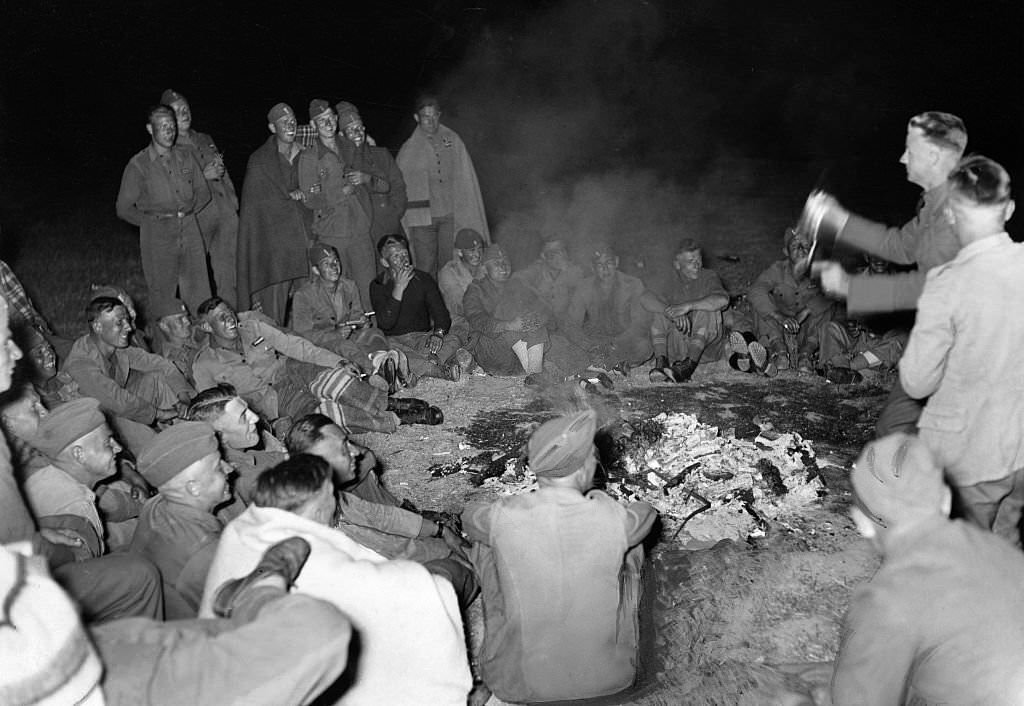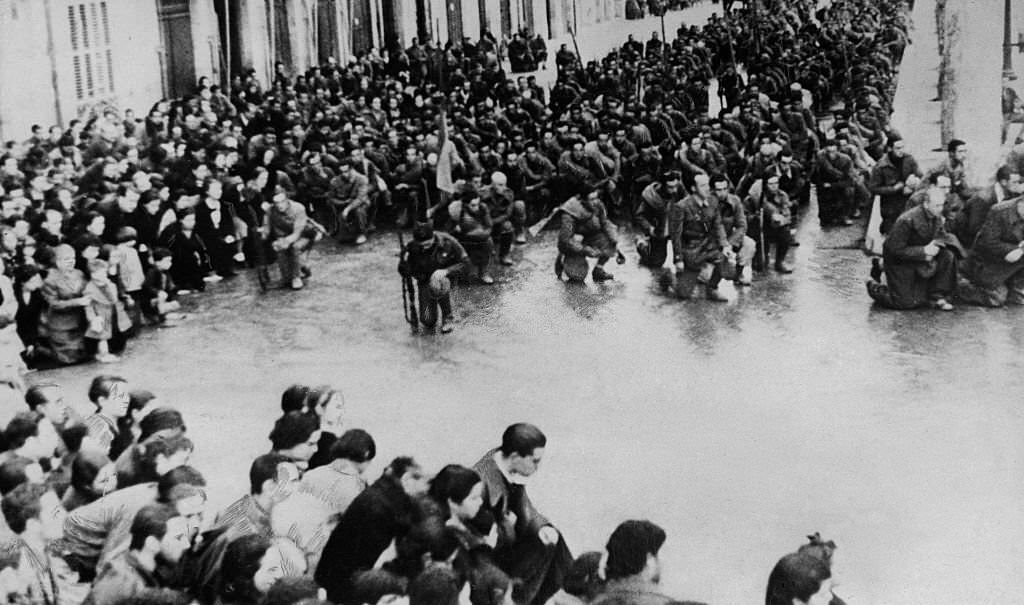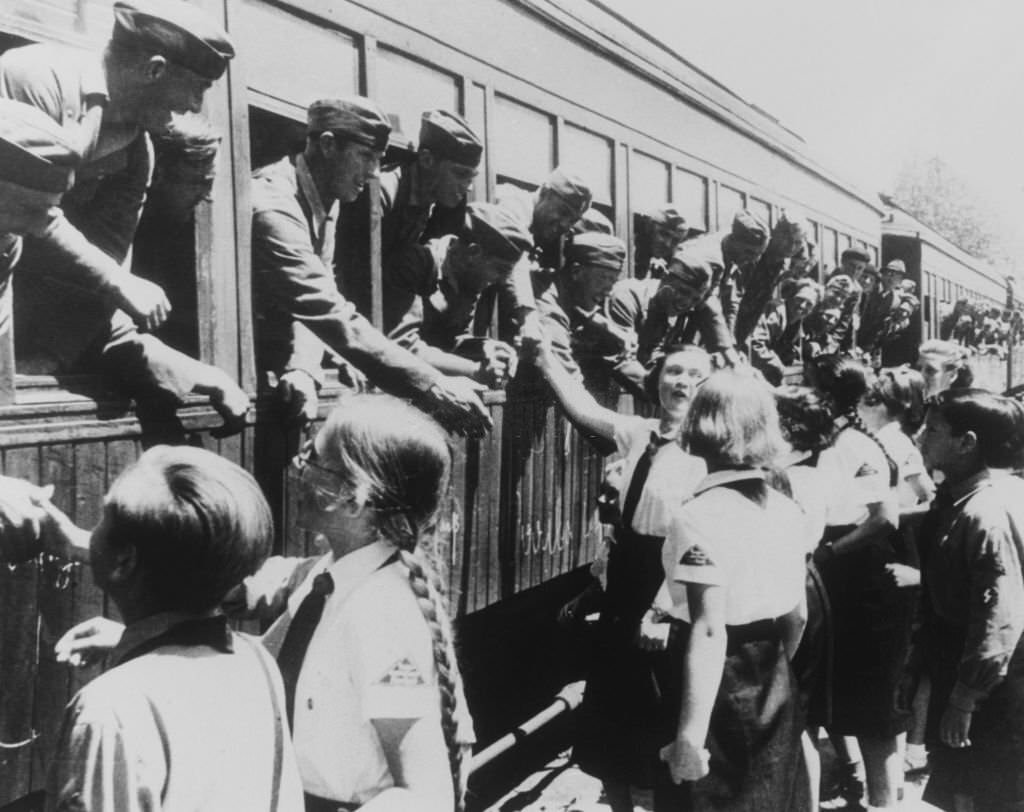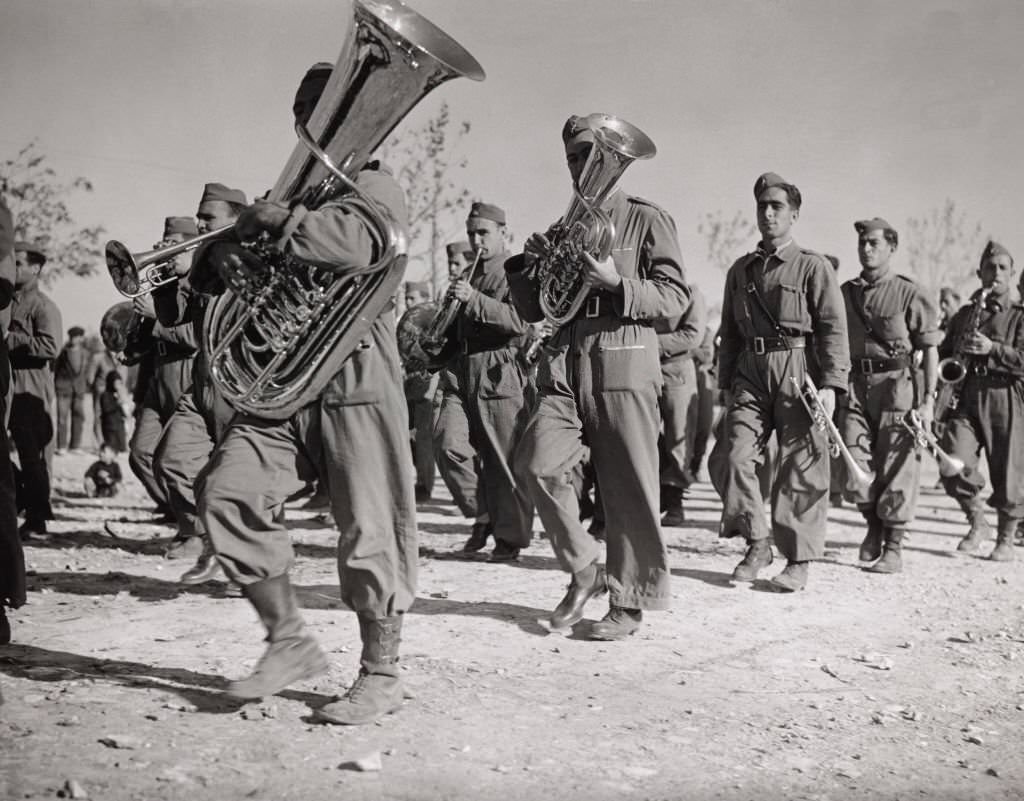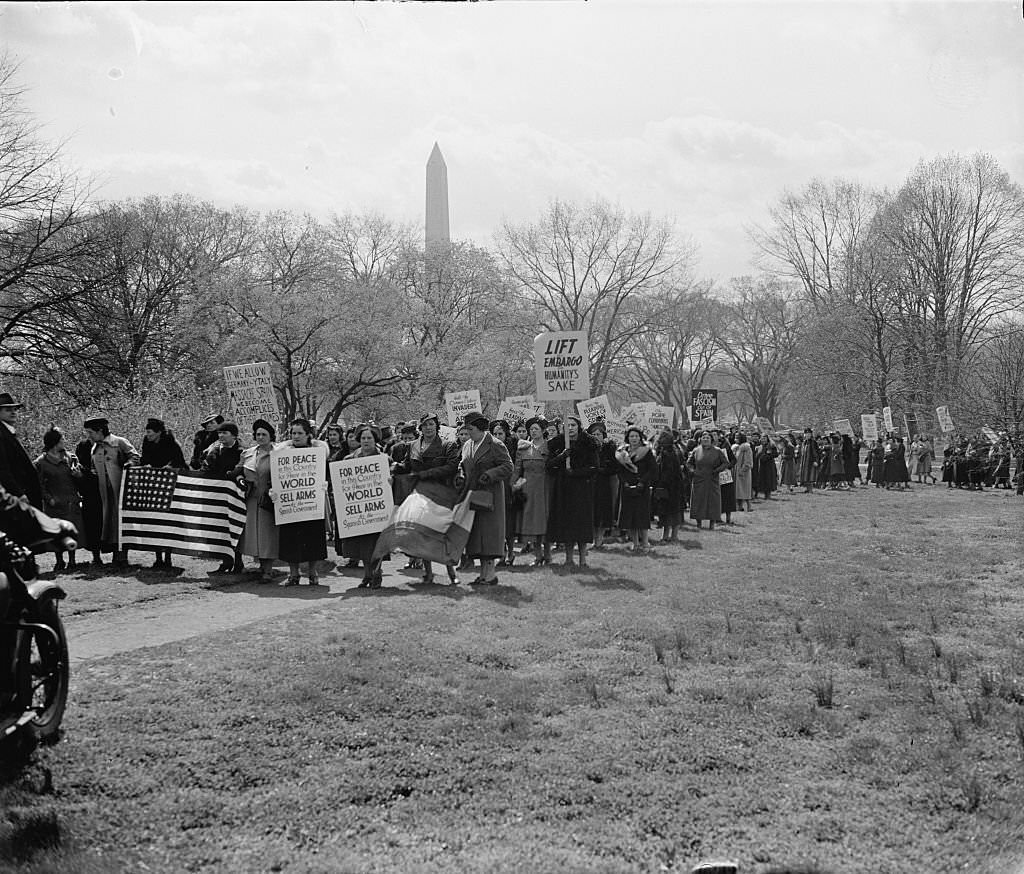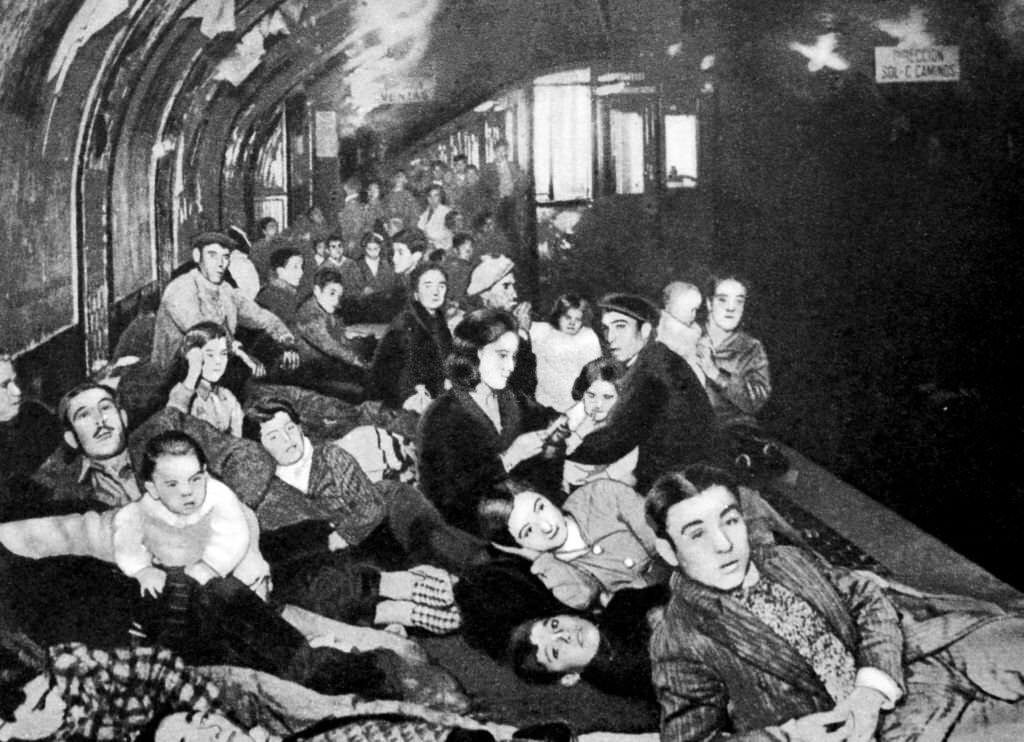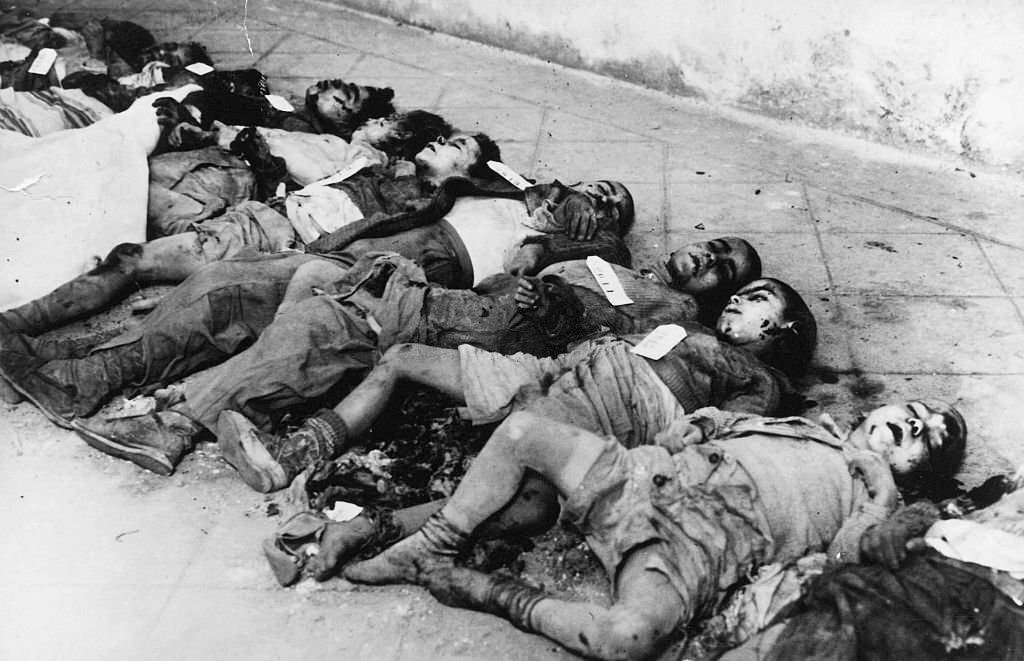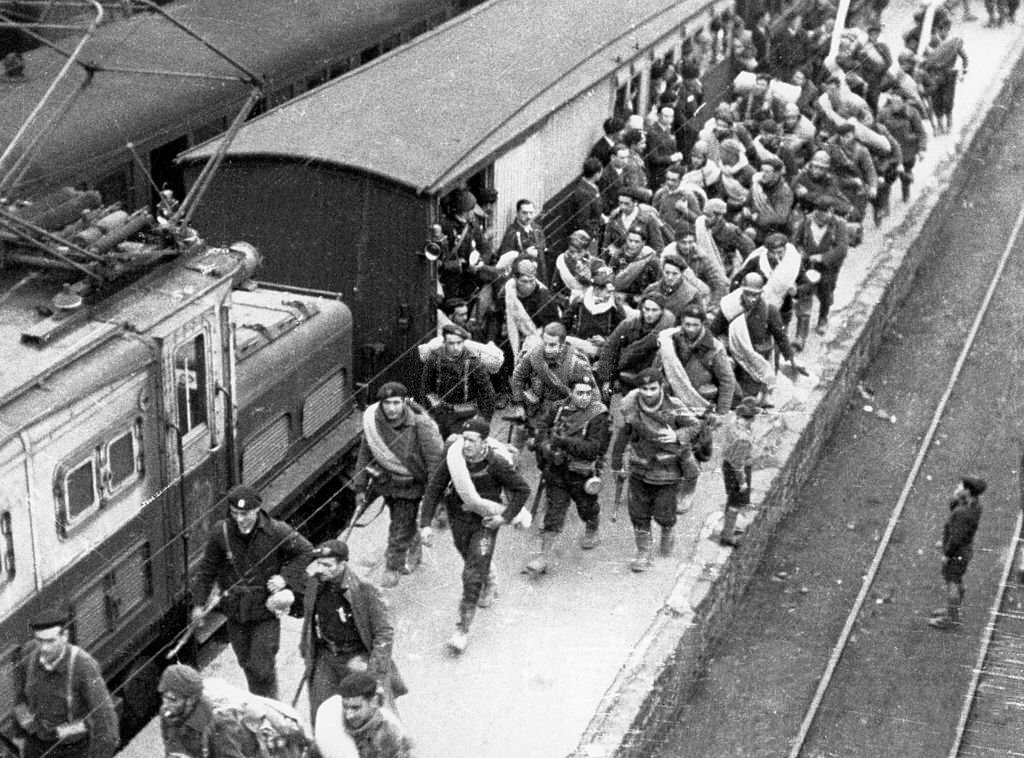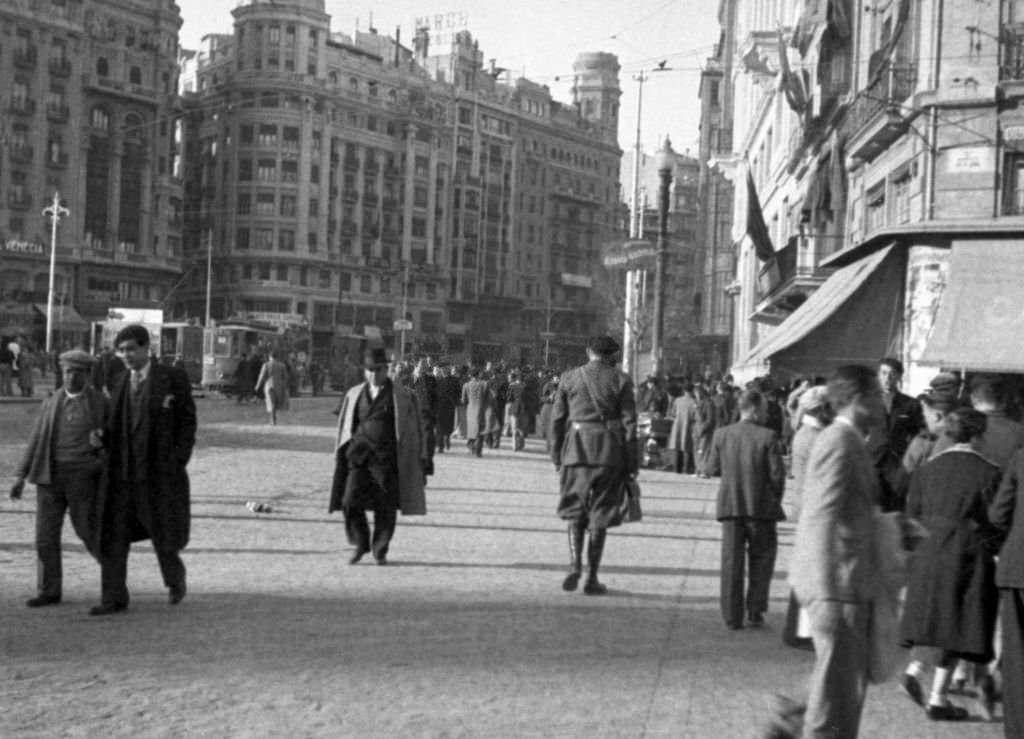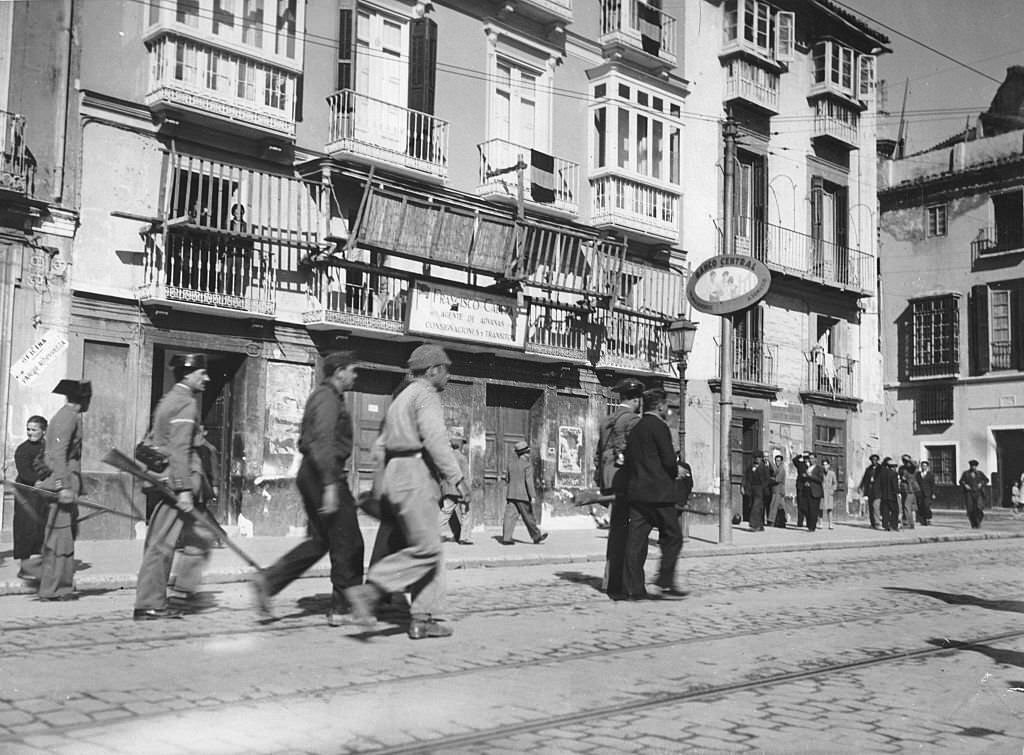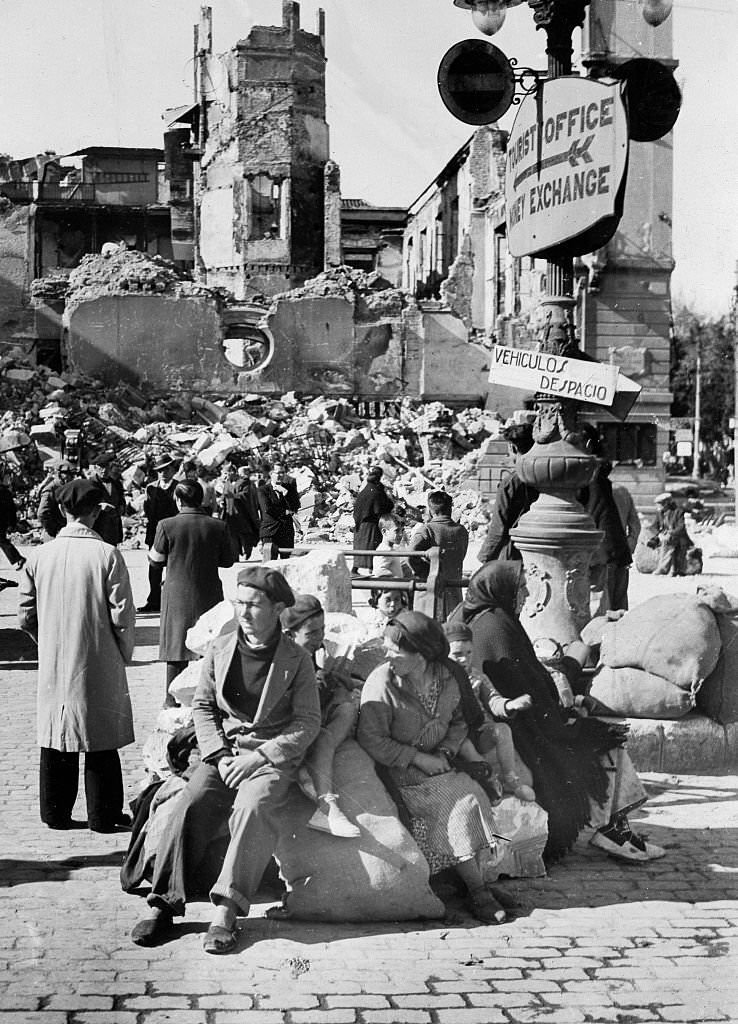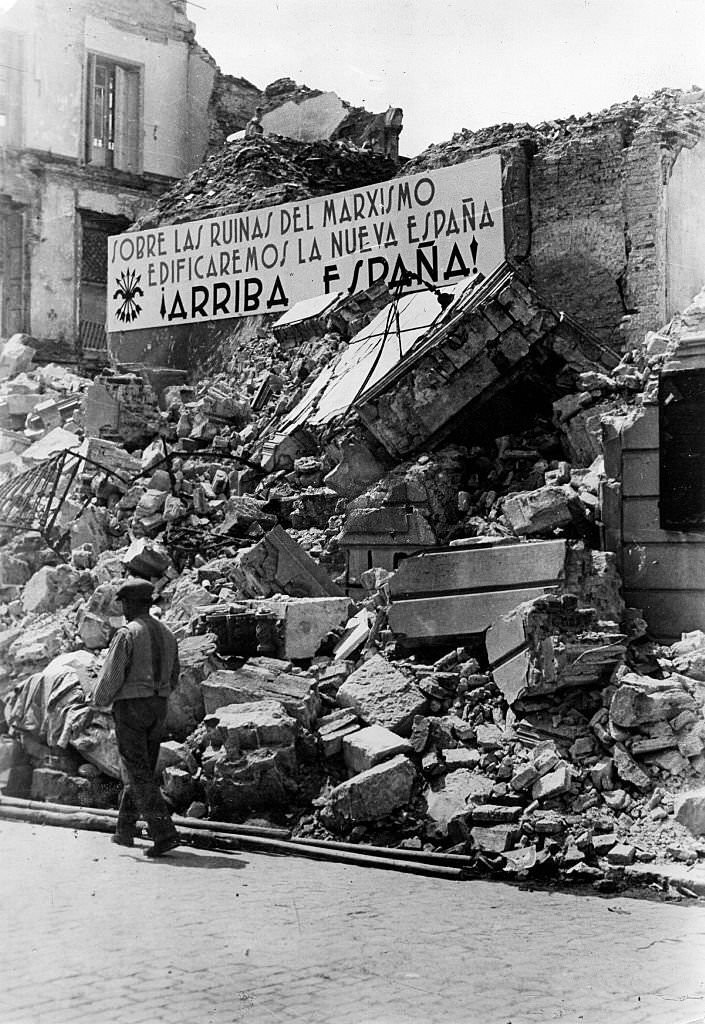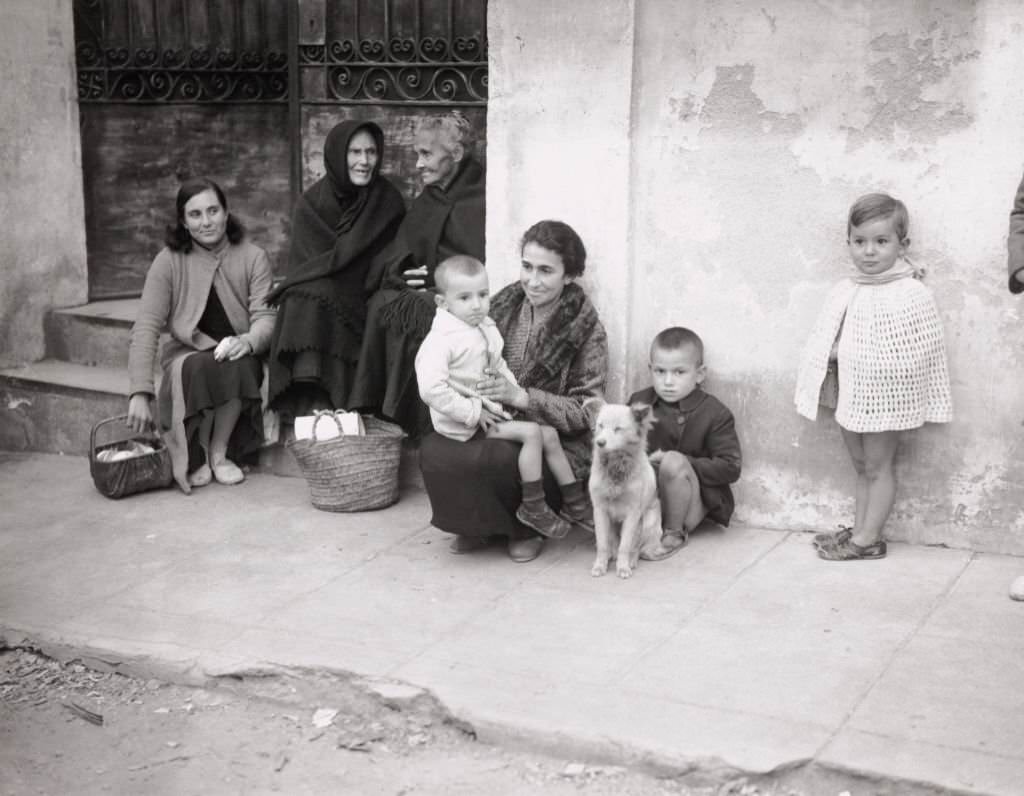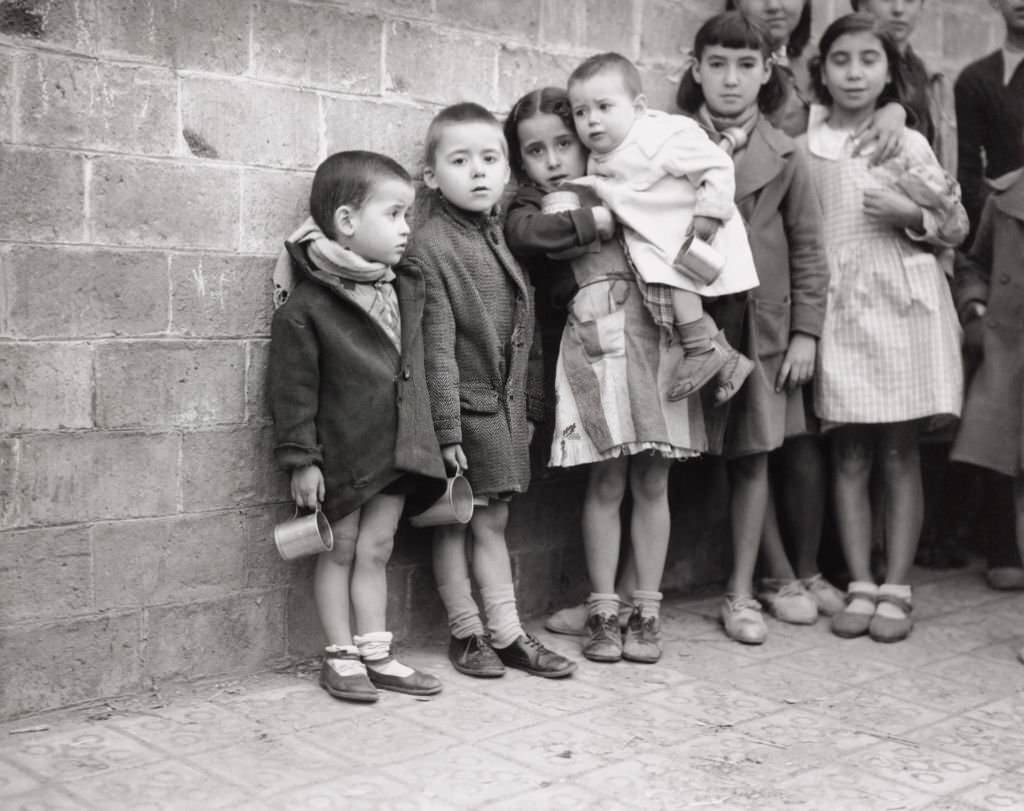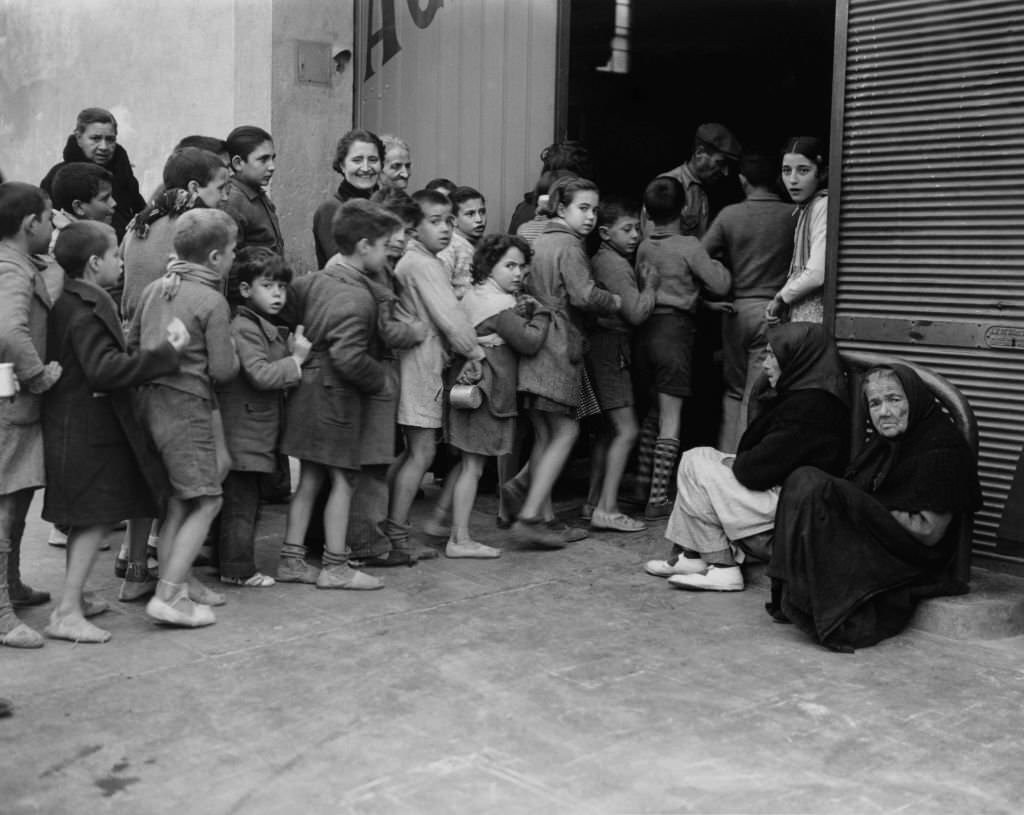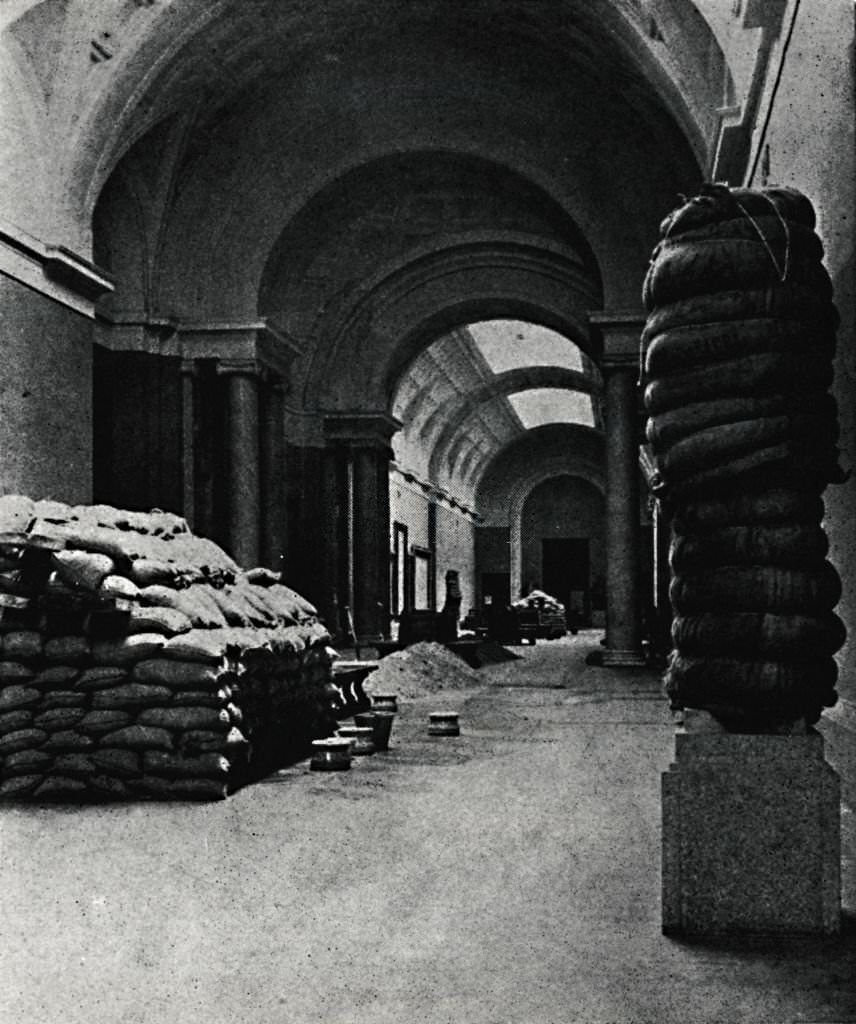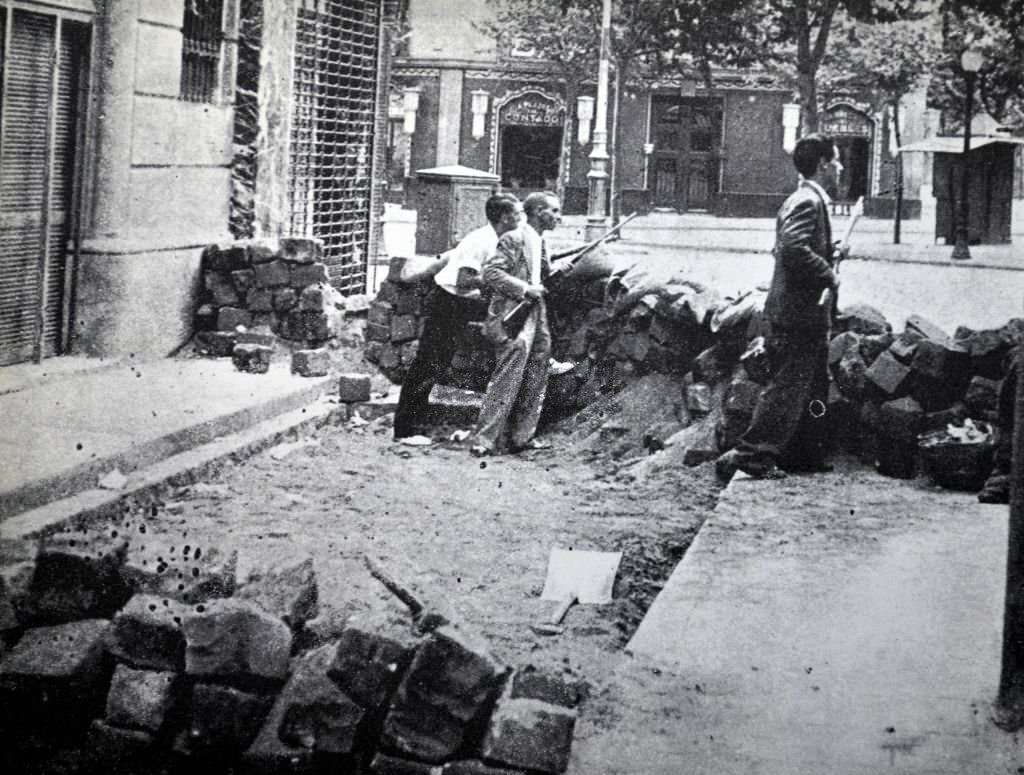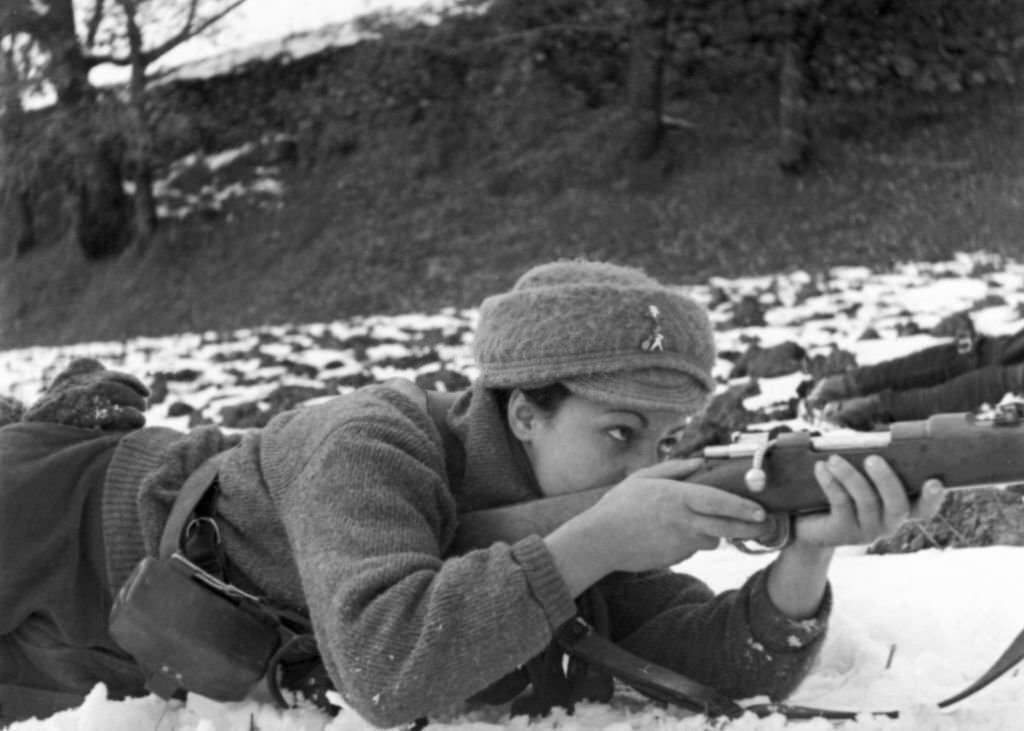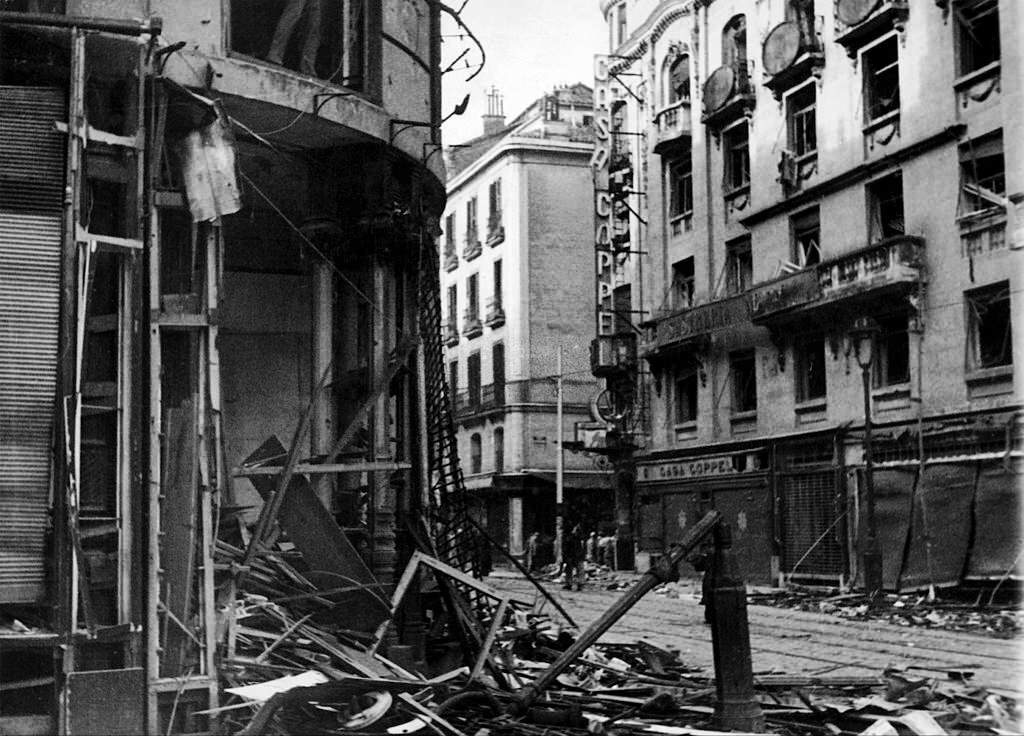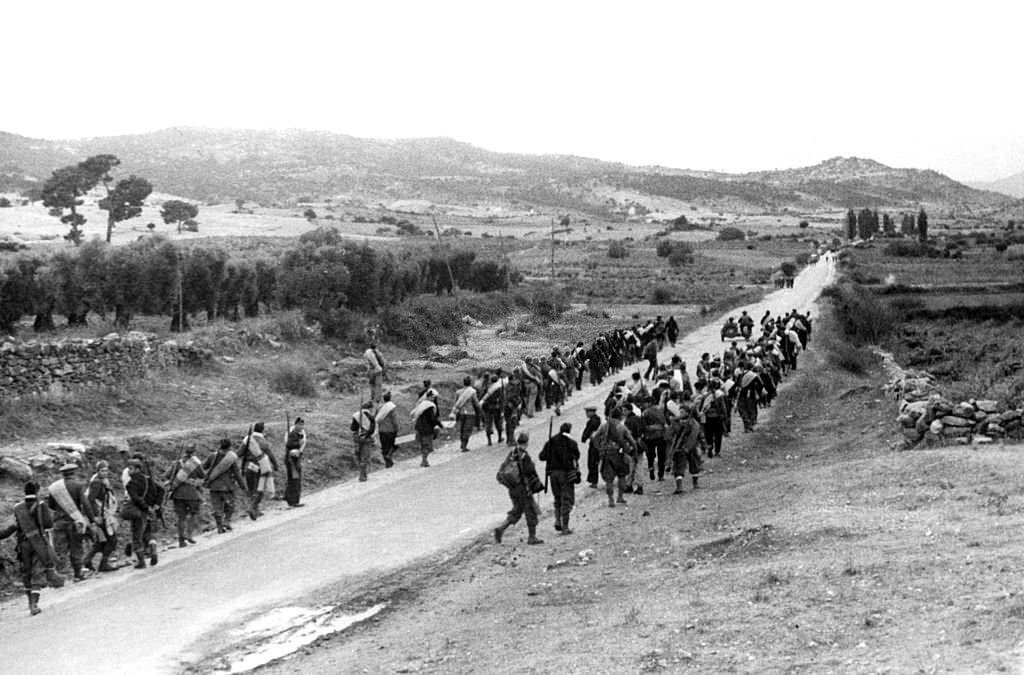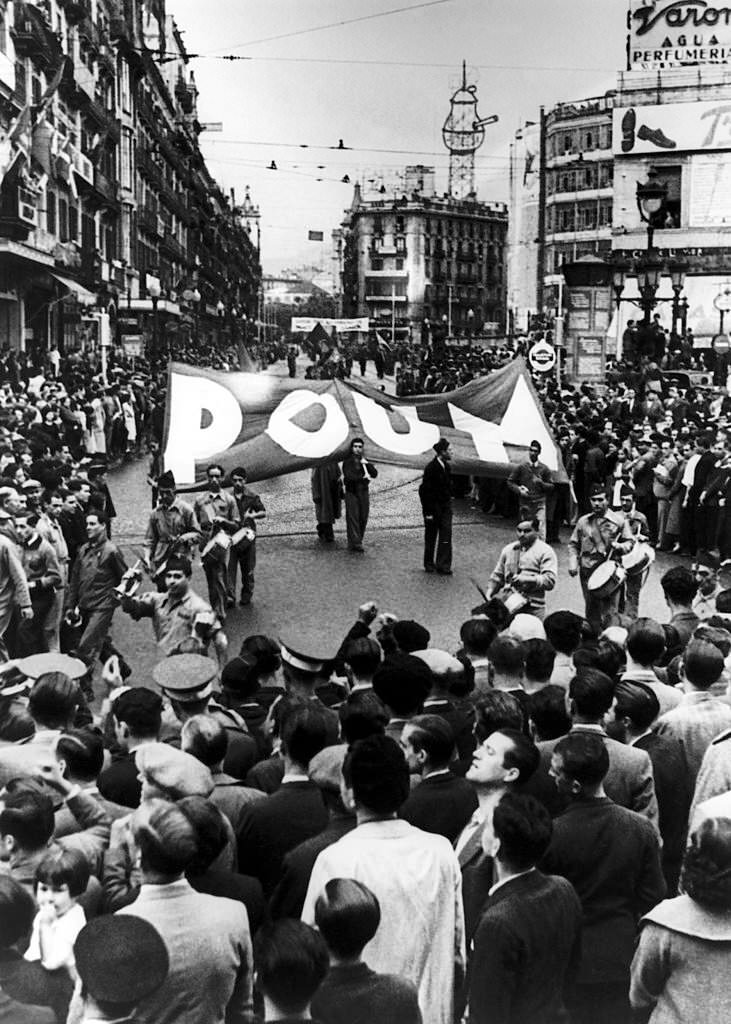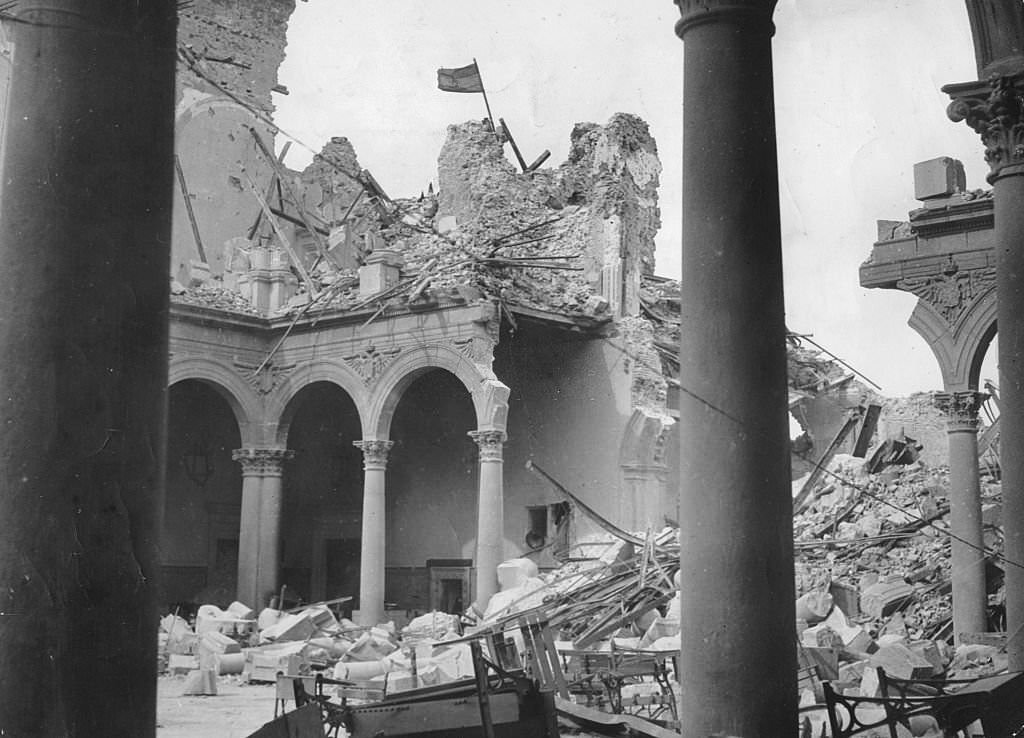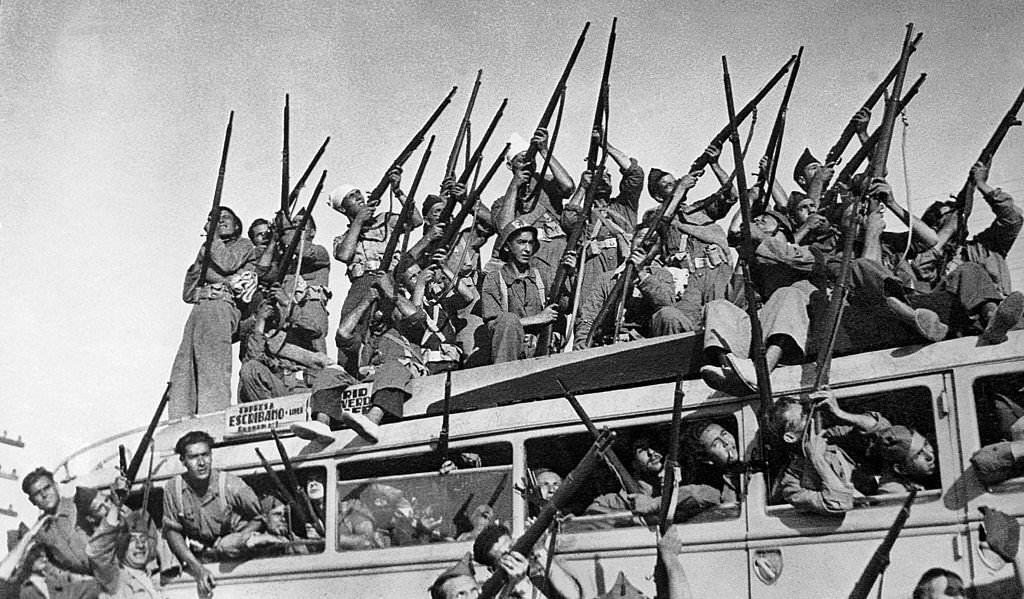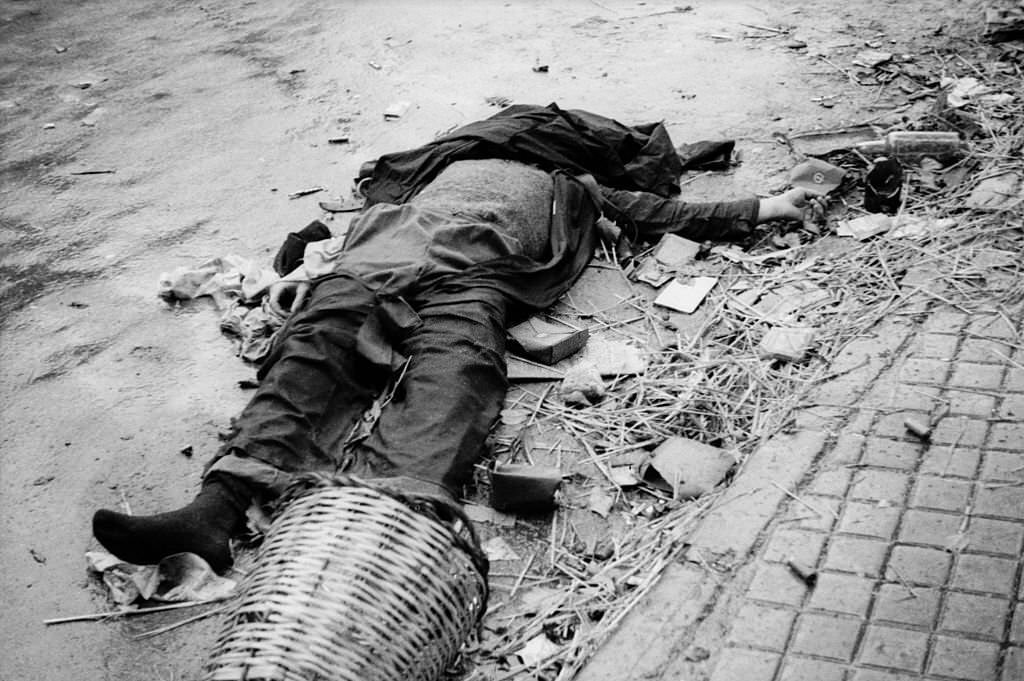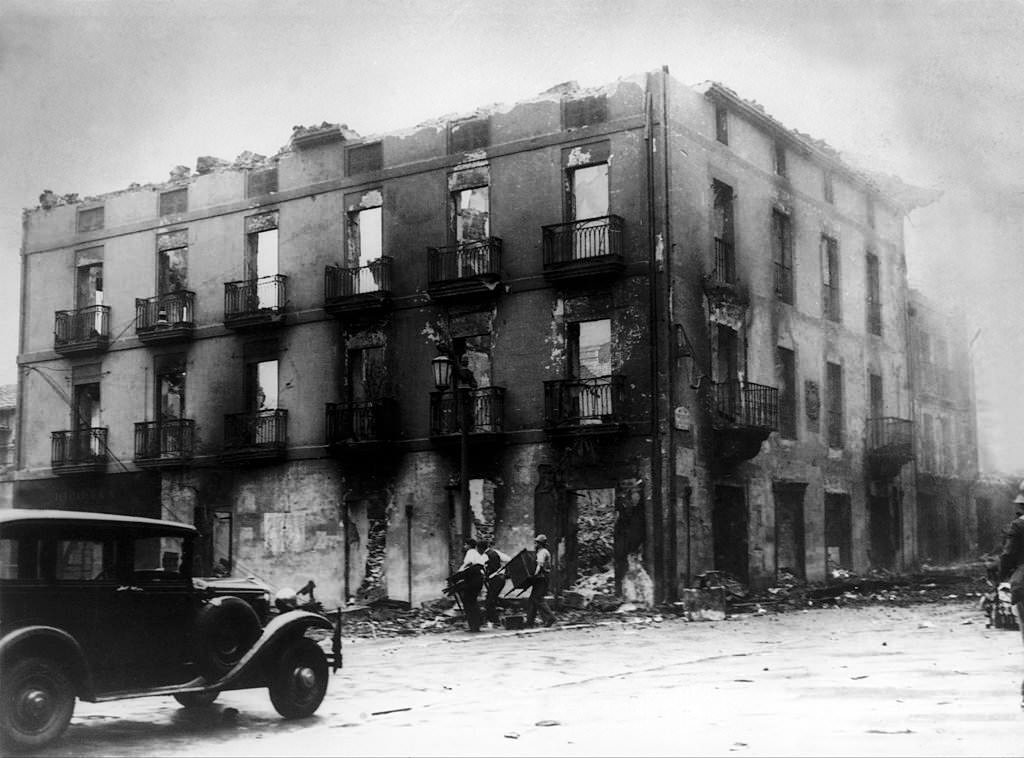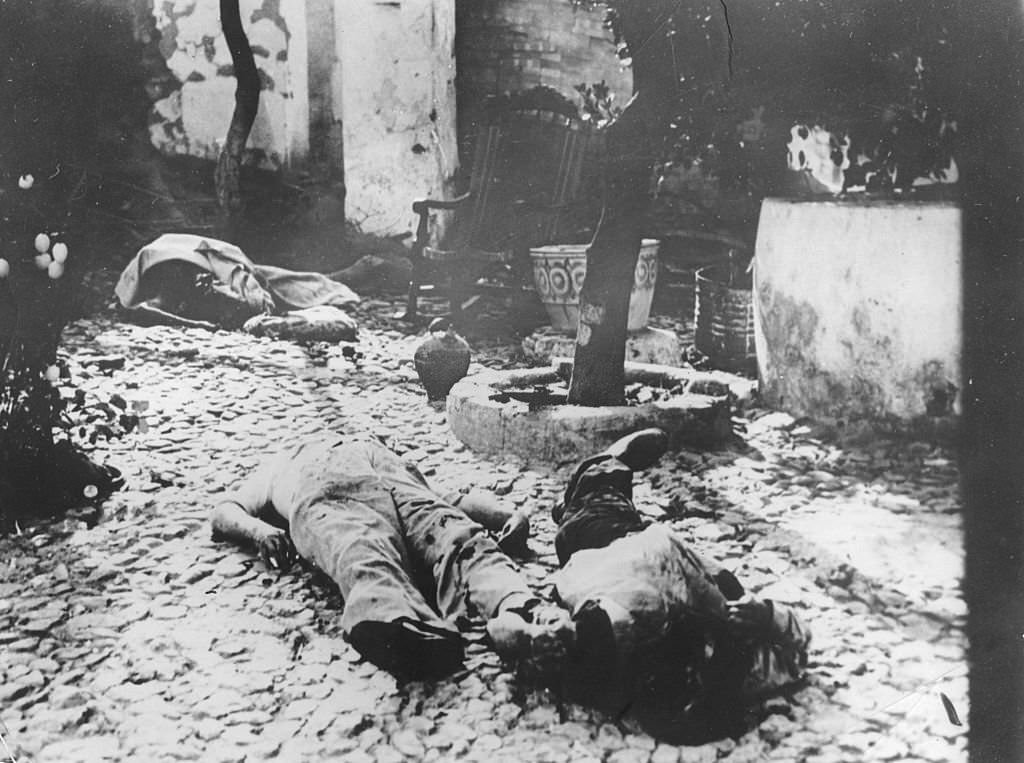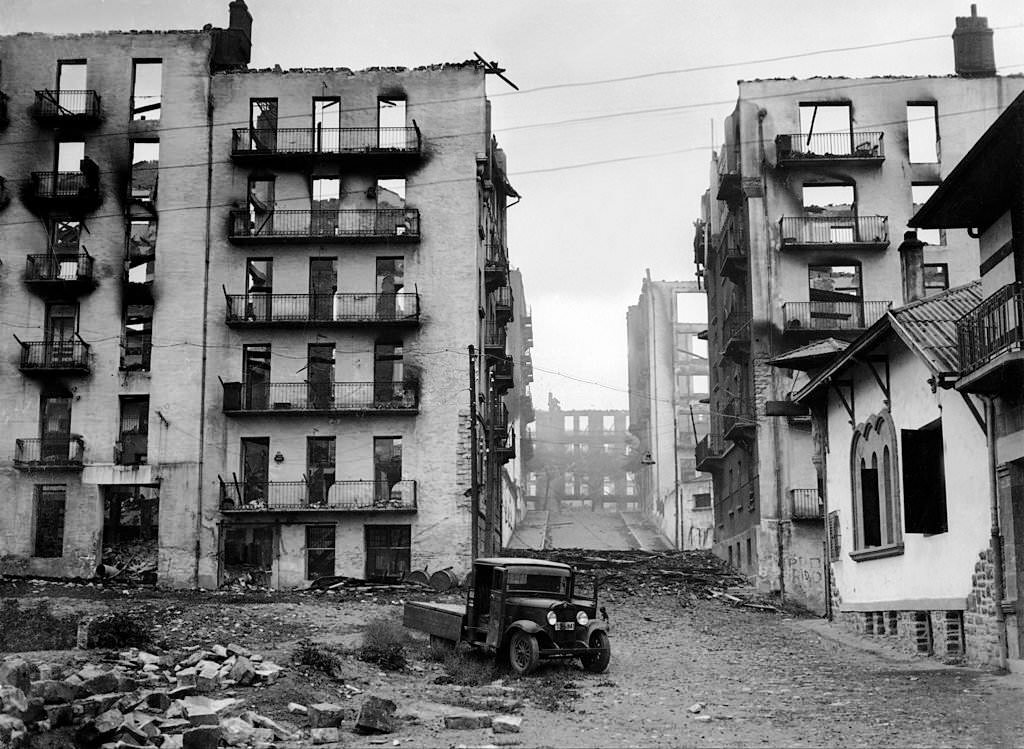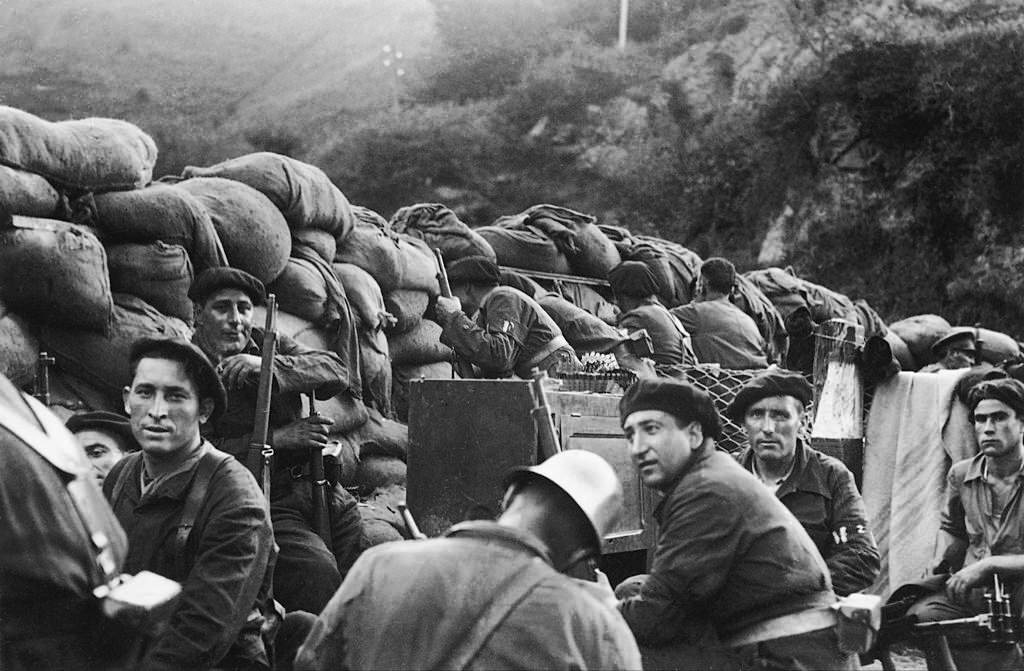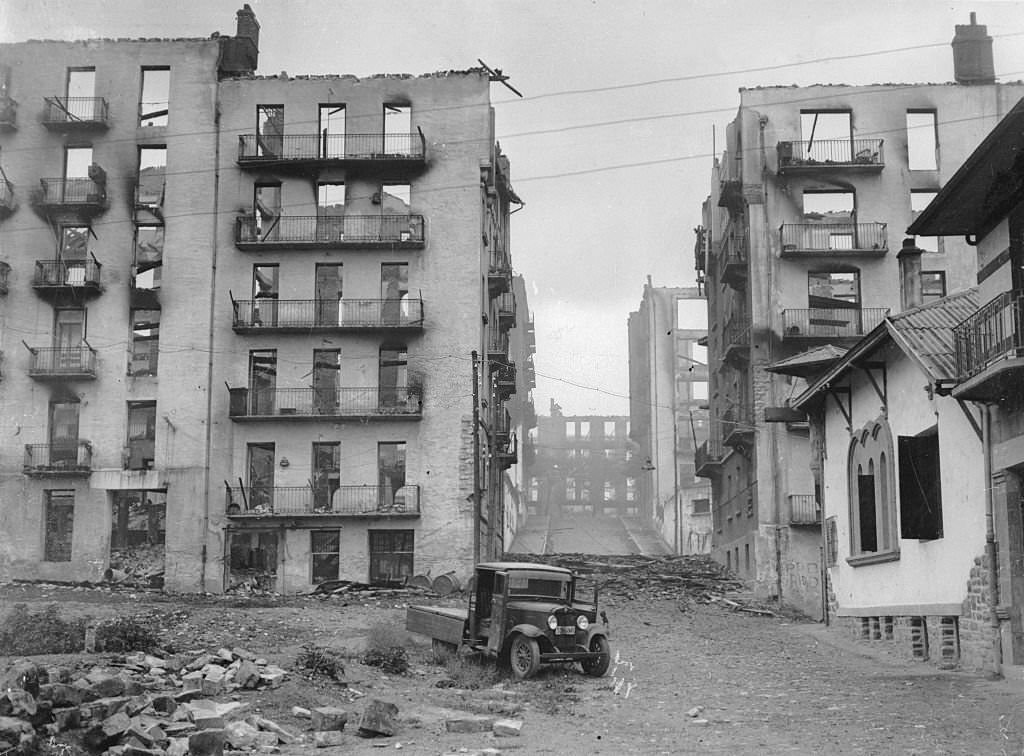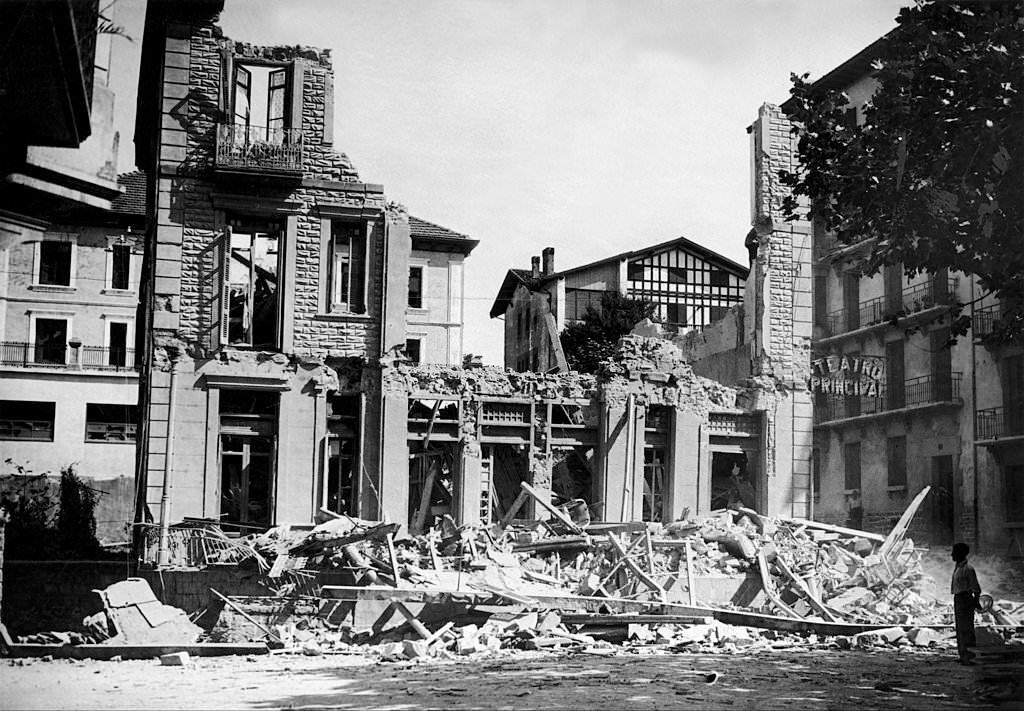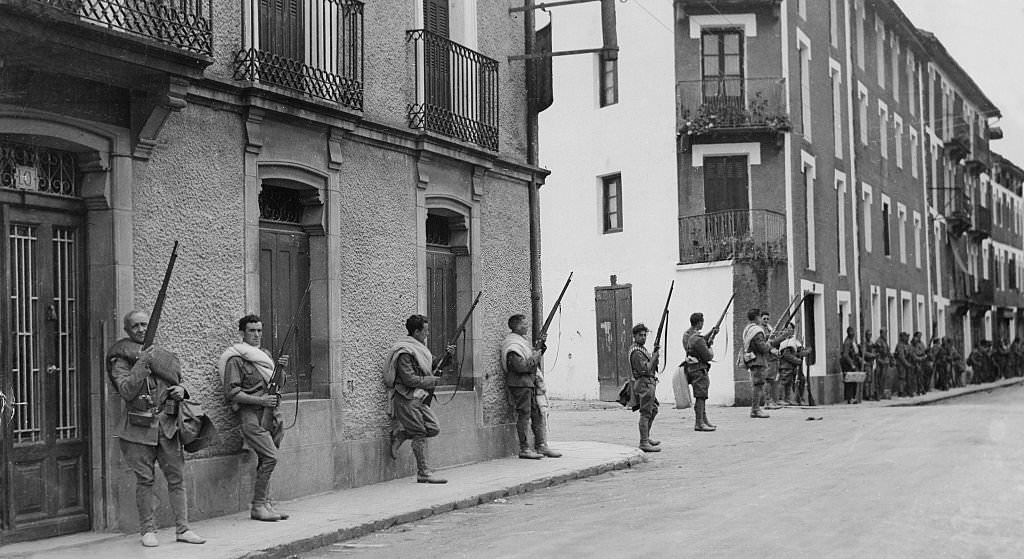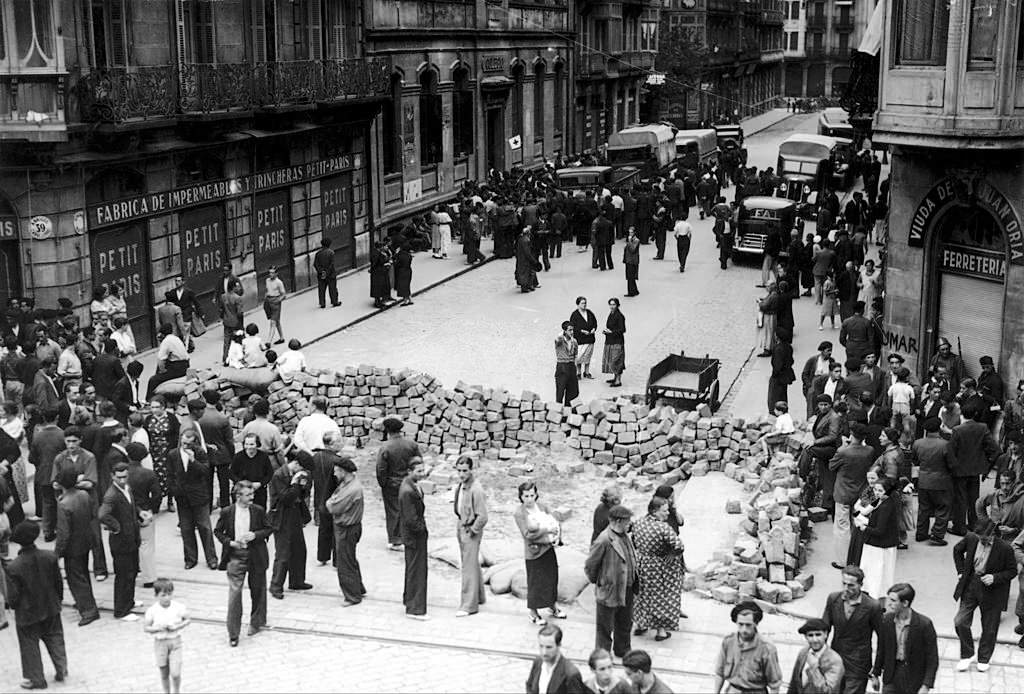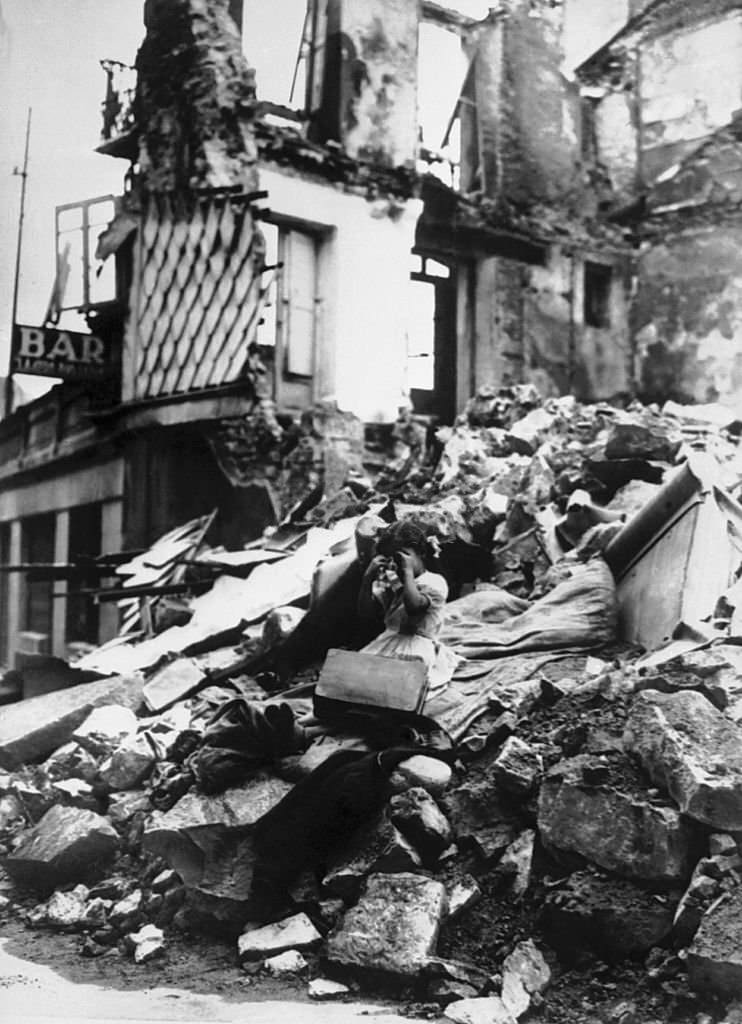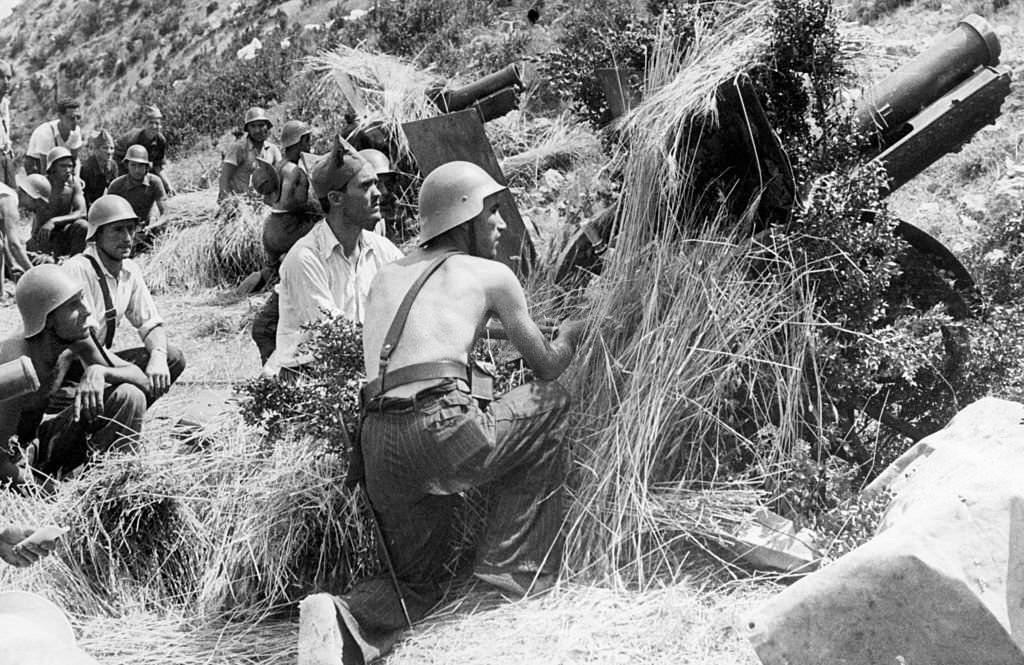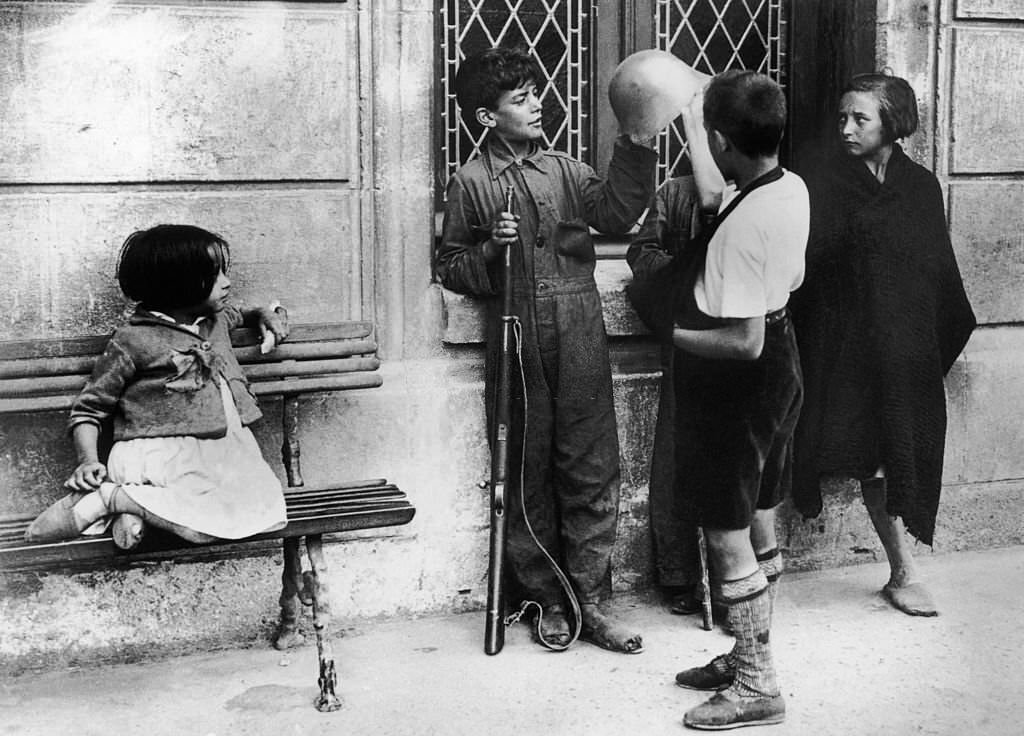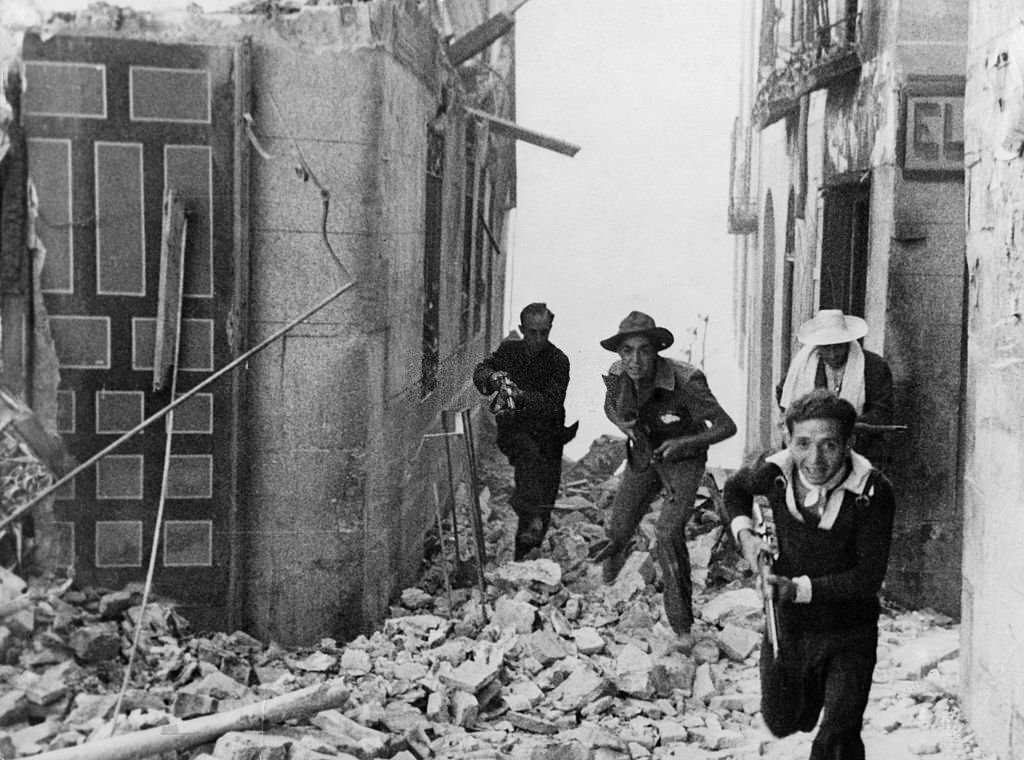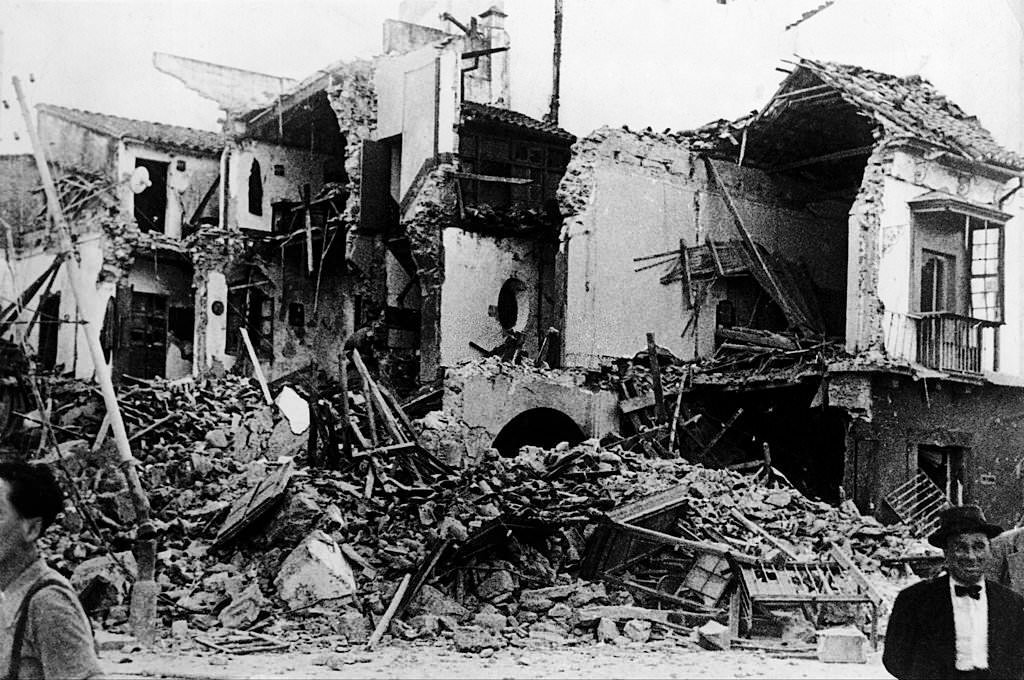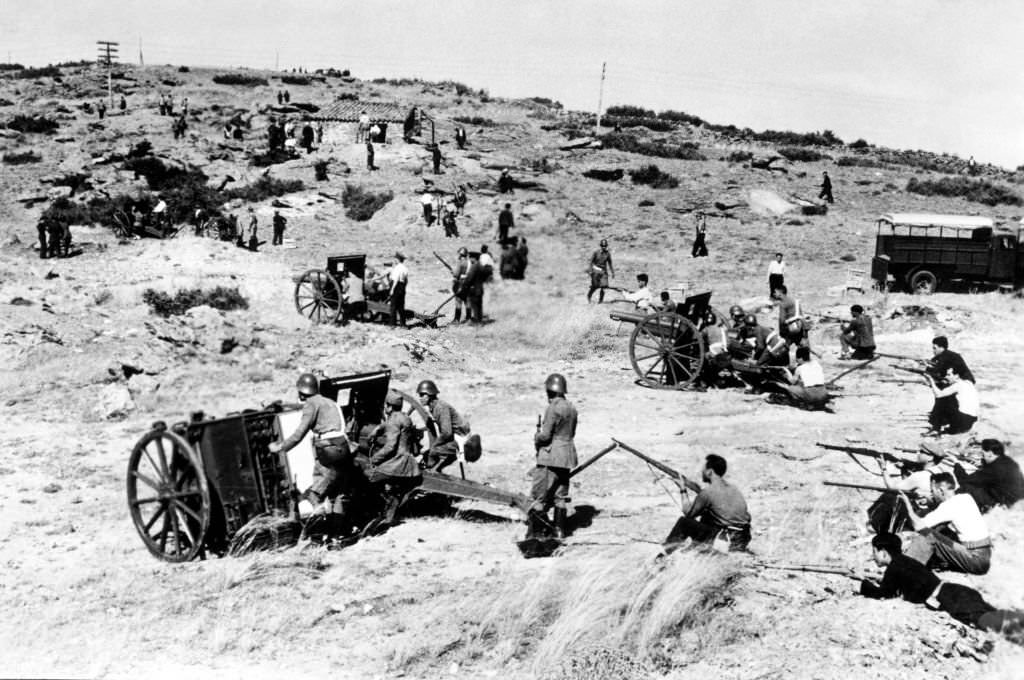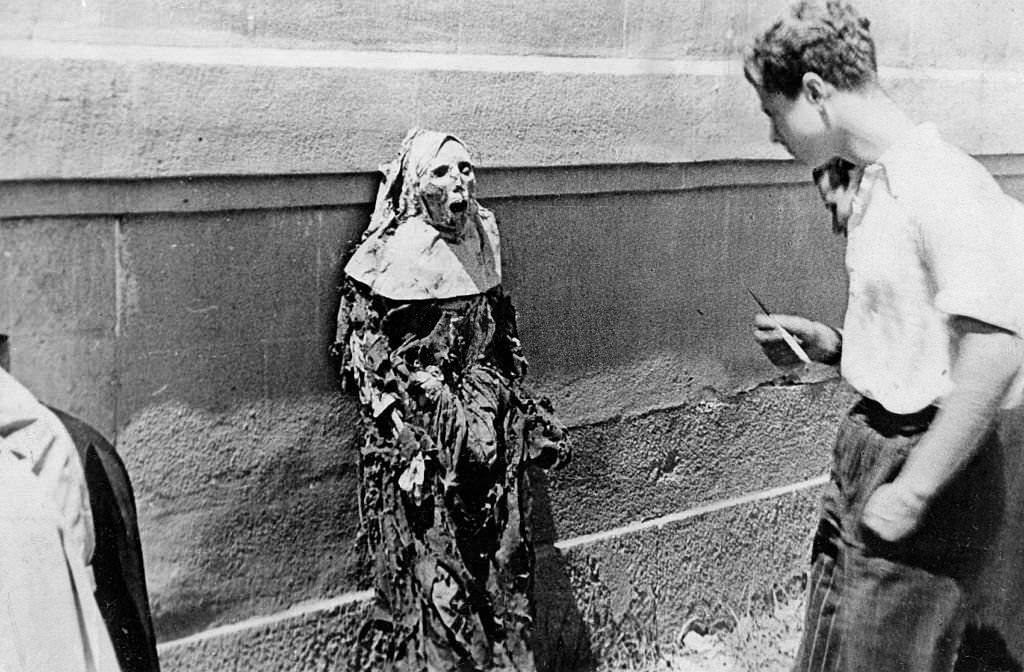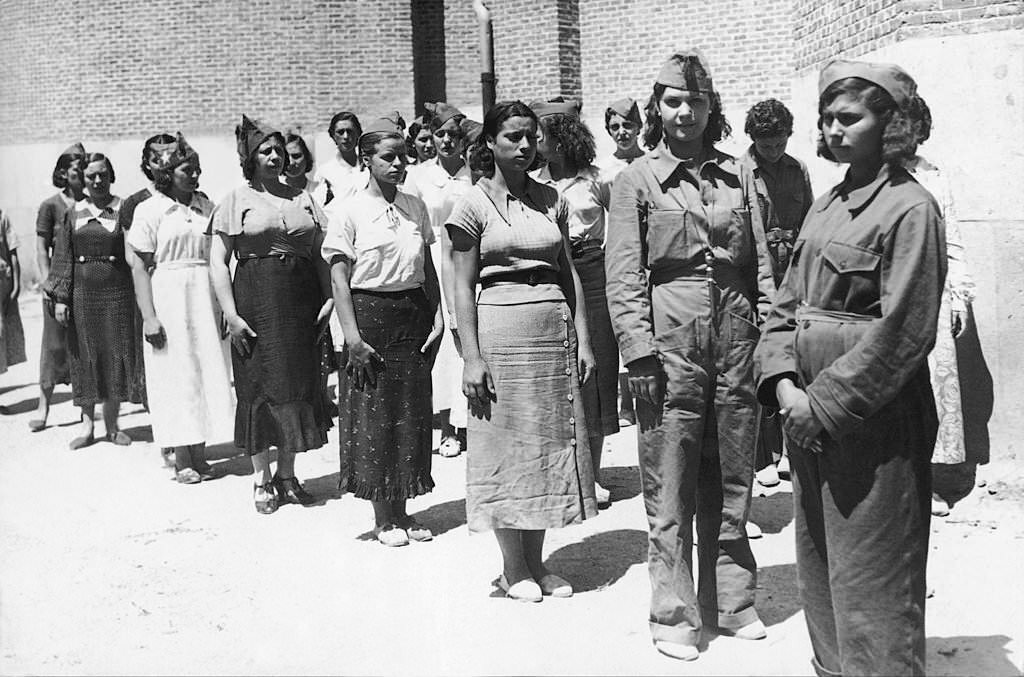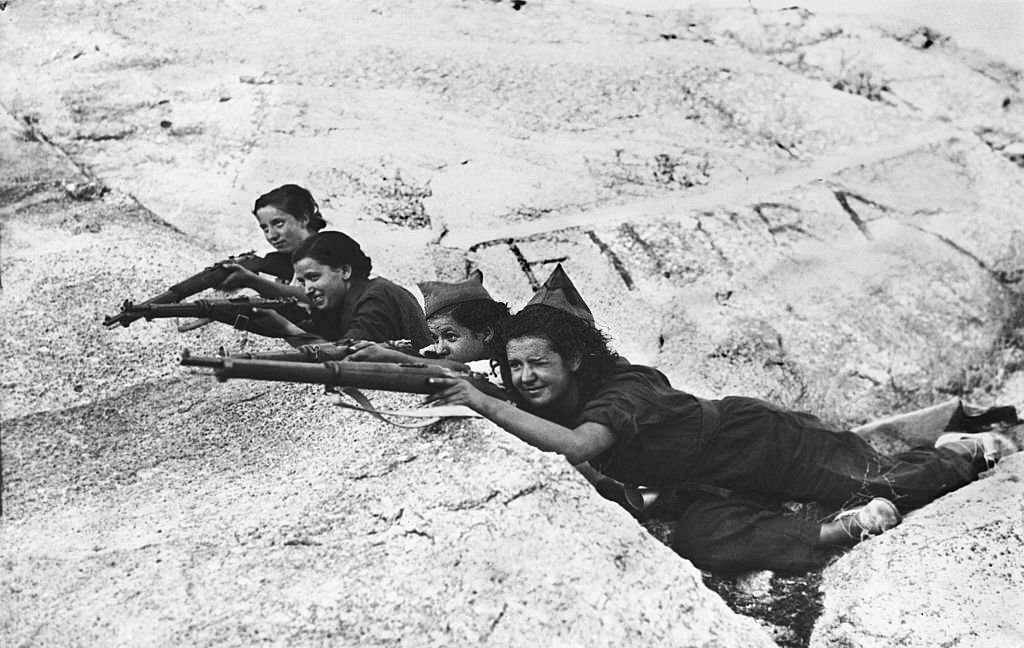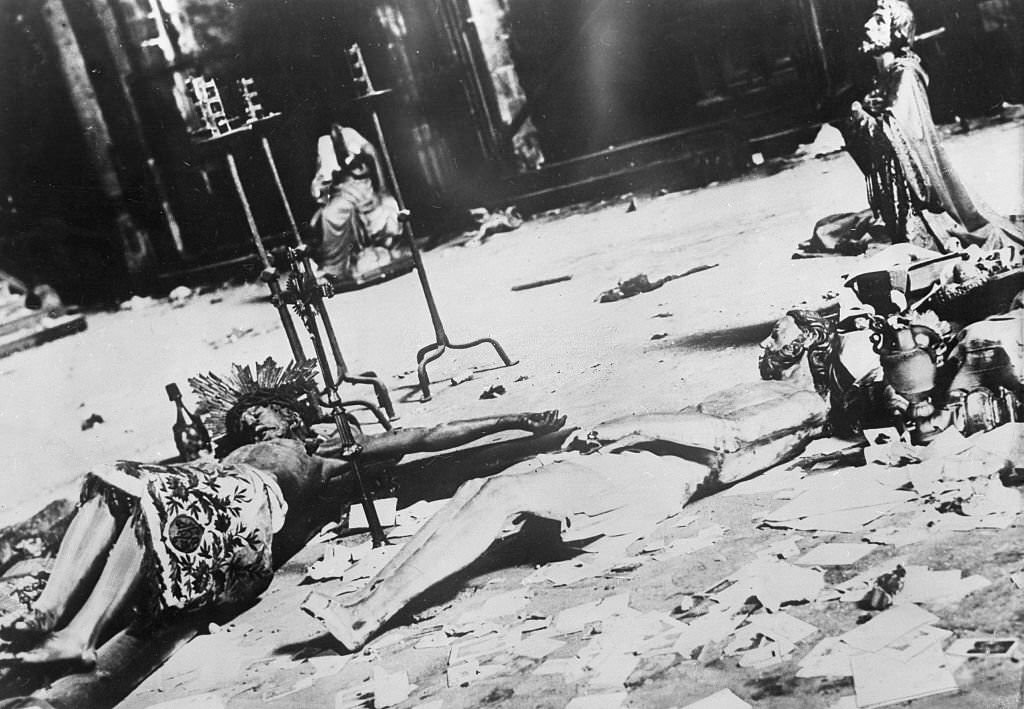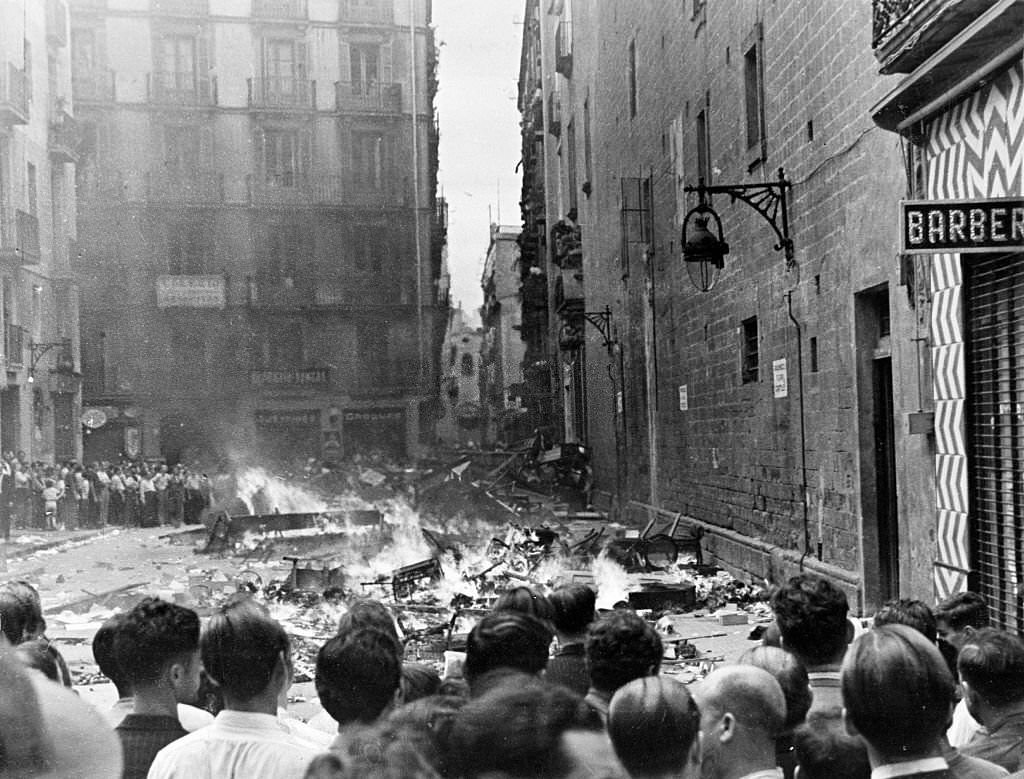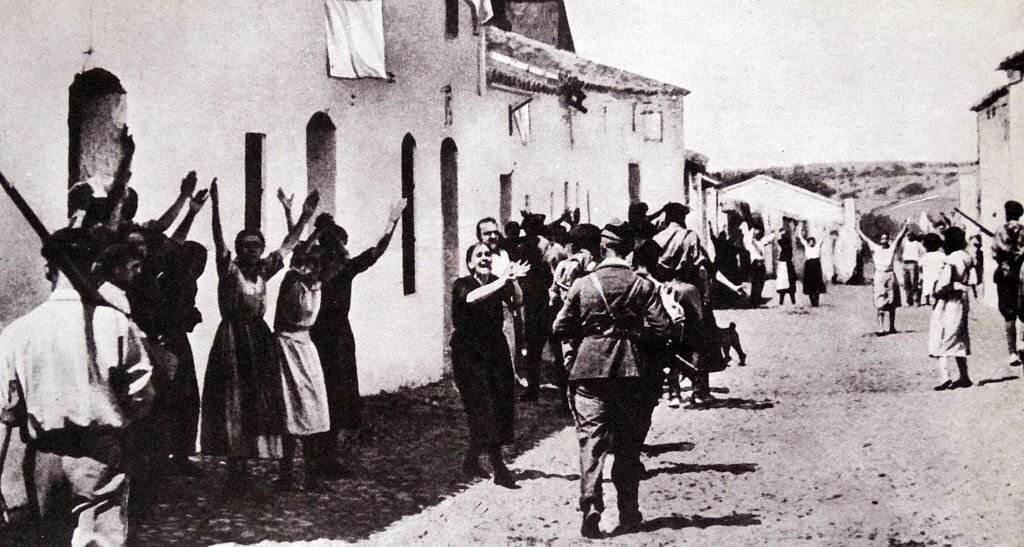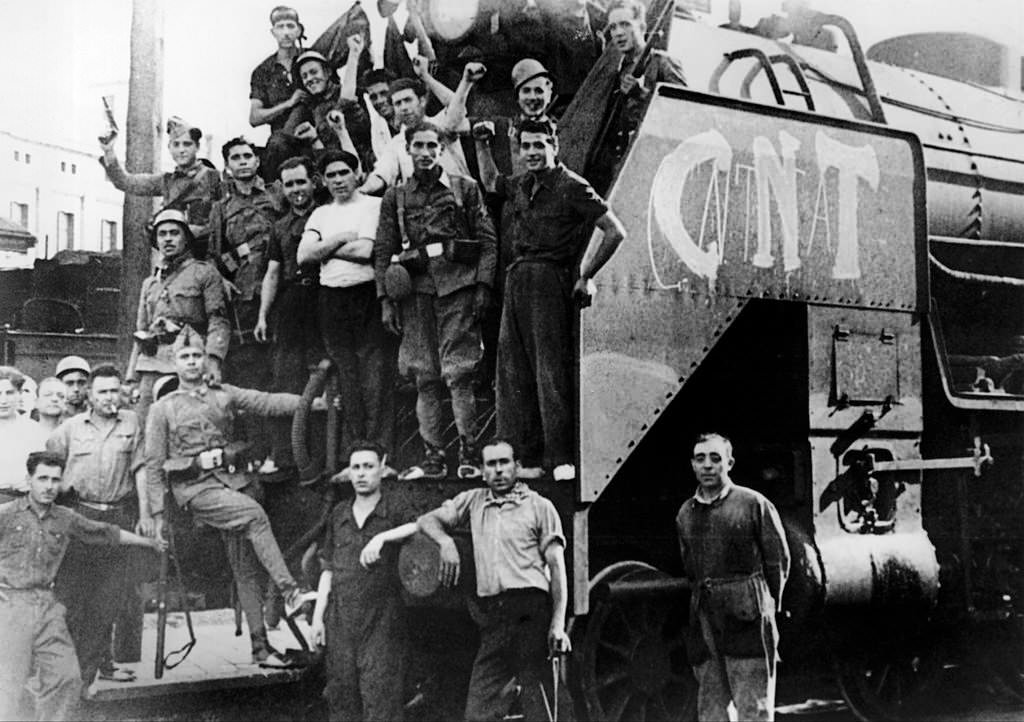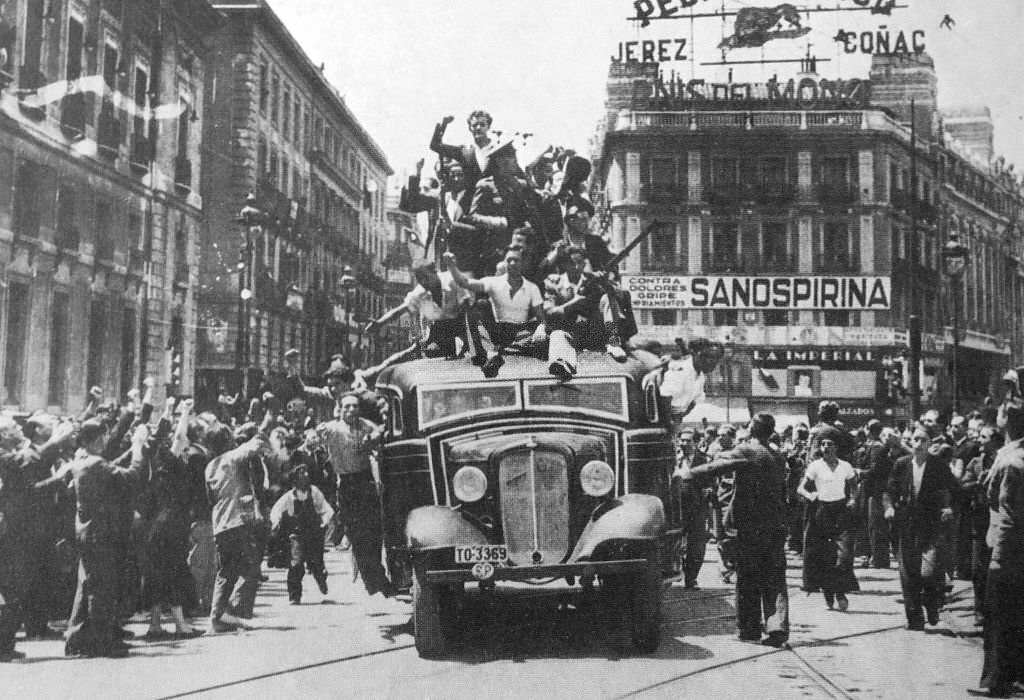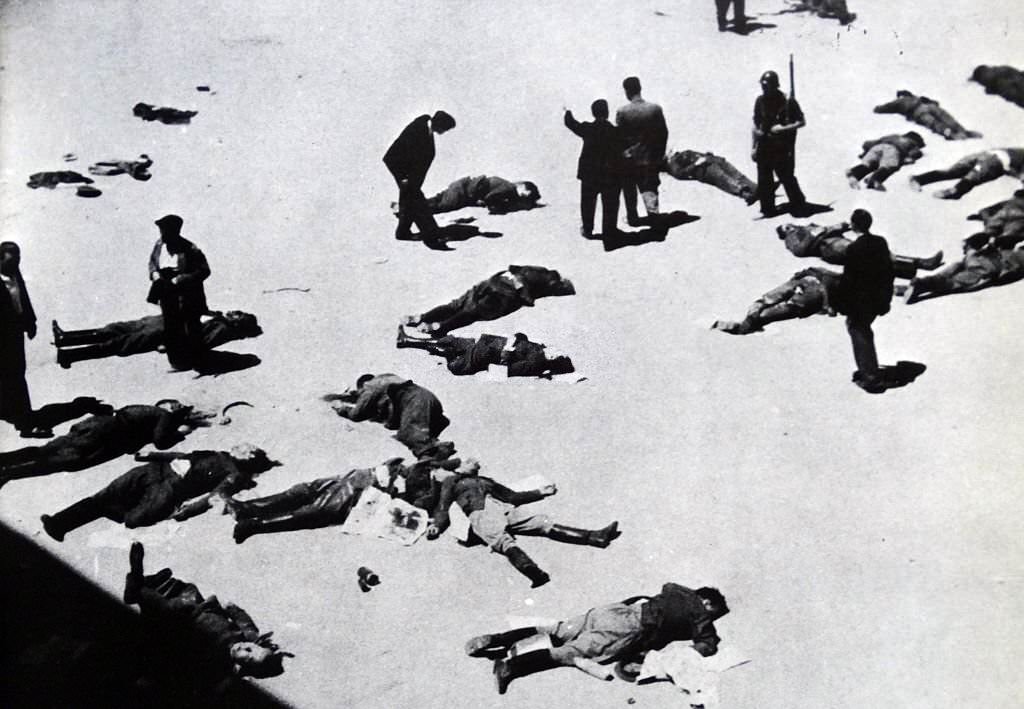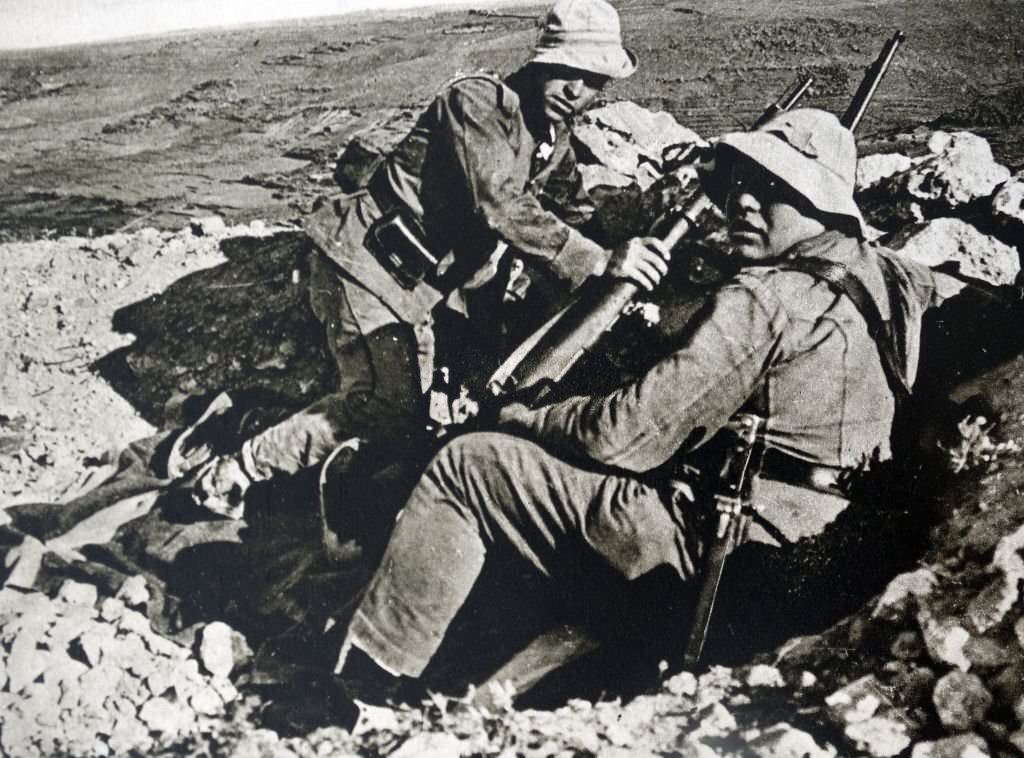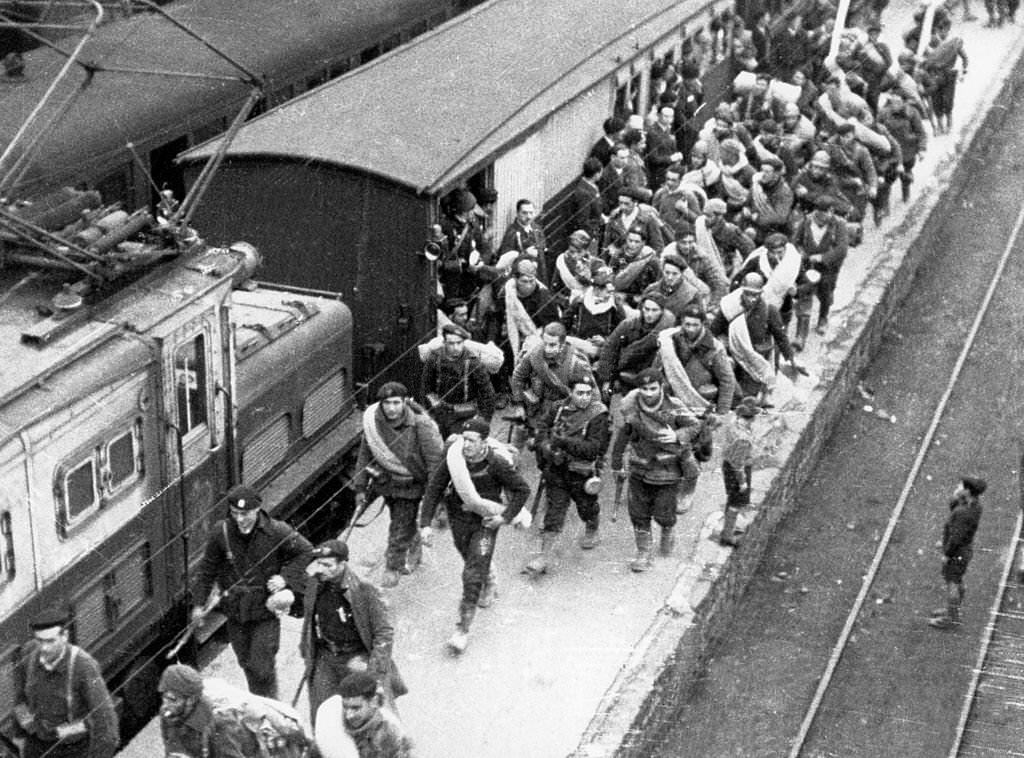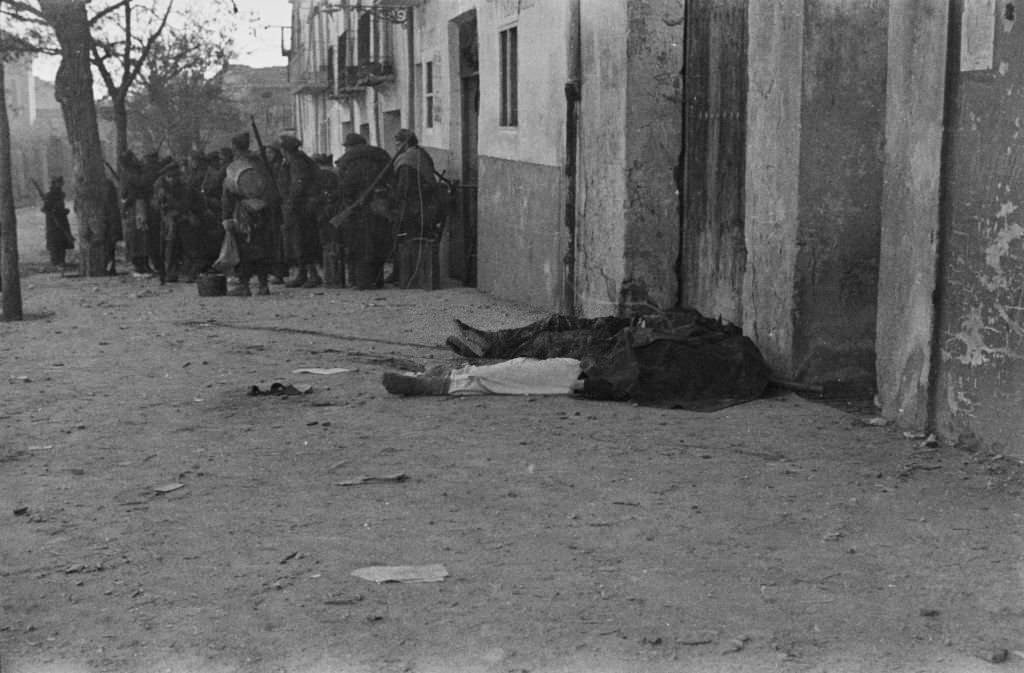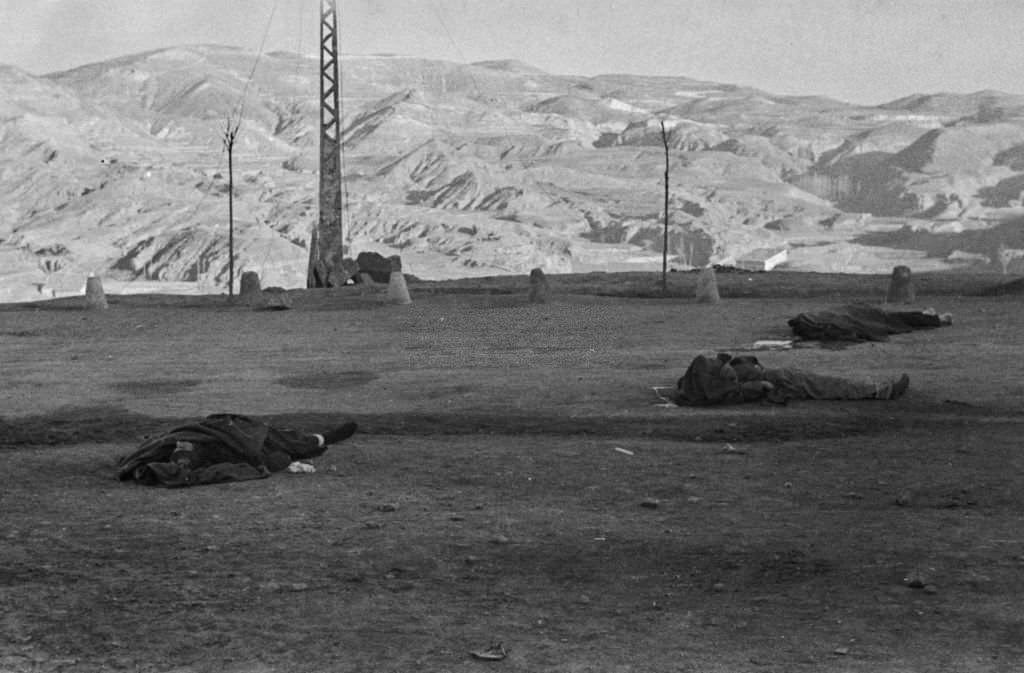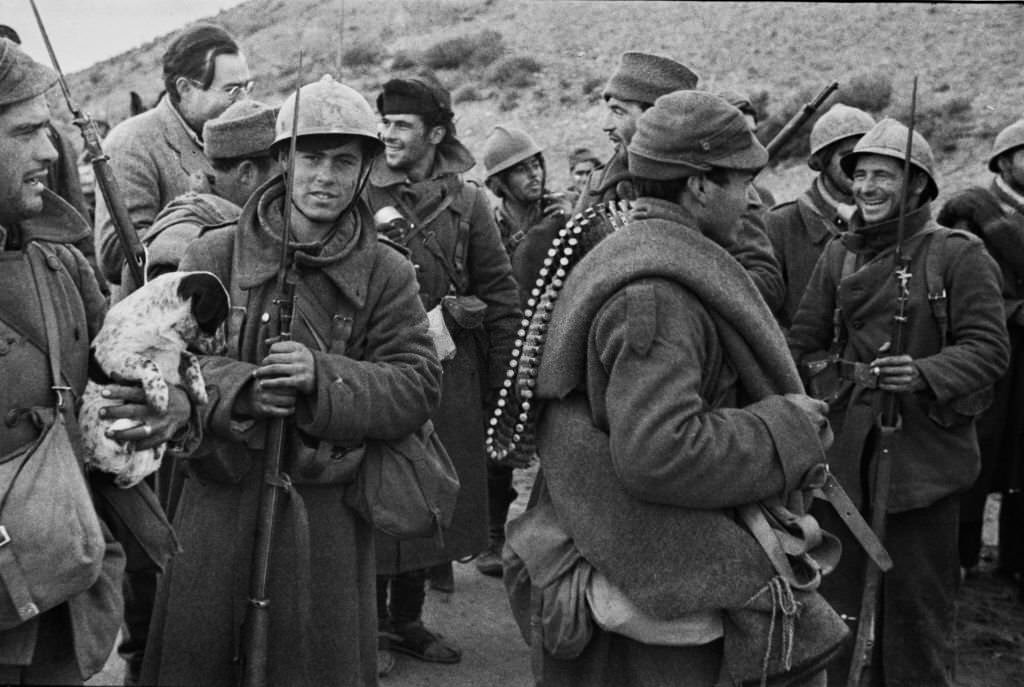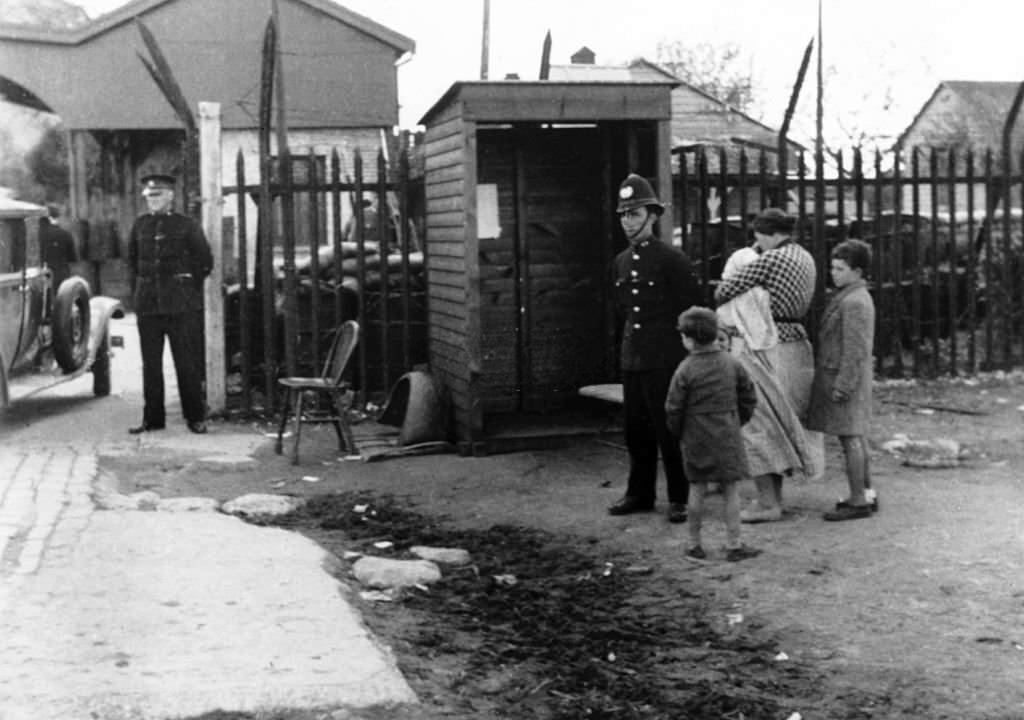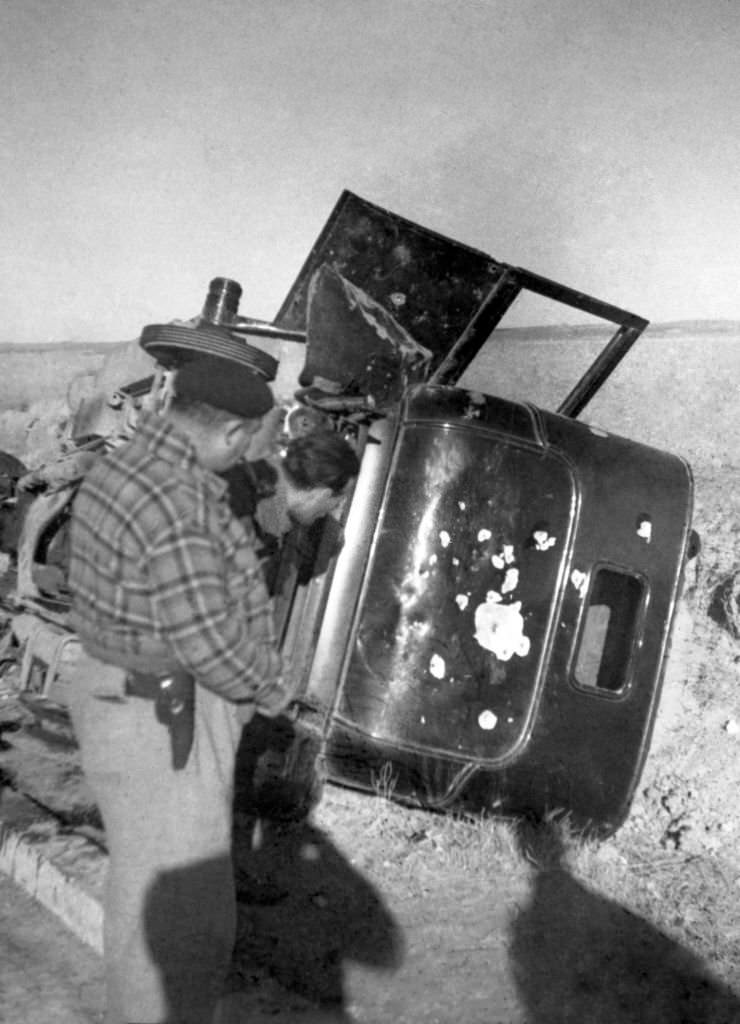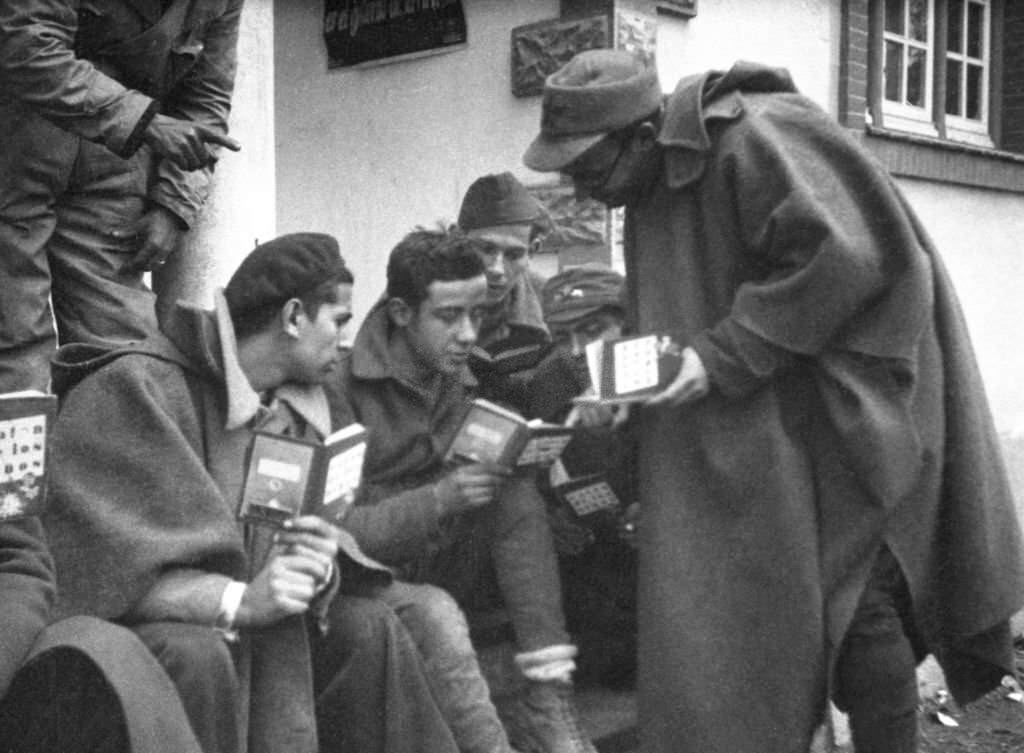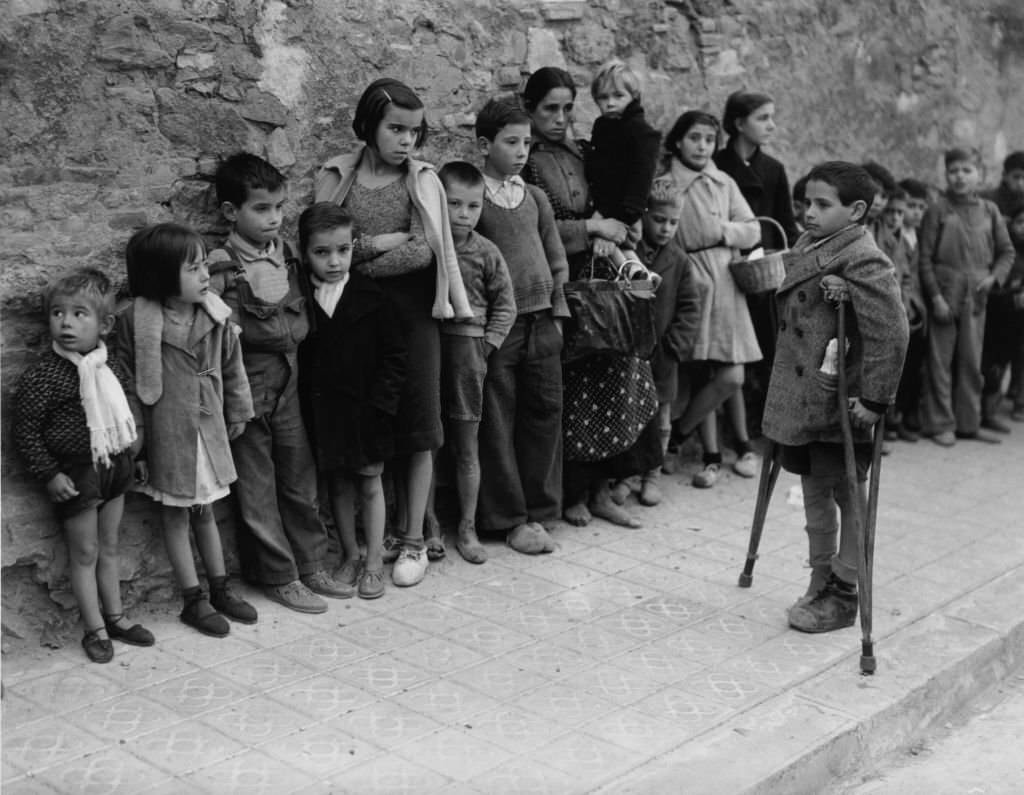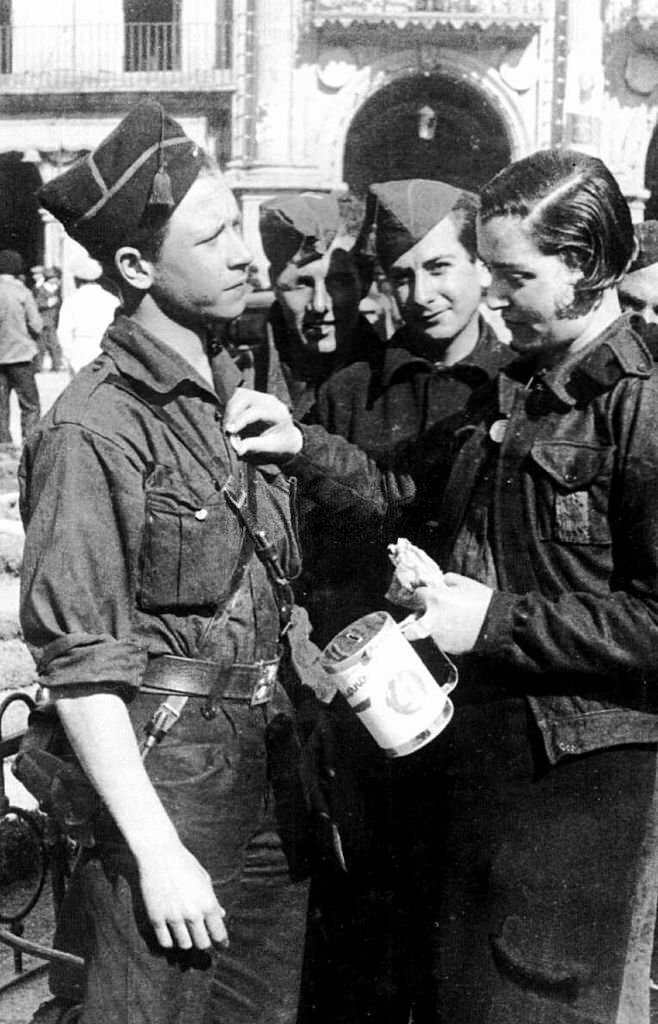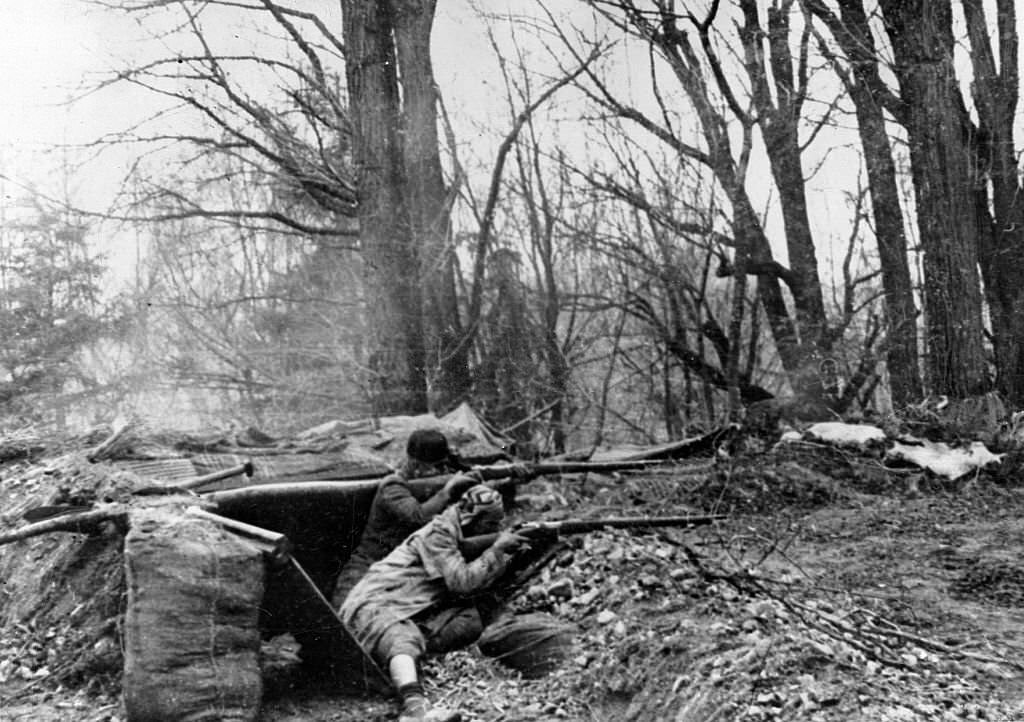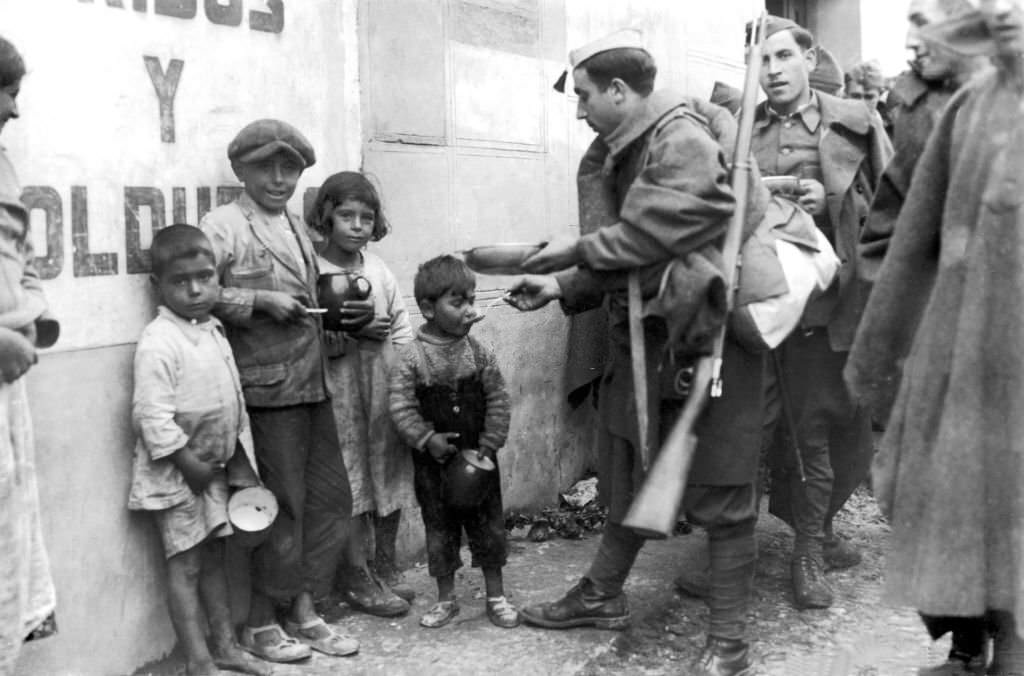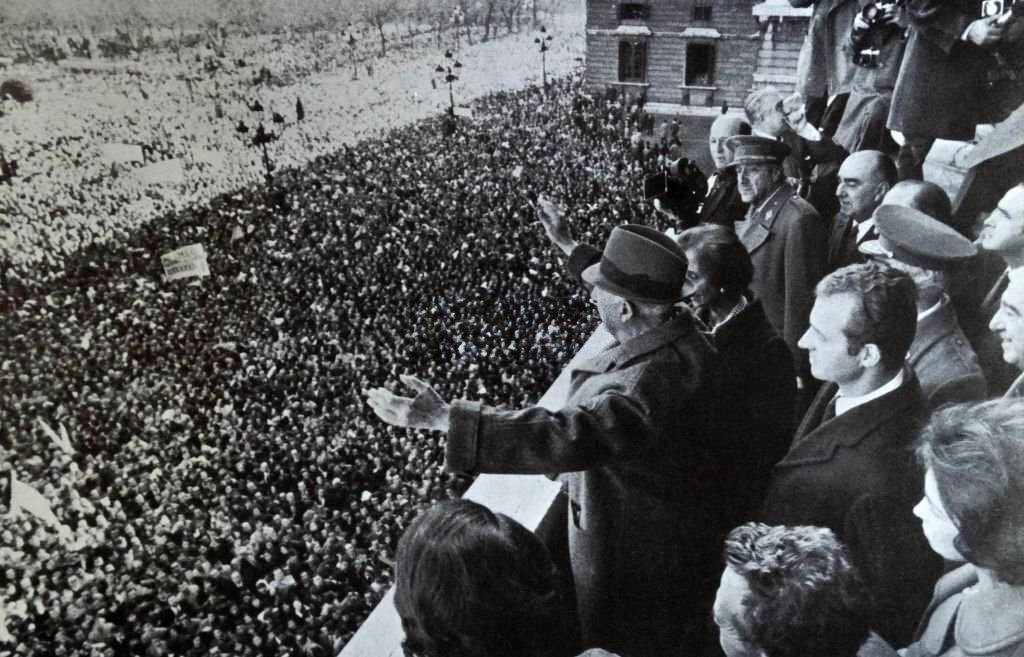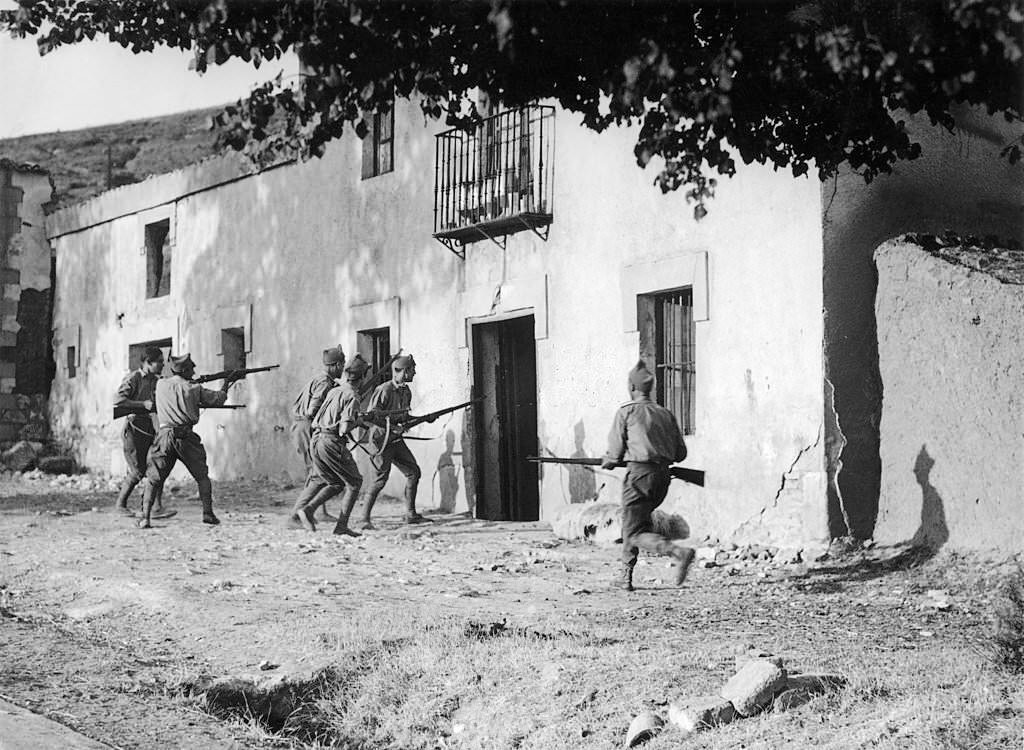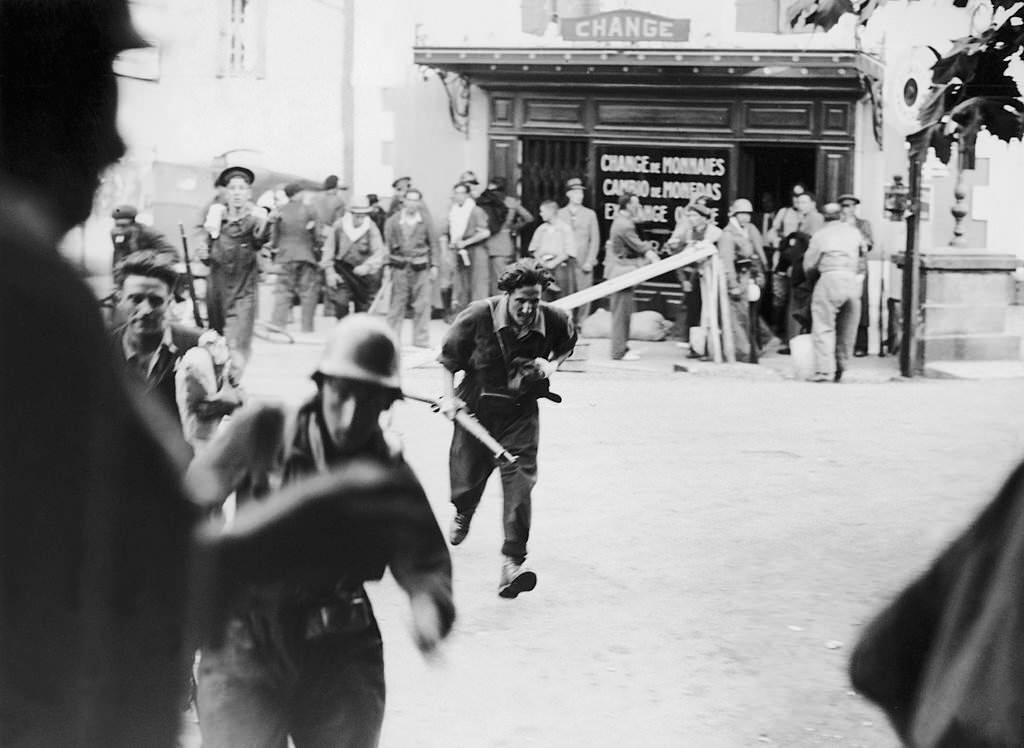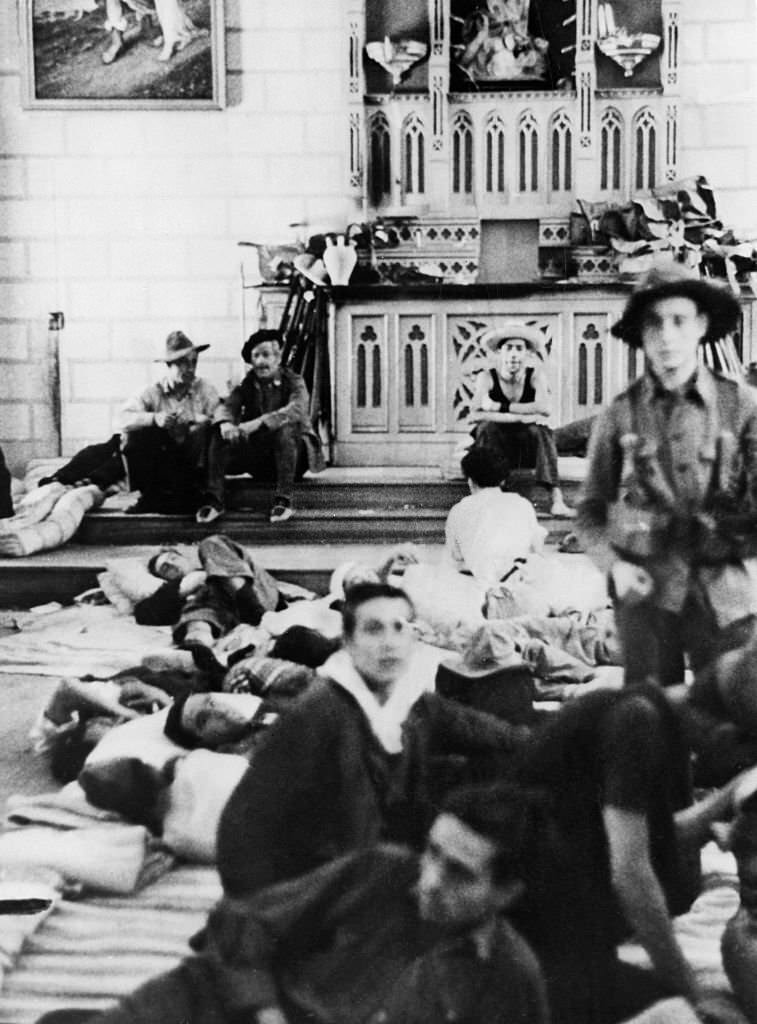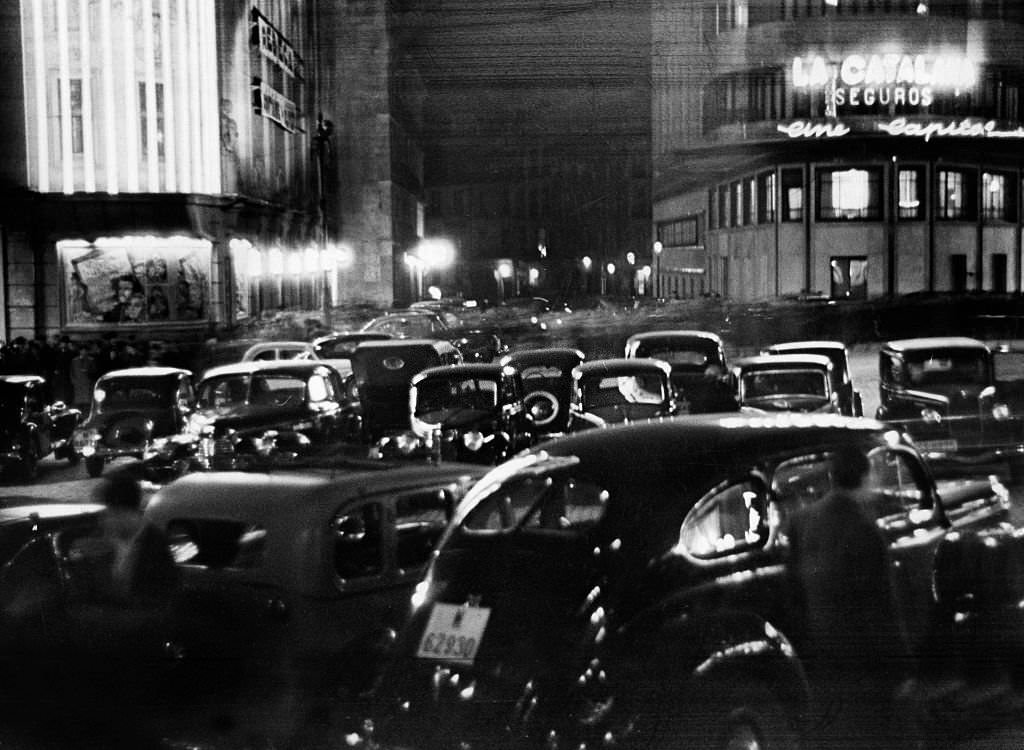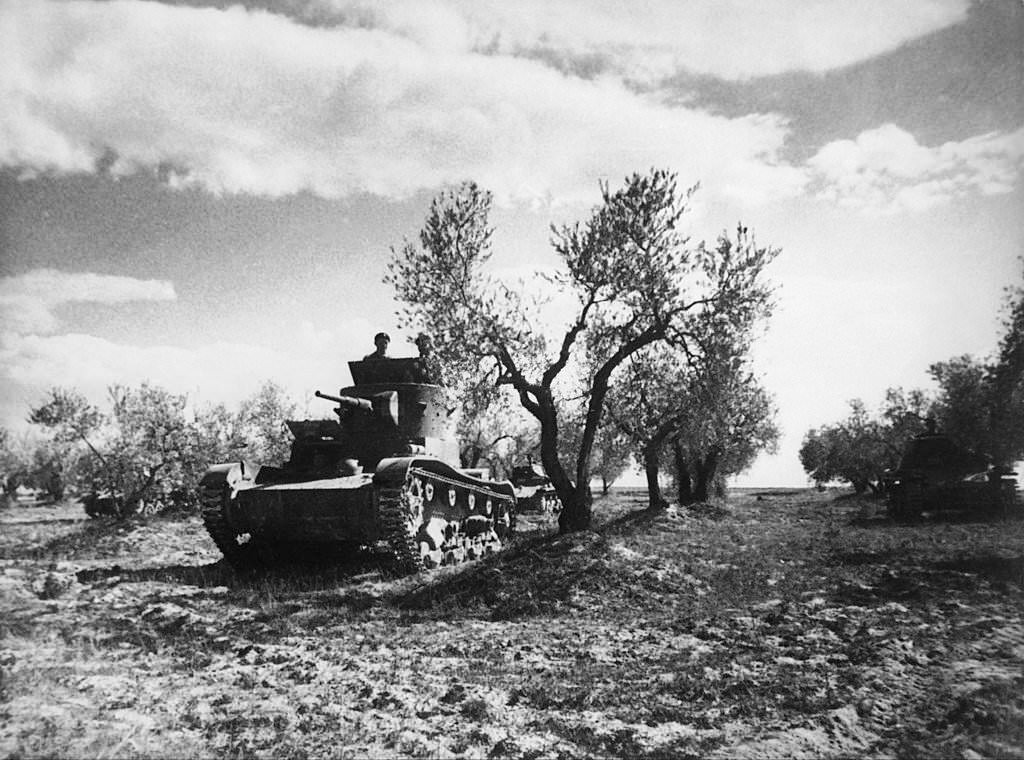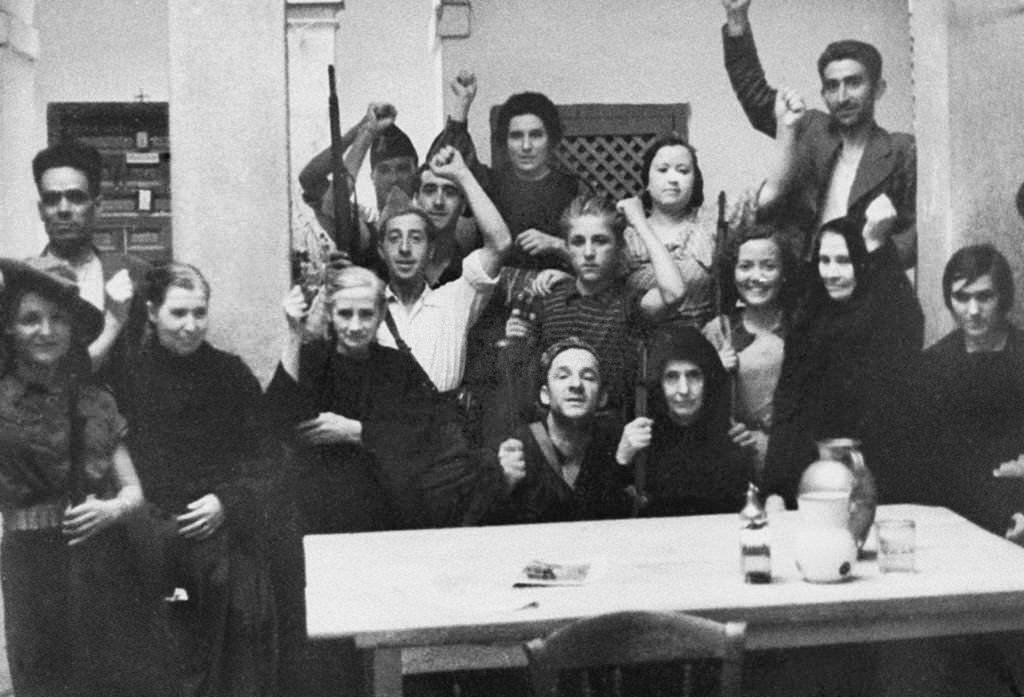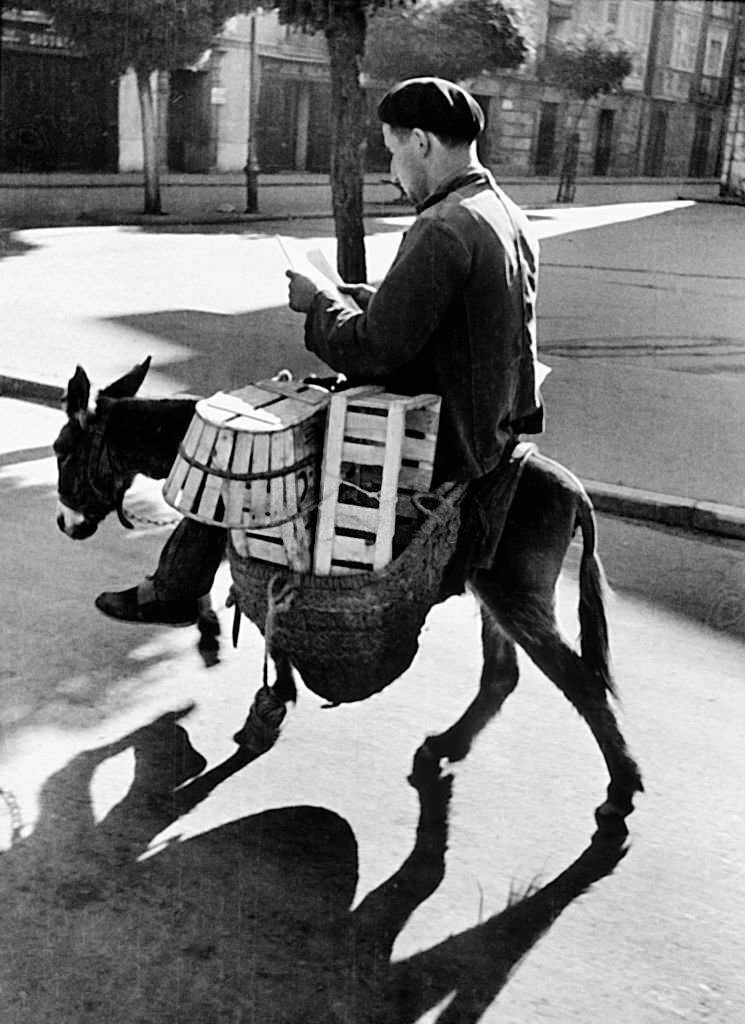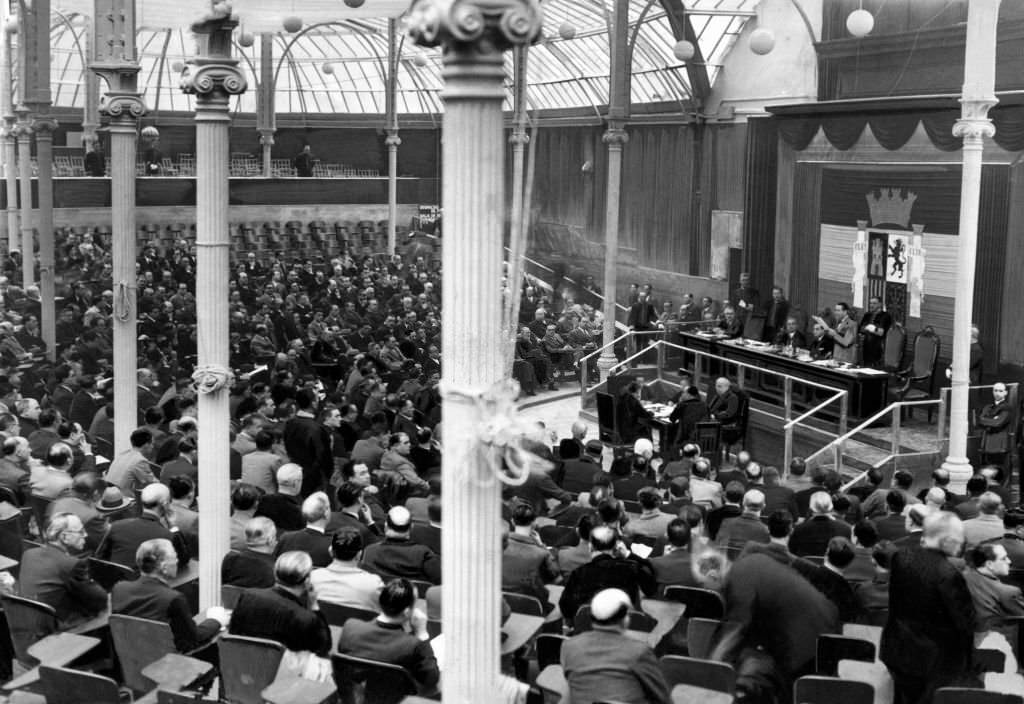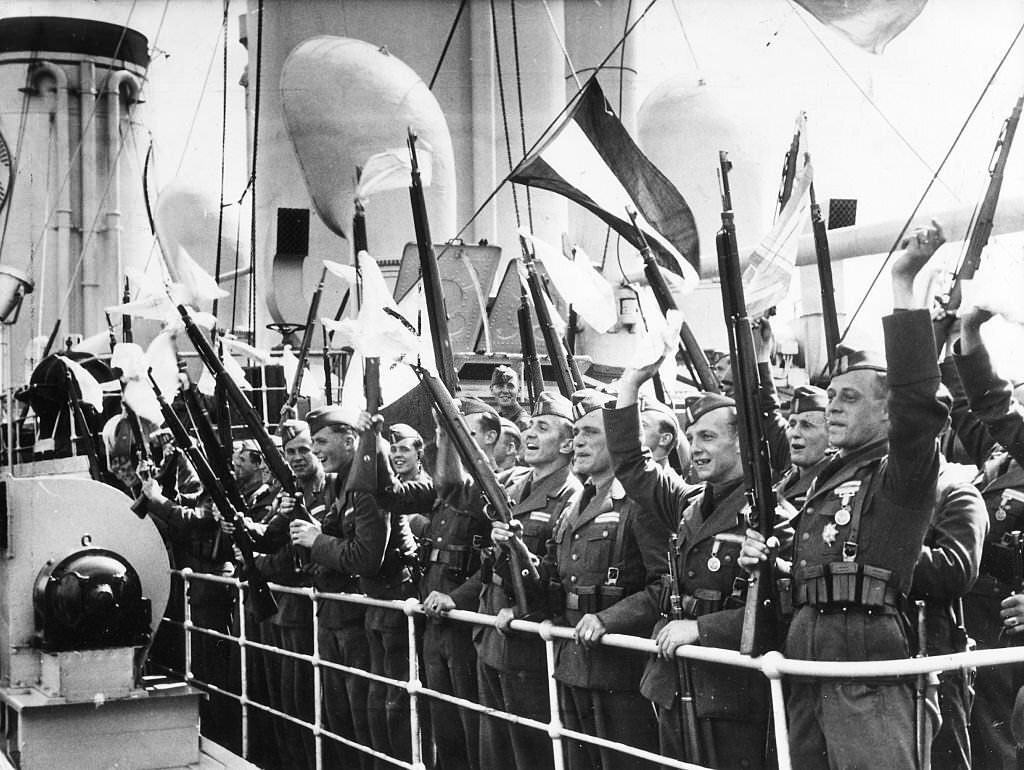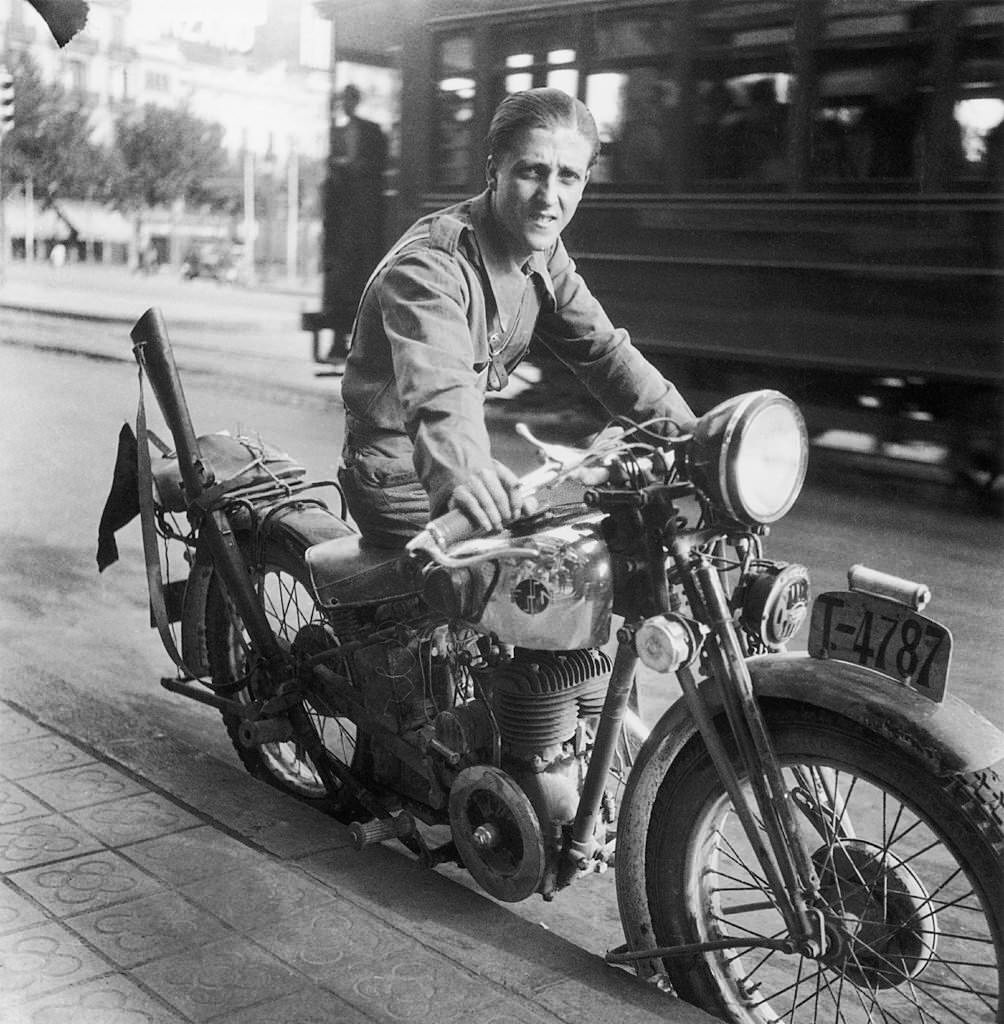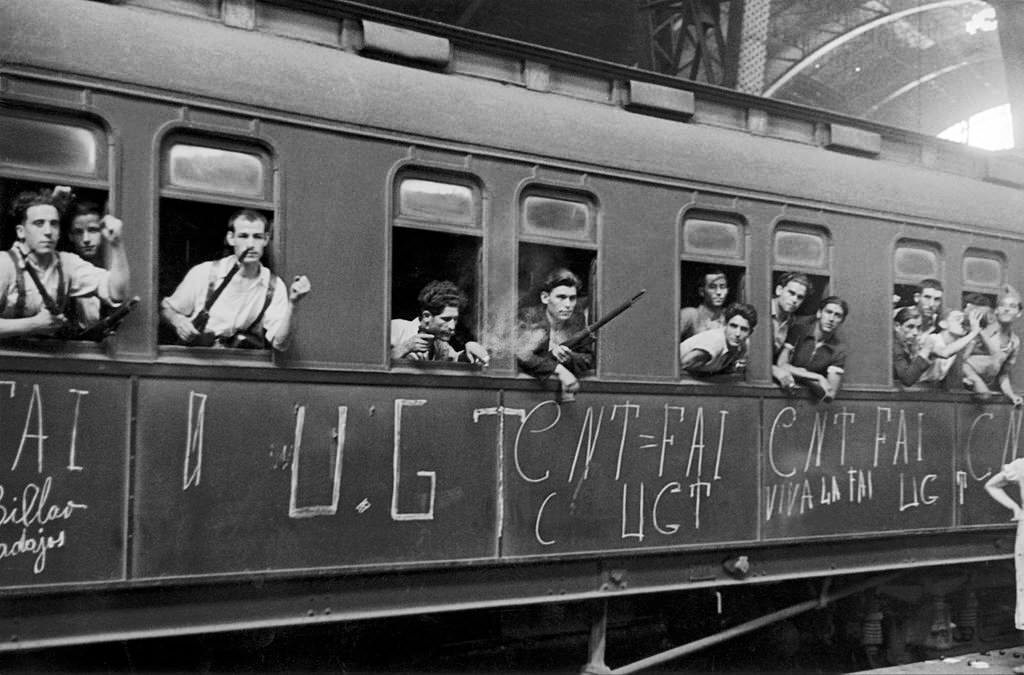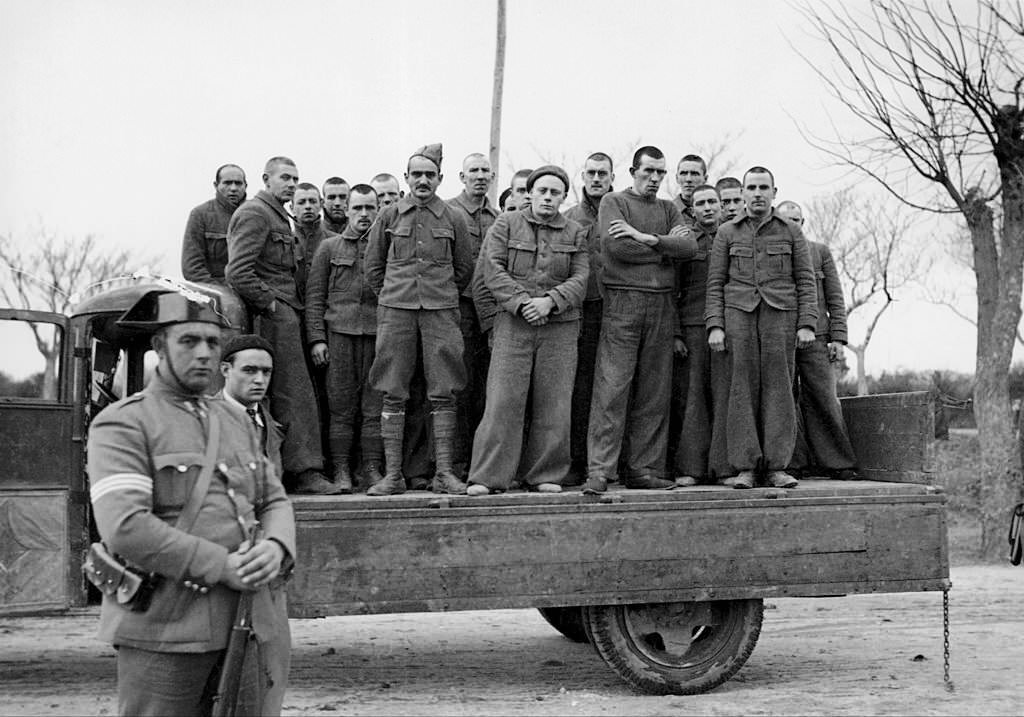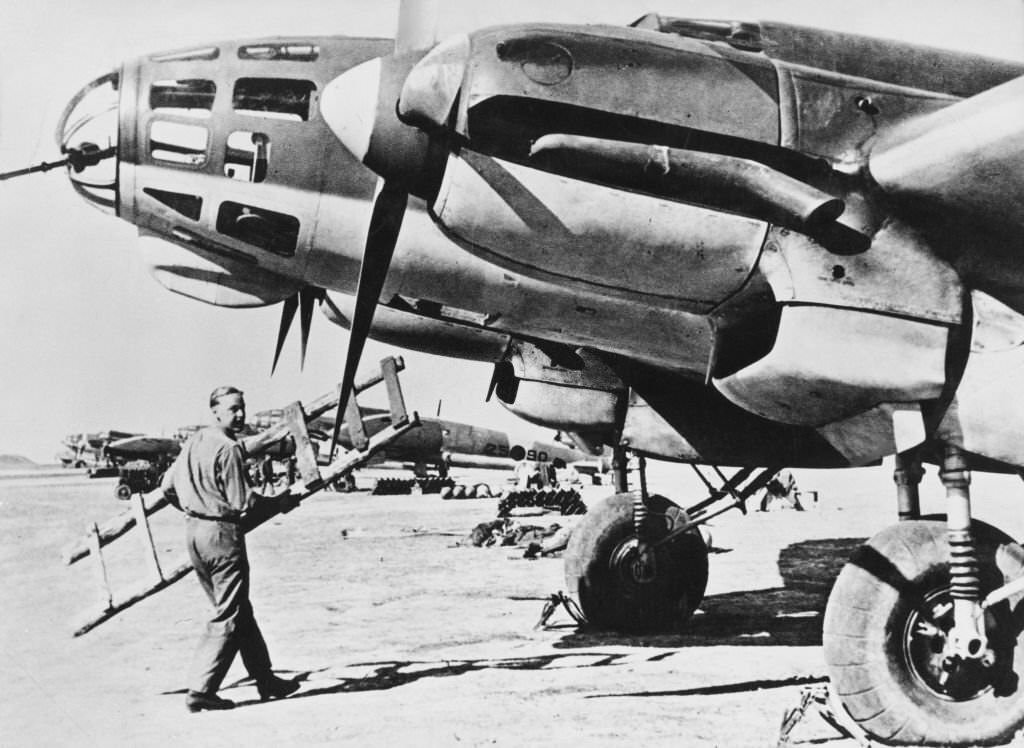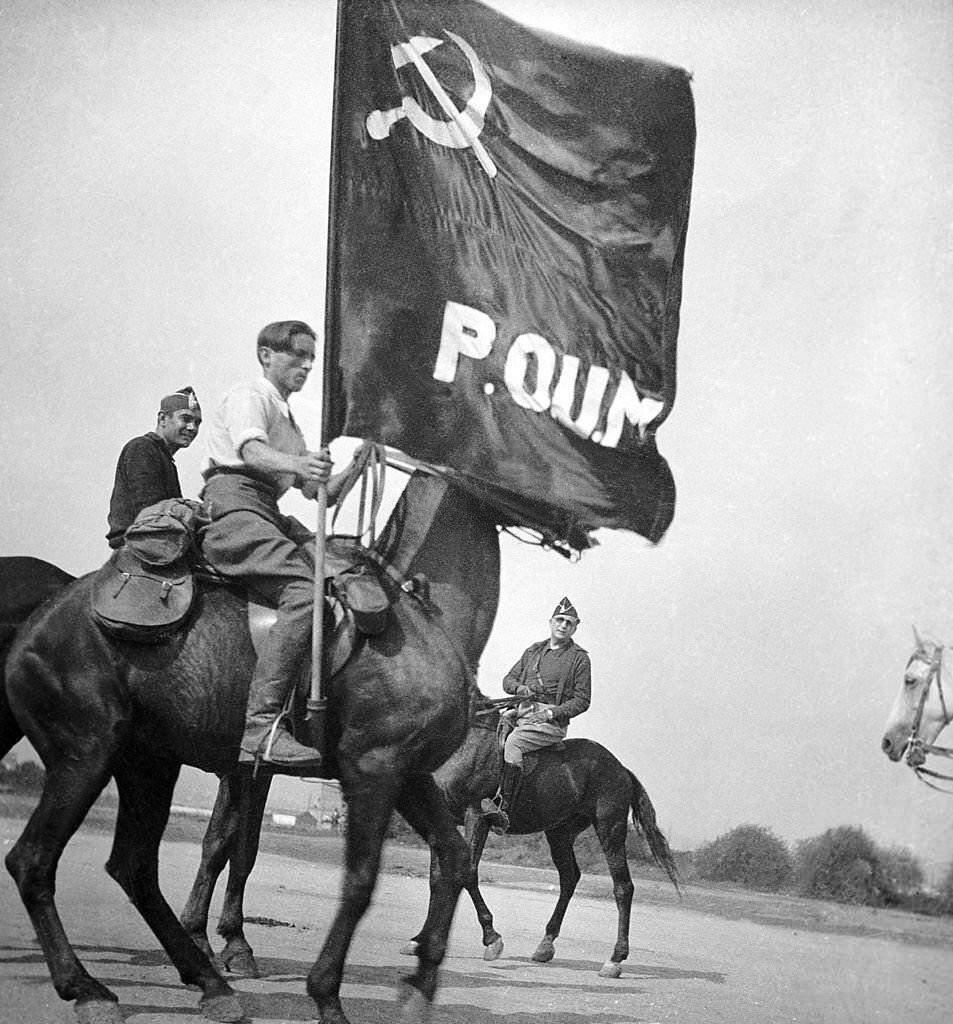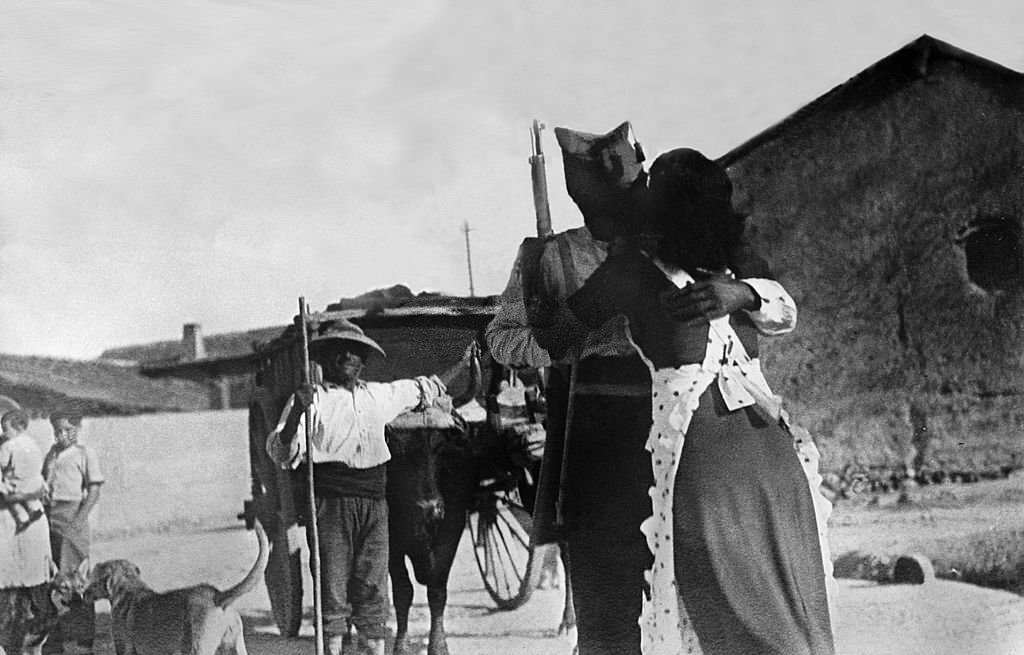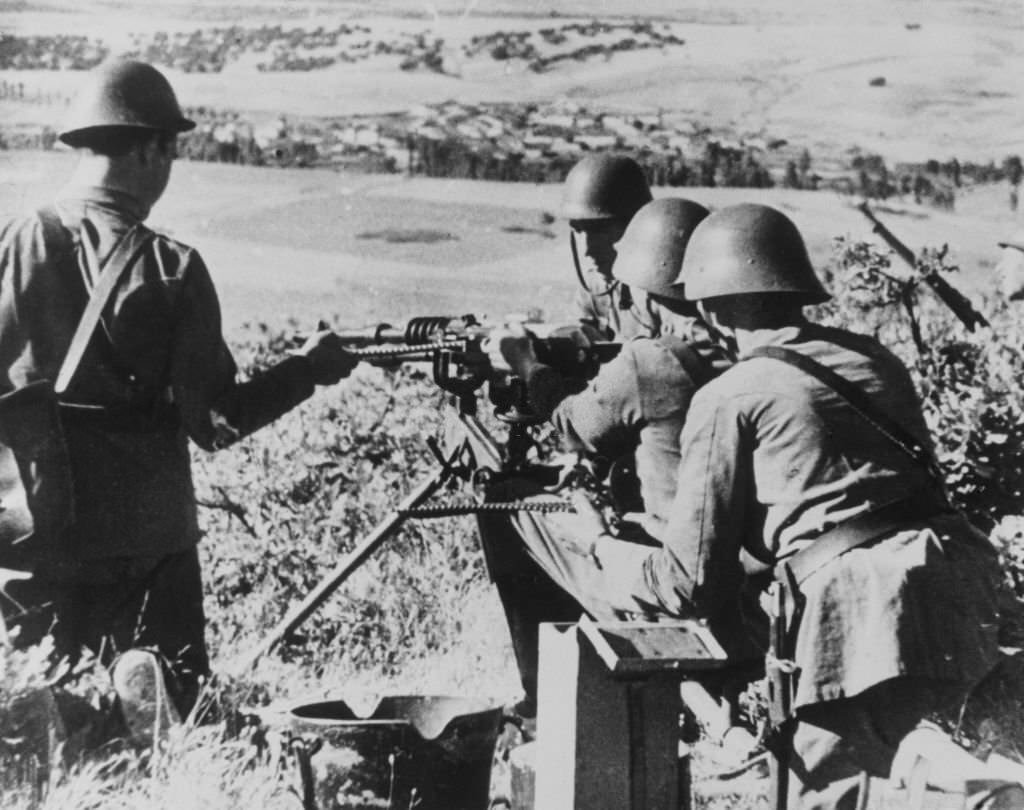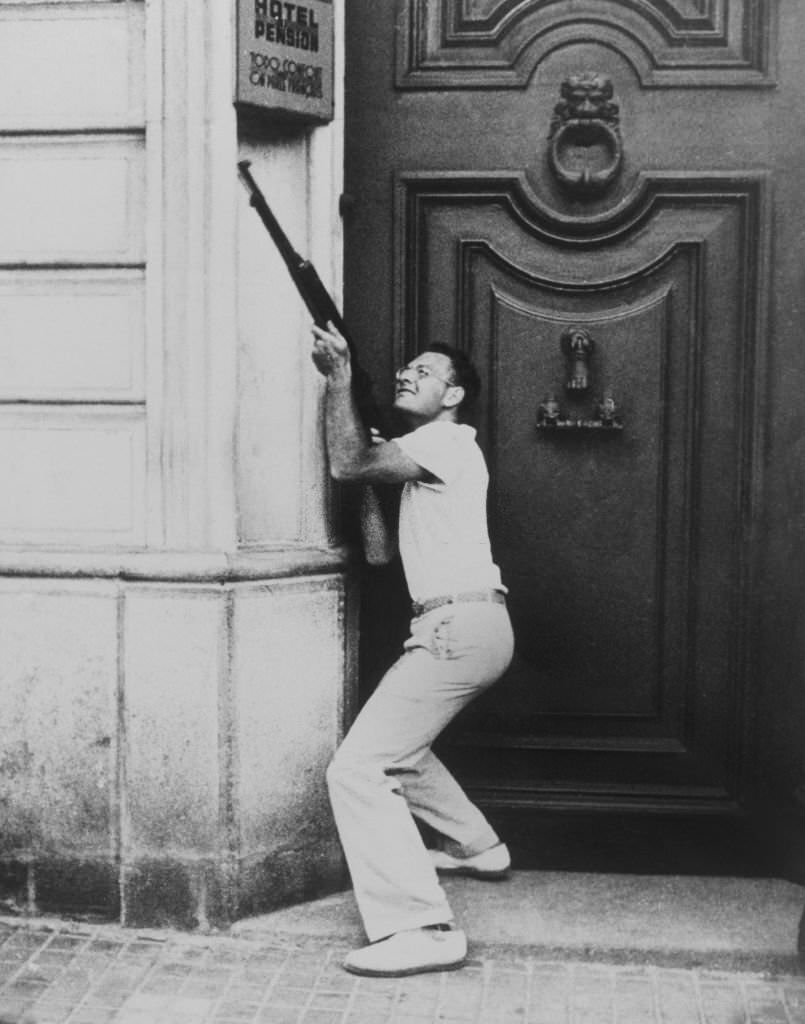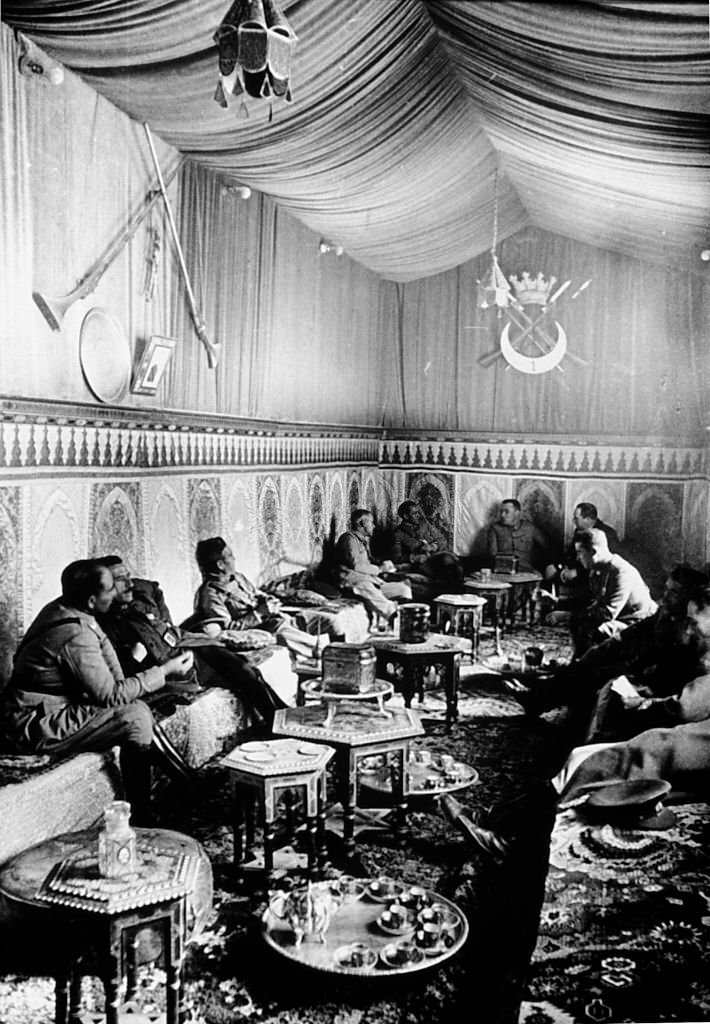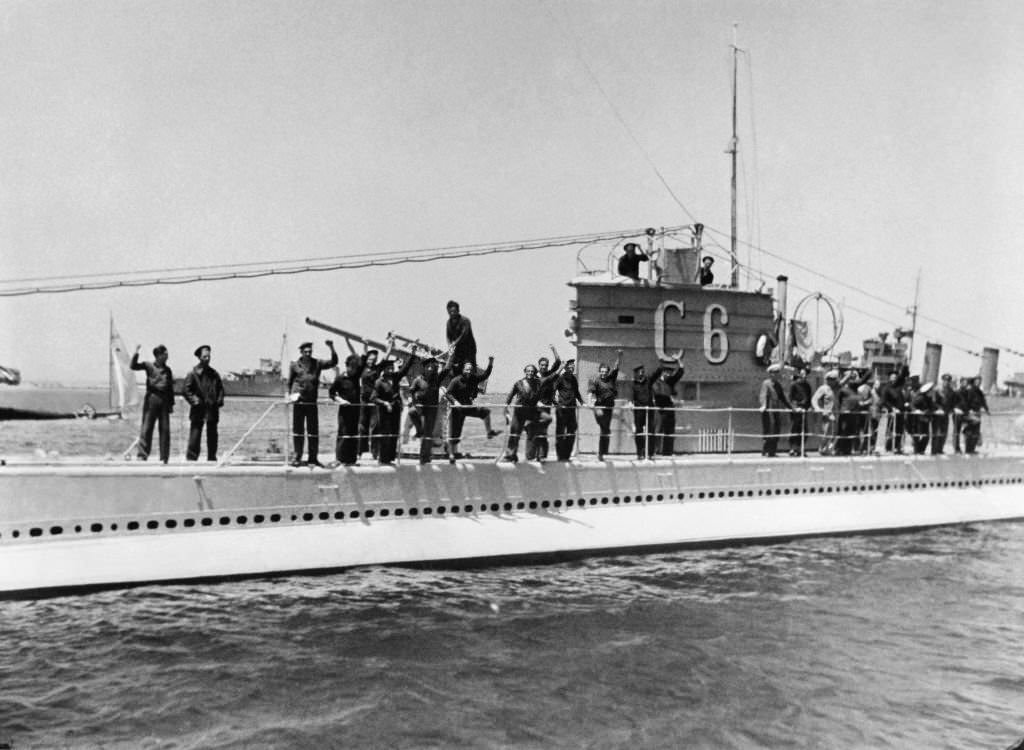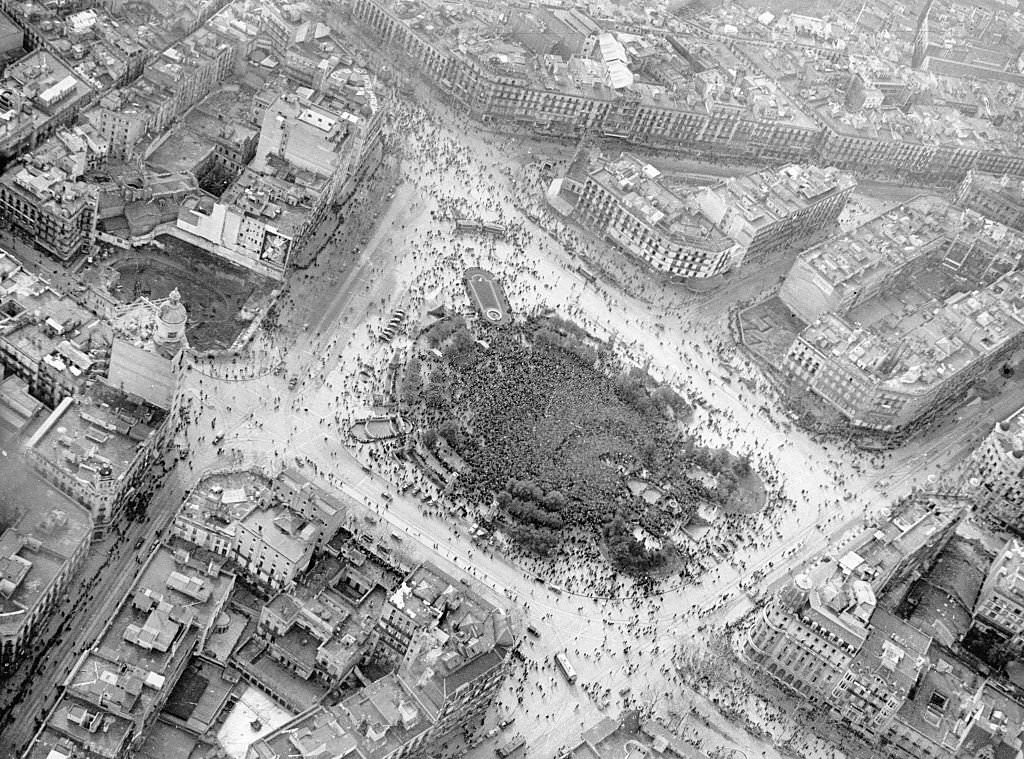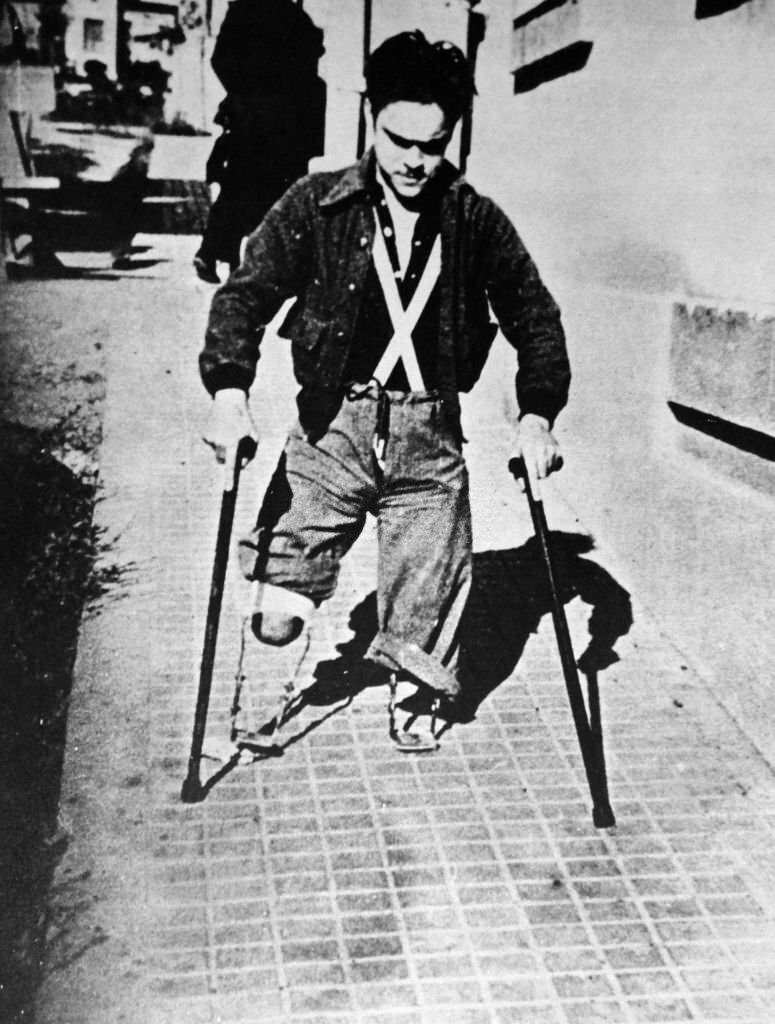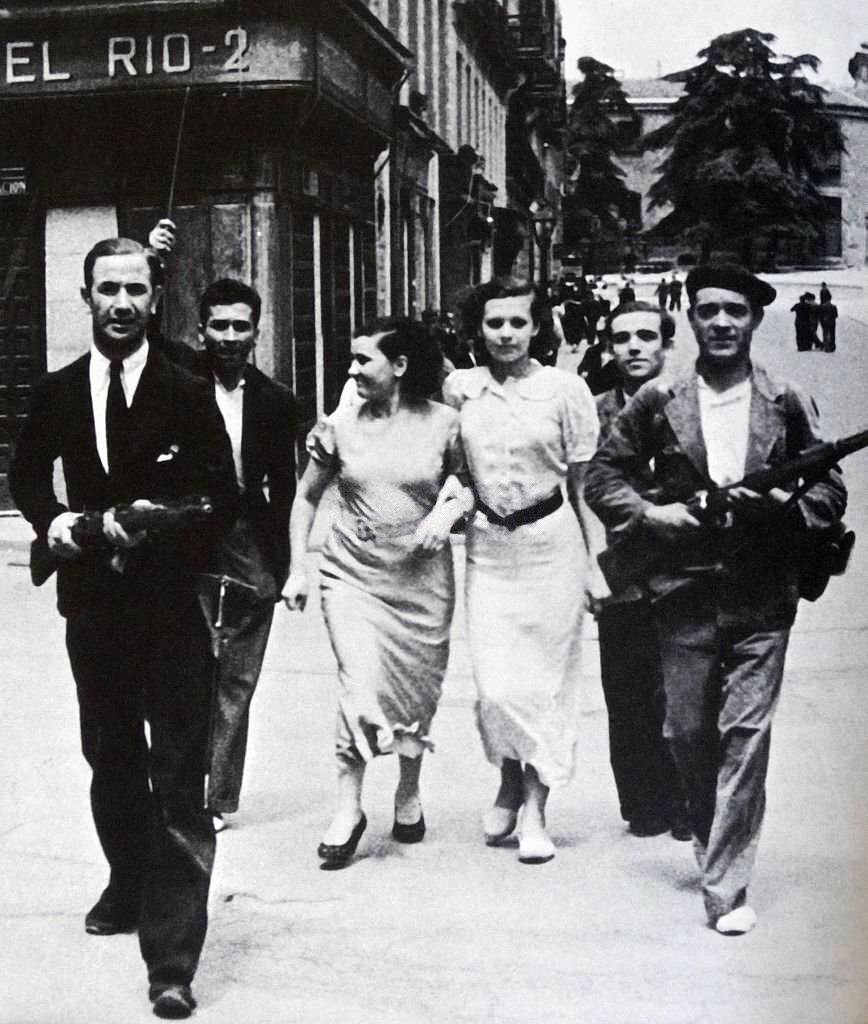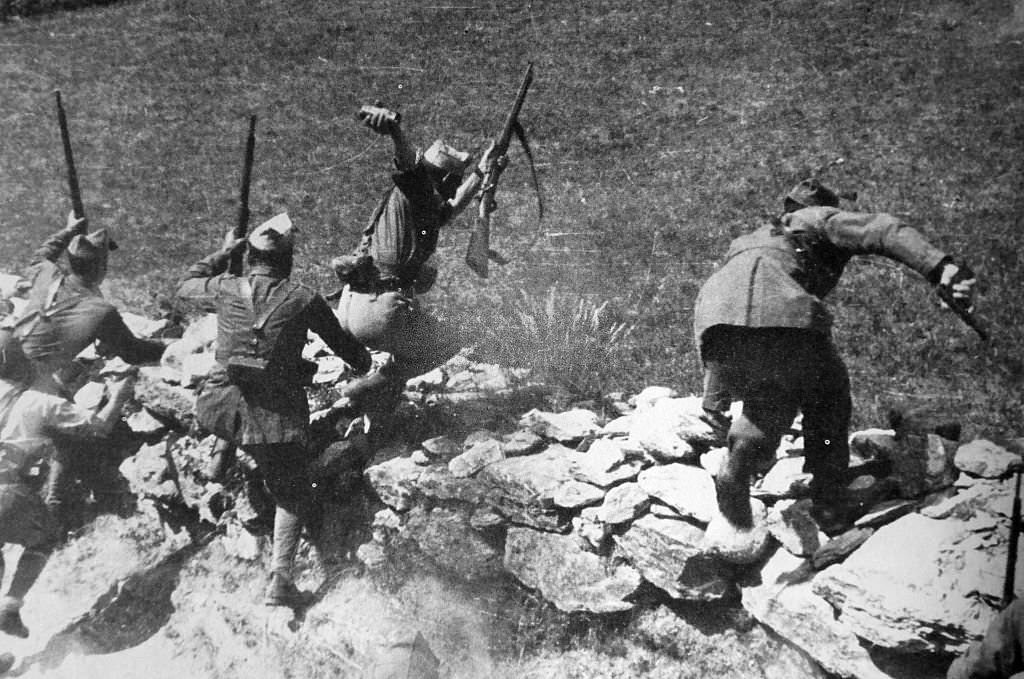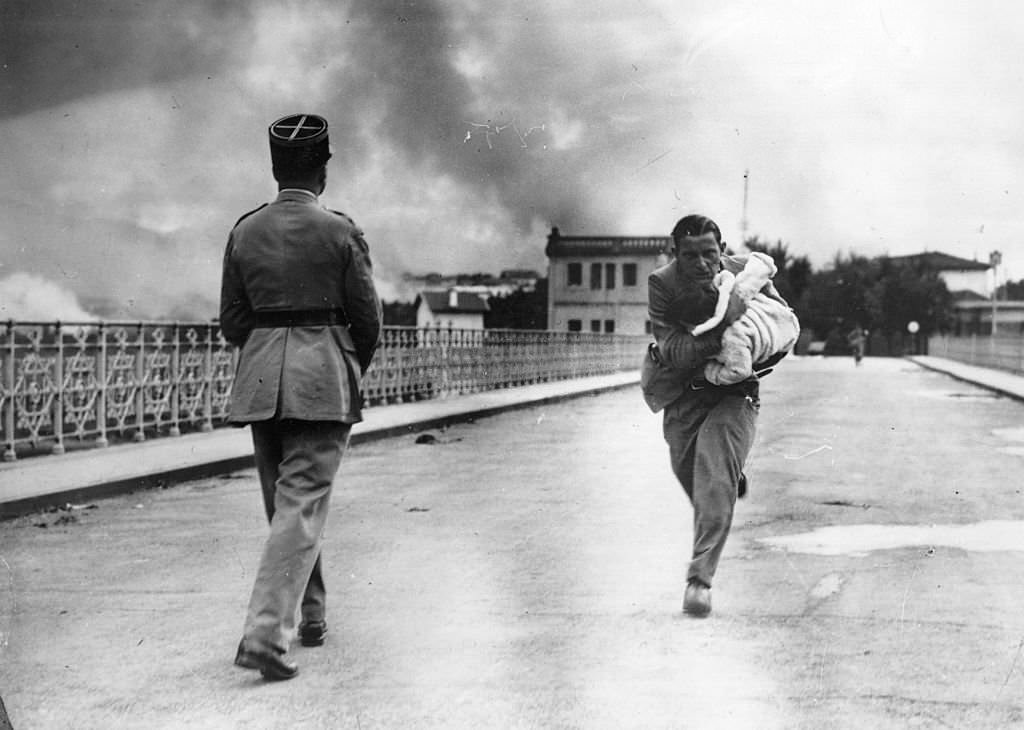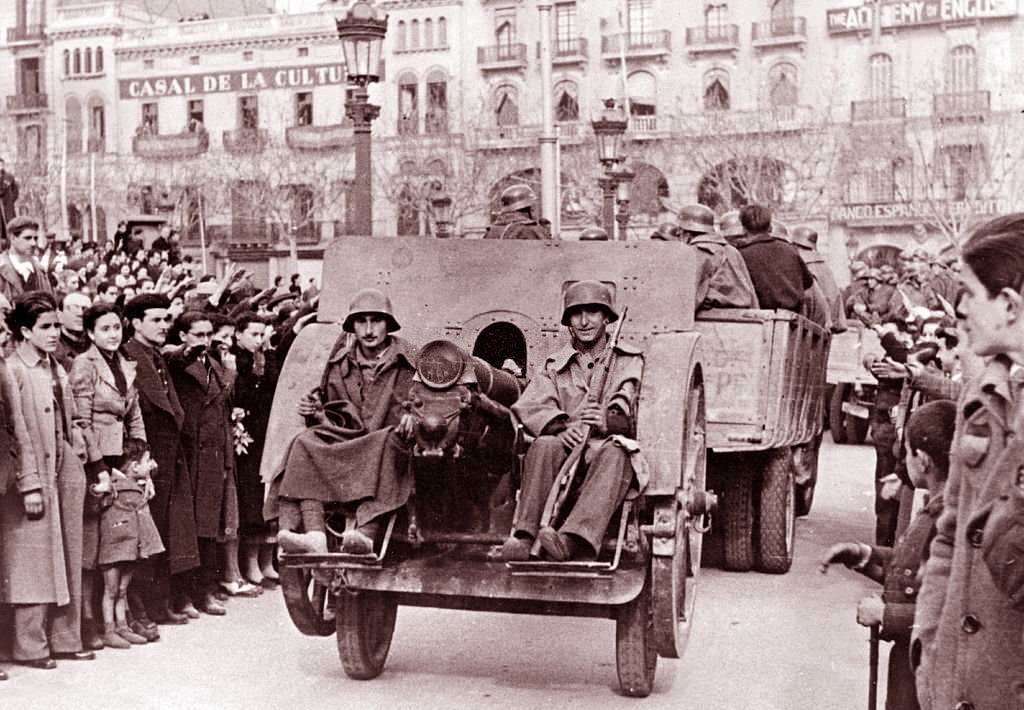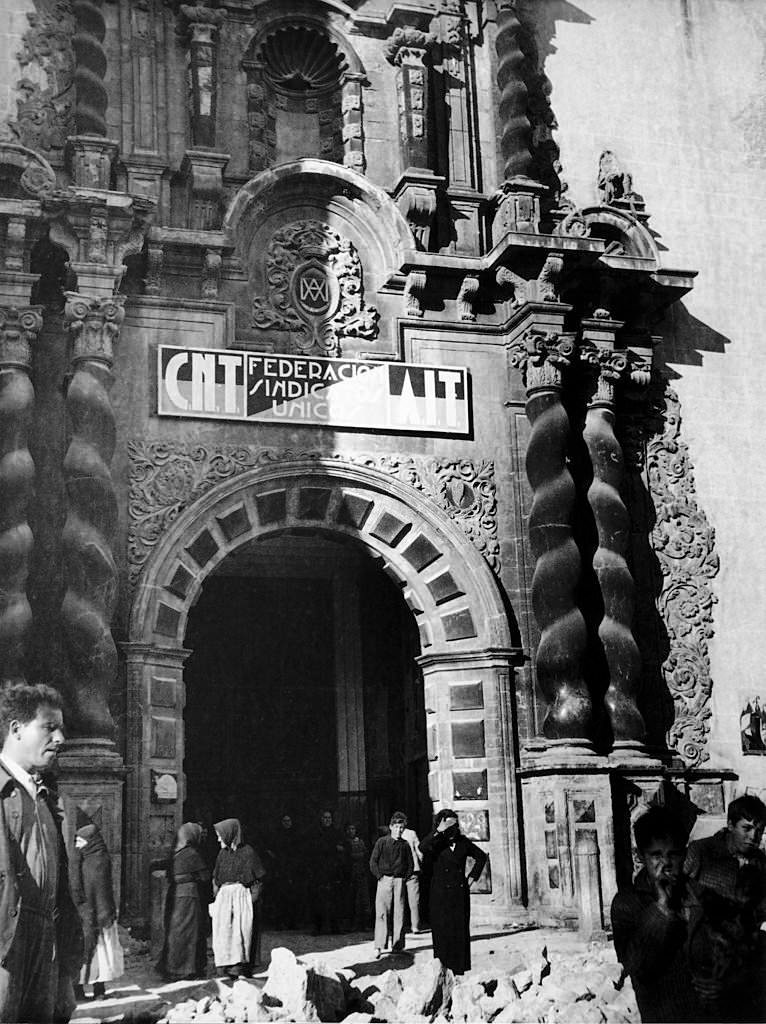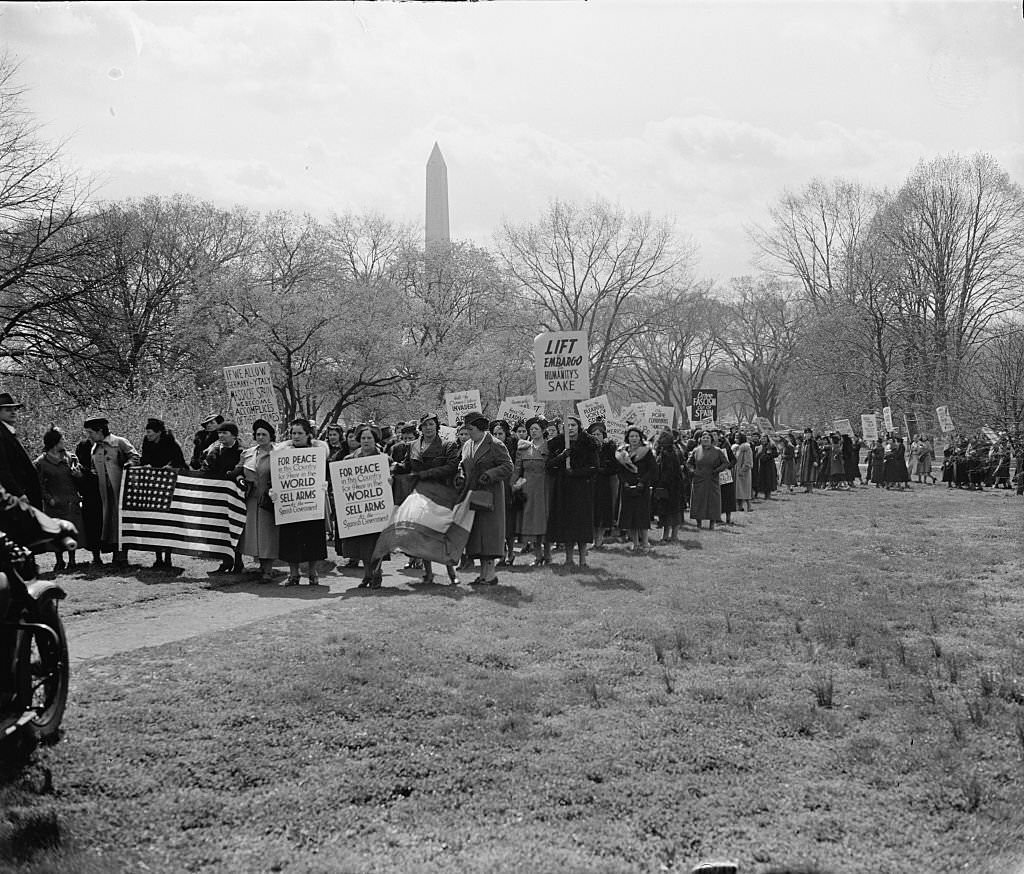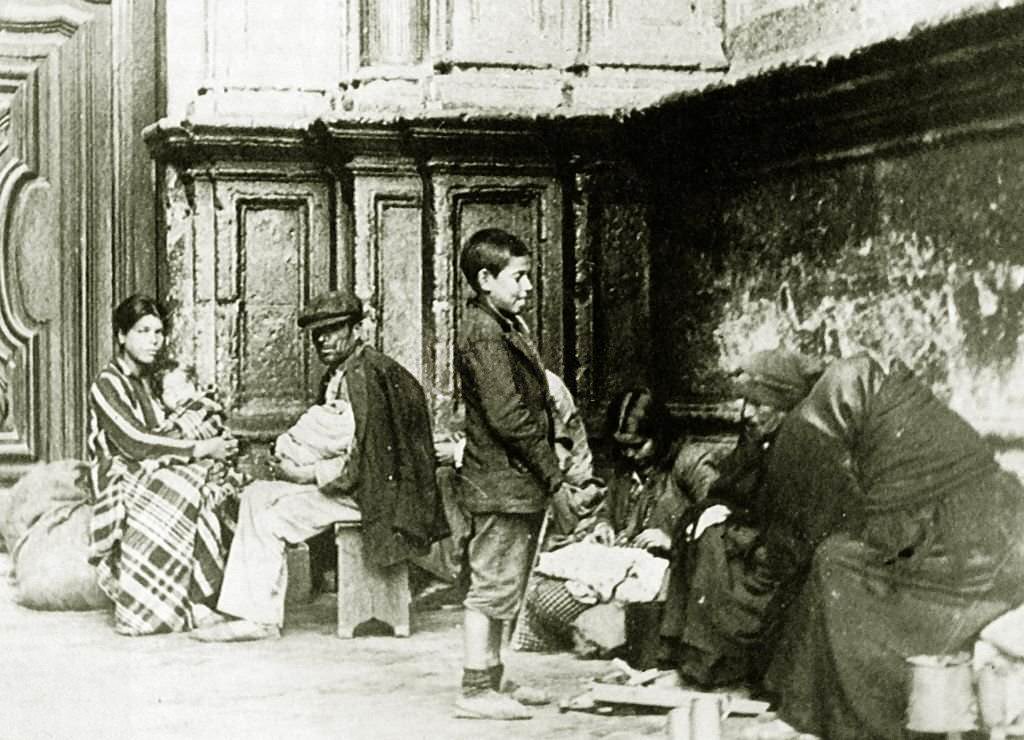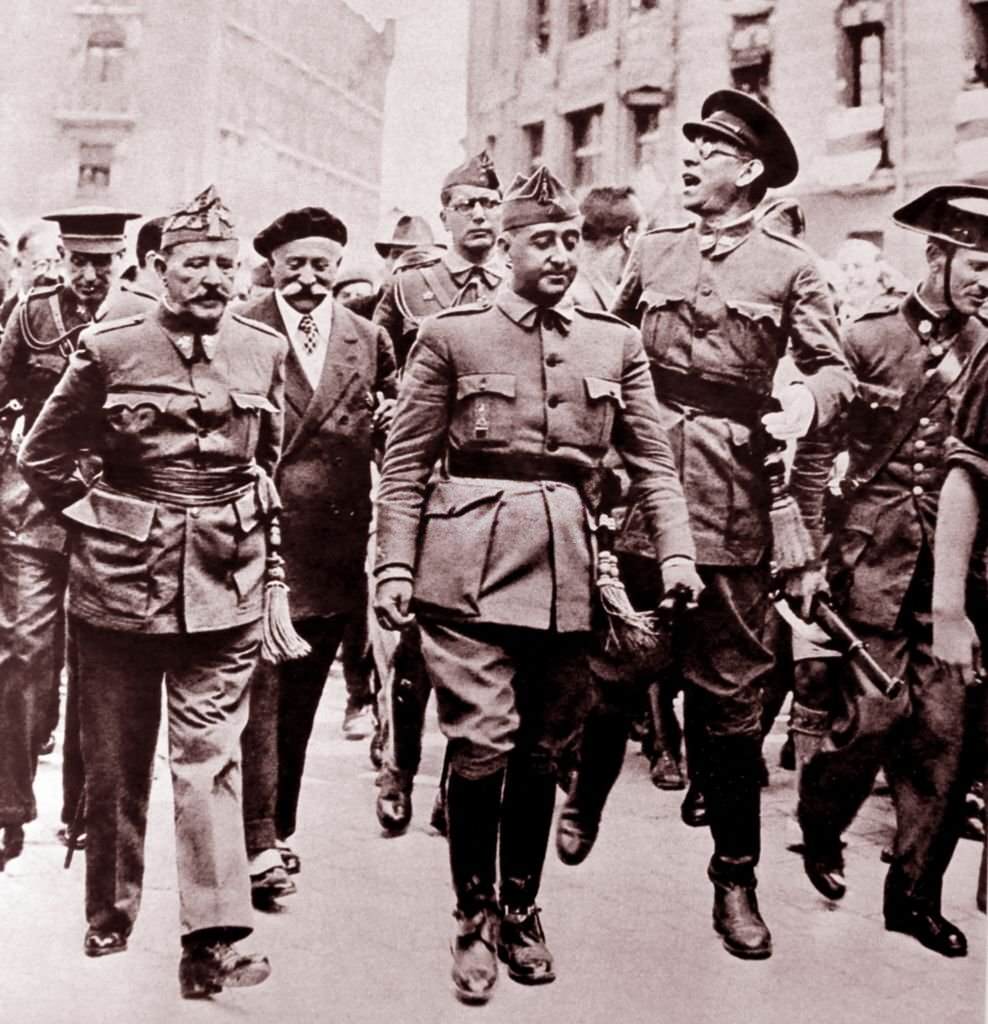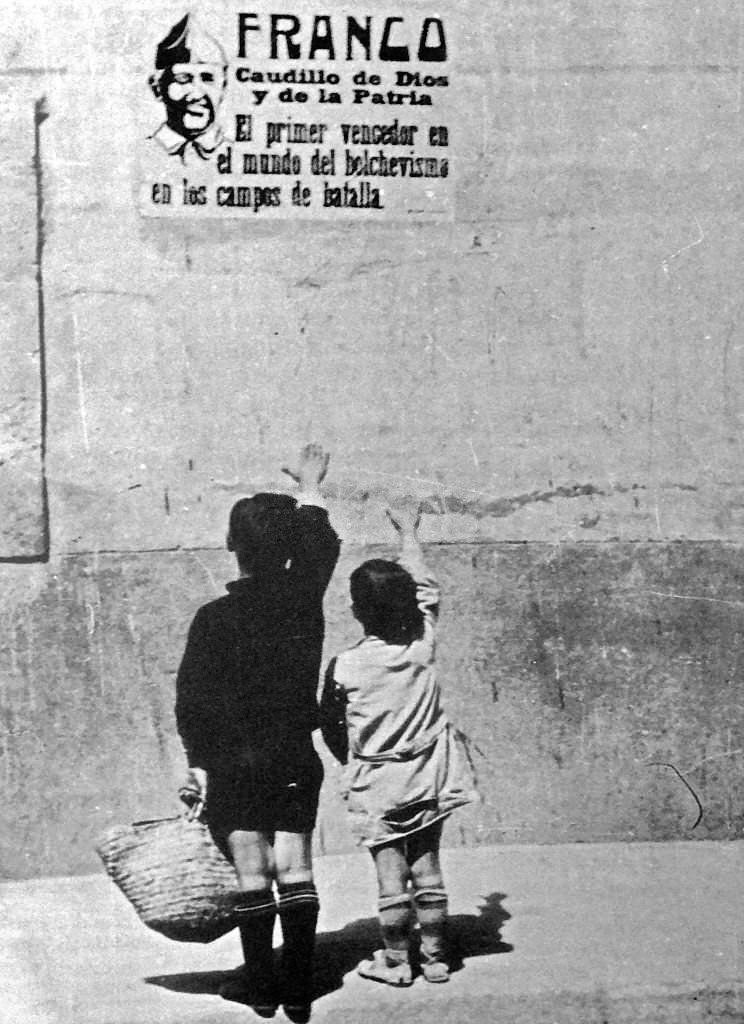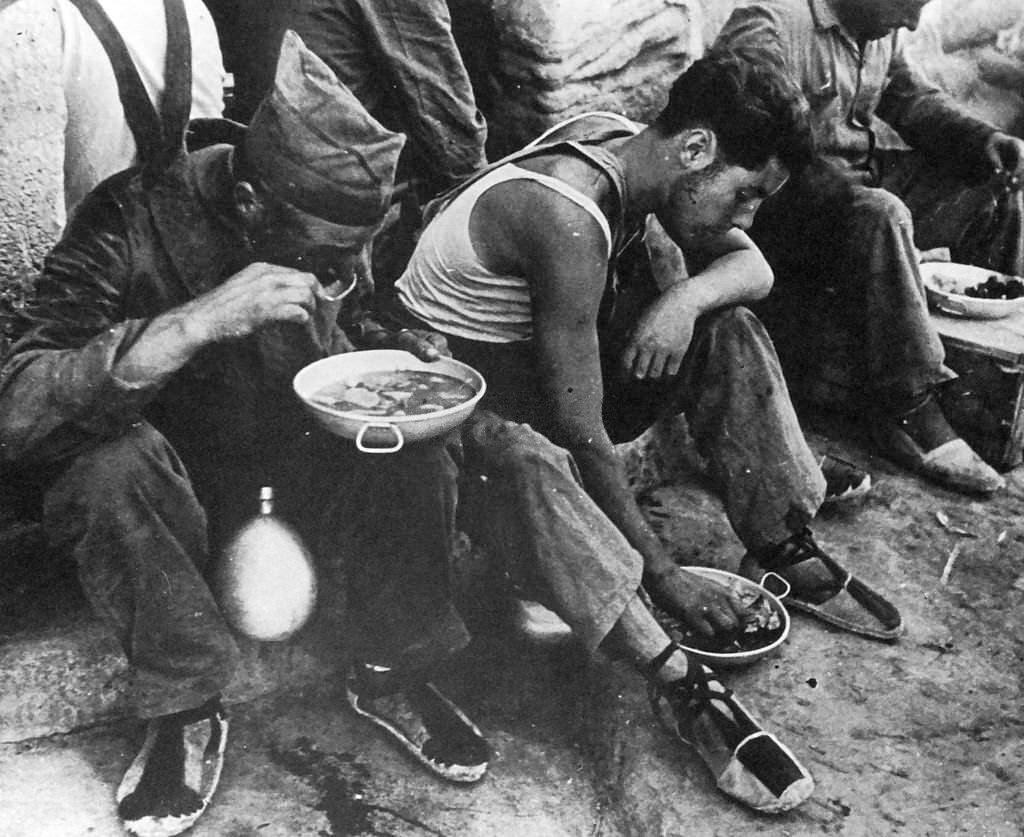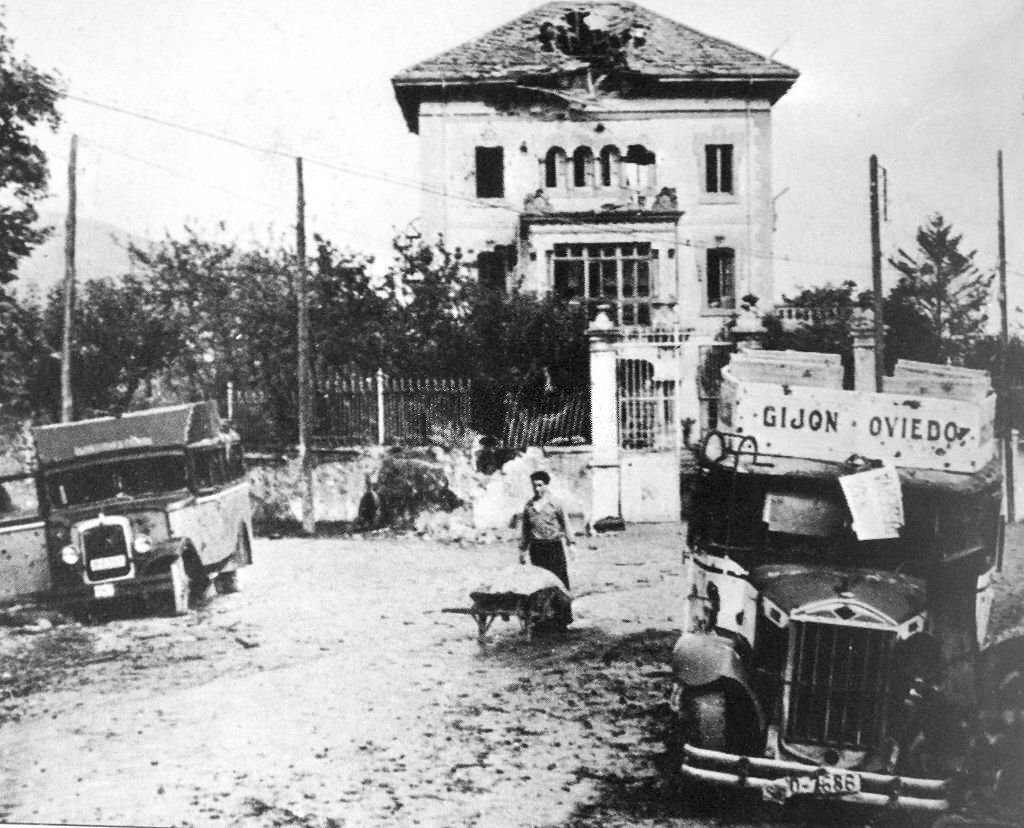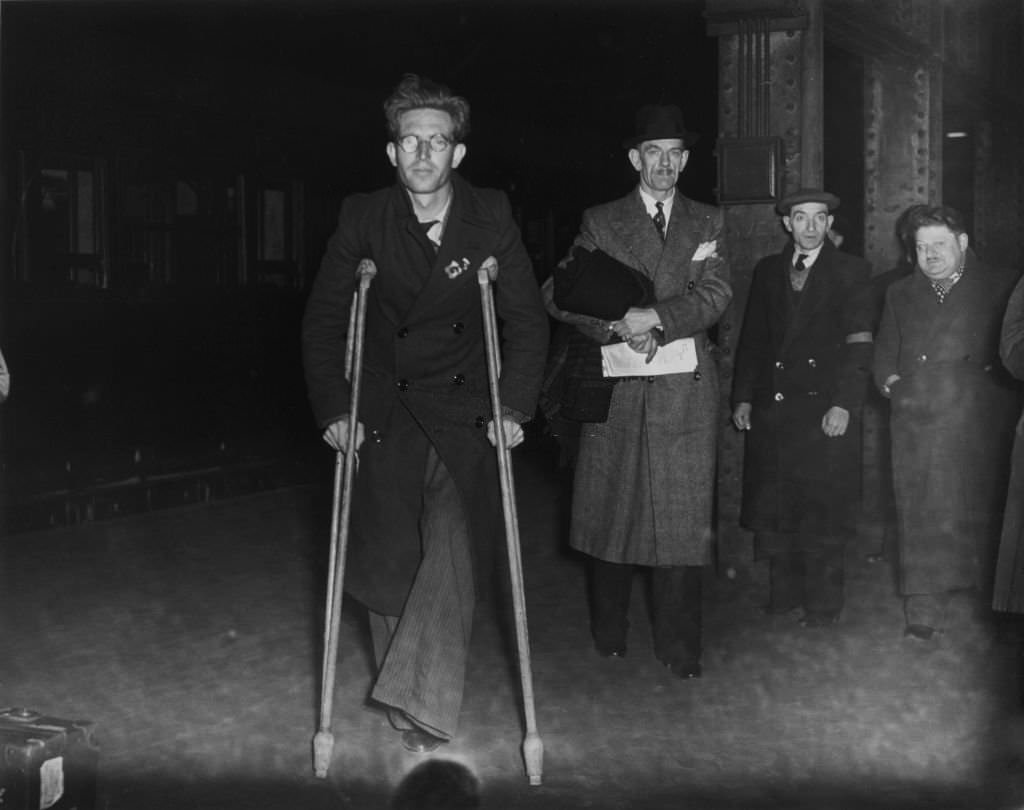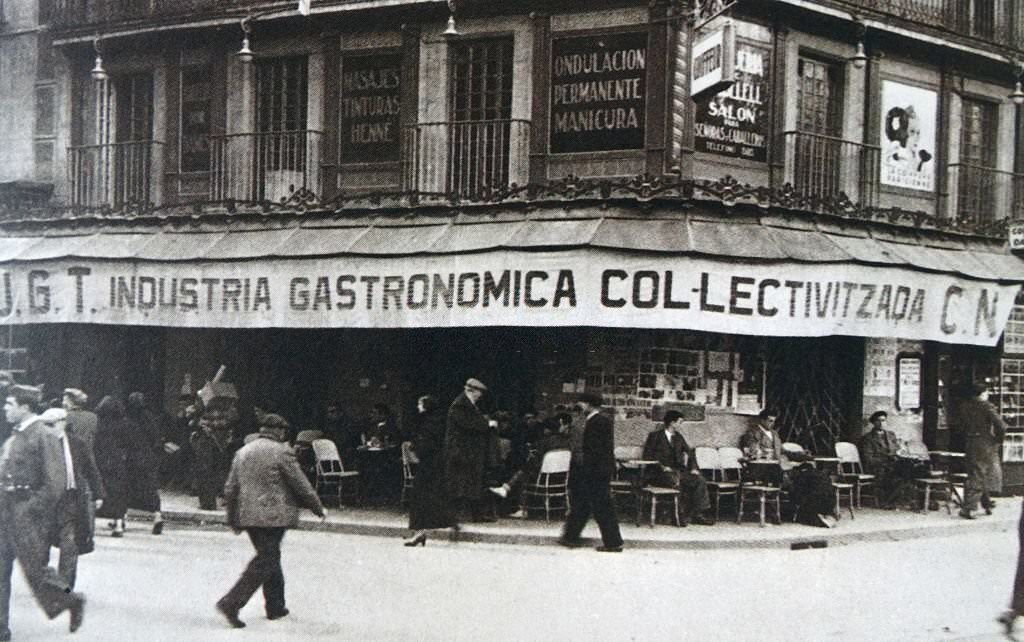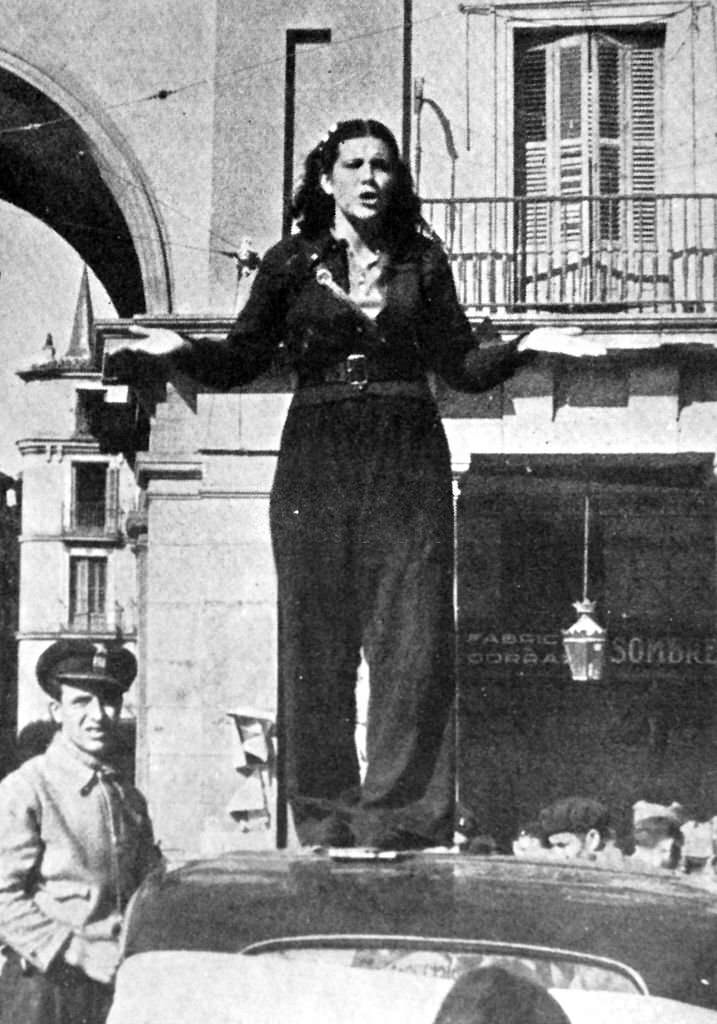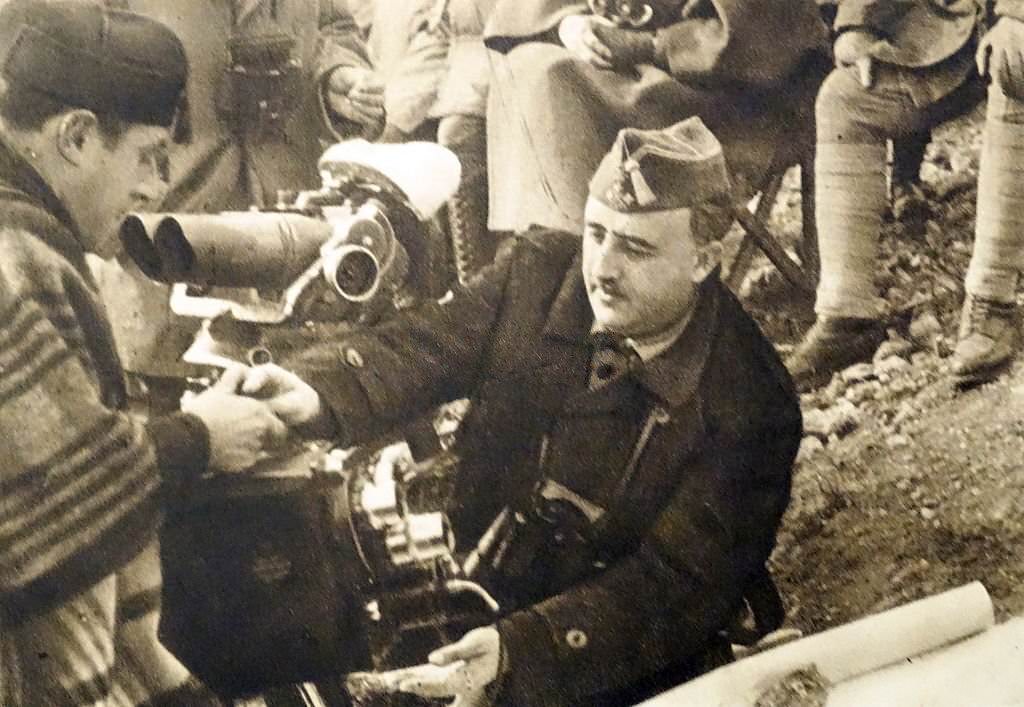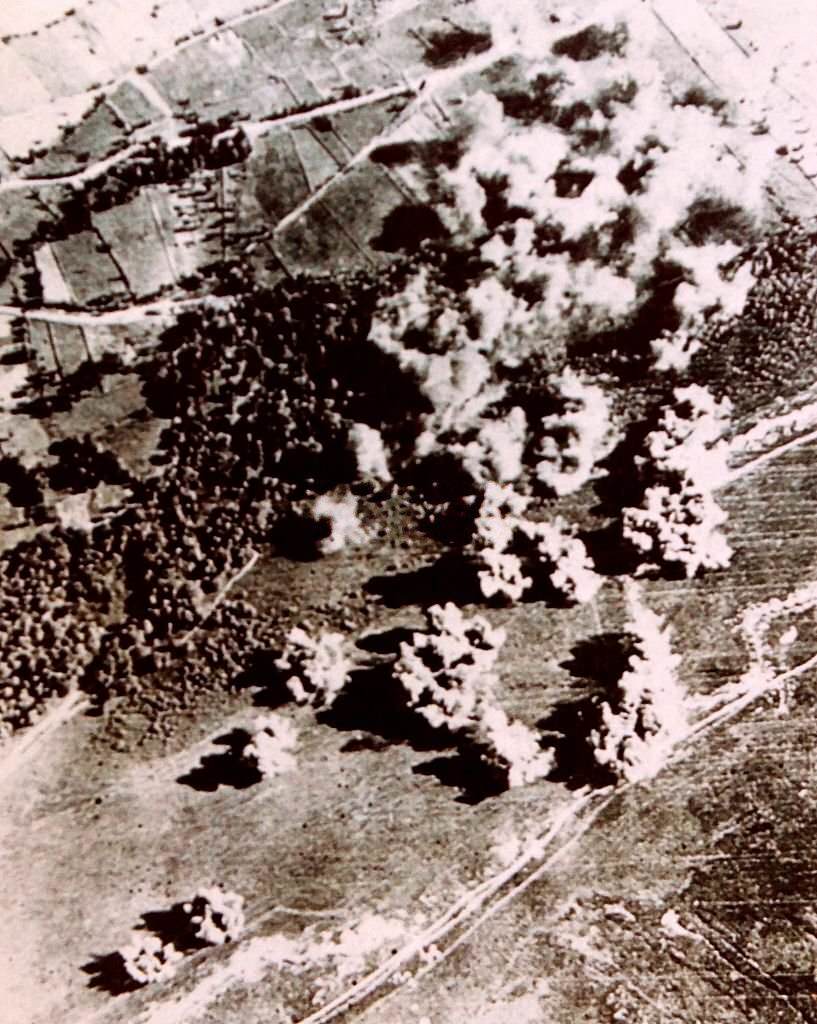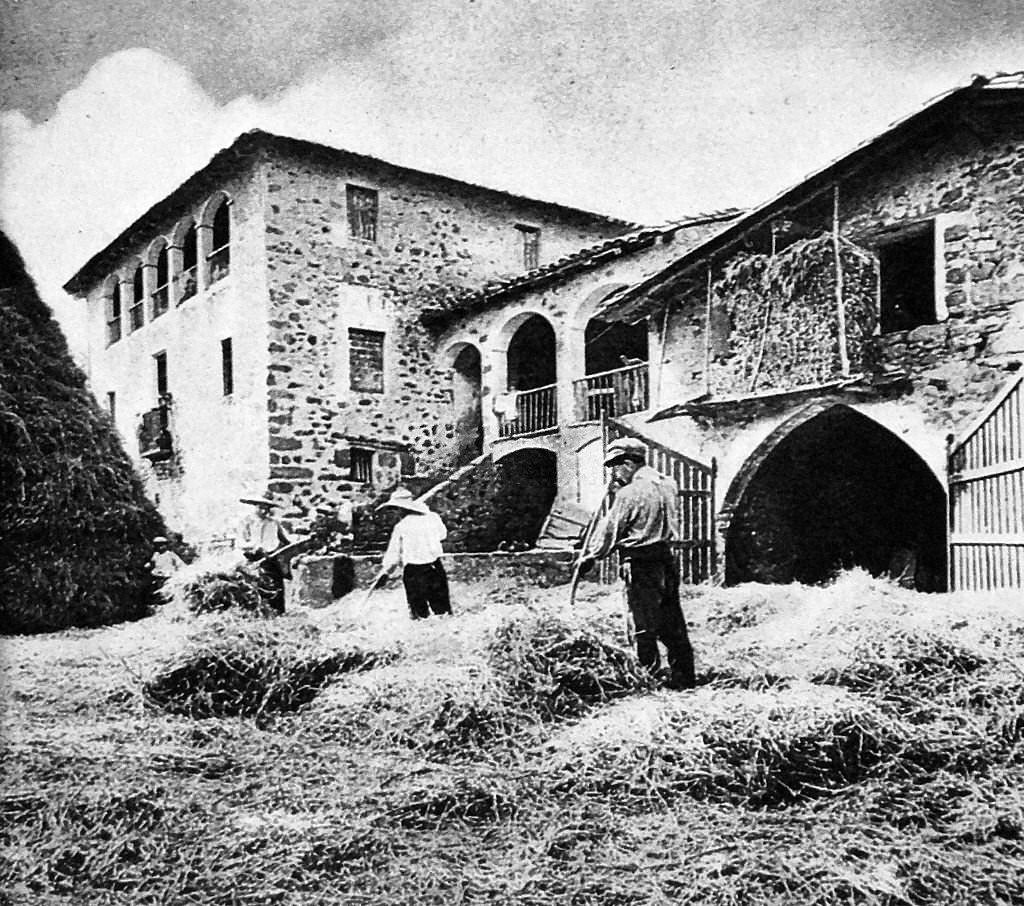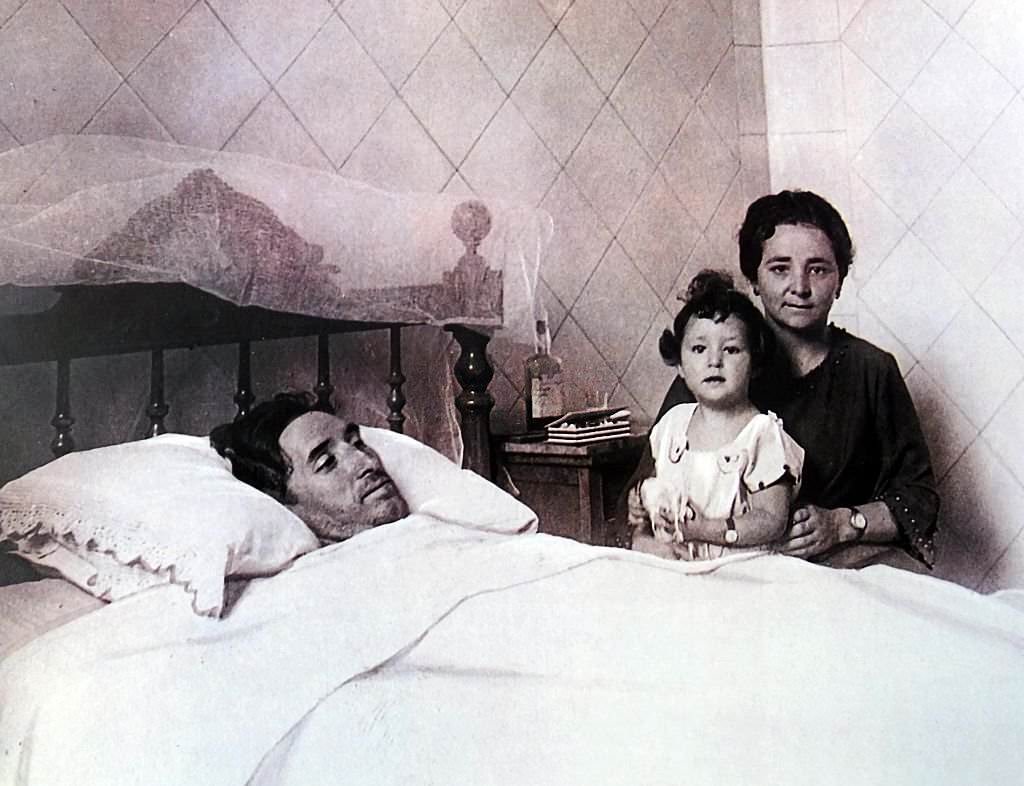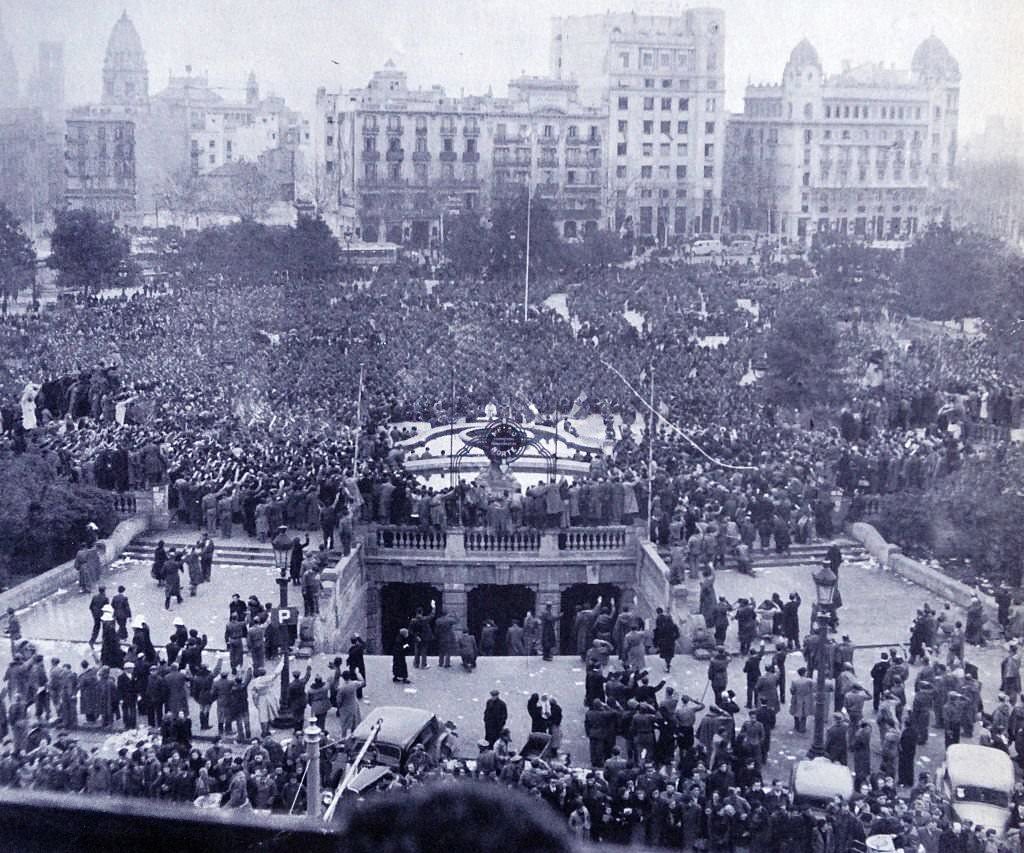During the Spanish Civil War, conservative elements within Spain supported a military revolt against the Republican government. After an initial military coup failed to gain control of the entire country, a bloody civil war broke out, fought with great ferocity on both sides. The fascist governments of Italy and Germany aided the rebels, called Nationalists. The Republican Party received aid from the Soviet Union and the International Brigades, which consisted of volunteers from Europe and the United States.
The Spanish Civil War began on July 18, 1936, with right-wing Spanish military officers revolting in Spanish Morocco and spreading to mainland Spain. General Francisco Franco broadcasts a message from the Canary Islands calling for all army officers to join the uprising and topple Spain’s leftist Republican government. Three days later, the rebels had captured Morocco, most of northern Spain, and several key cities in the south. In other cities, including Madrid, Spain’s capital, the Republicans were able to put down the uprising. Republicans and Nationalists, as the rebels were called, seized control of their respective territories
Before the revolt
Alfonso XIII of Spain authorized elections in 1931 to elect a new government, and voters overwhelmingly decided to abolish the monarchy and establish a liberal republic. As a result, Alfonso went into exile and the Second Republic was proclaimed, initially dominated by middle-class liberals and moderate socialists. During the elections in November 1933, conservative forces regained control of the government after the landed aristocracy, the church, and a large military clique opposed the Republic. Organizations of labor and leftist radicals forced liberal reforms in the first two years of the Republic, and the independence-minded region of Catalonia and the Basque provinces achieved virtual autonomy. Socialists launched a revolution in the mining districts of Asturias, while Catalan nationalists rebelled in Barcelona. Franco crushed the so-called October Revolution on behalf of the conservative government, and in 1935 he was named army chief of staff.
Beginning of the war
After new elections in February 1936, the Popular Front, a leftist coalition, came to power. Franco, a monarchist, was sent to an obscure command in the Canary Islands, off the coast of Africa.
Army officers feared that Marxists would overthrow the liberal government. Franco reluctantly agreed to join the military conspiracy scheduled to begin in Morocco at 5 am on July 18 and in Spain 24 hours later. The difference in the time allowed the Army of Africa to secure Morocco before being transported to Spain’s Andalusian coast by the navy. During an afternoon in Melilla, Morocco, on July 17, the rebel plan for the following day was uncovered, and the rebels were forced into premature action. Melilla, Ceuta, and Tetuan were soon in the hands of the Nationalists, assisted by conservative Moroccan troops opposed to the socialist government in Madrid. Despite learning of the revolt soon after it began, the Republican government took few measures to prevent its spread to the mainland.
Spanish garrisons across Spain rose in revolt on July 18. Workers and peasants fought the uprising, but the Republican government denied their weapons in many cities, and the Nationalists soon took over. While the Nationalists gained control of conservative regions, such as Navarre and Old Castile, they stayed in their garrisons in other areas, such as a fiercely independent city such as Bilbao. A Nationalist revolt in the Spanish navy largely failed, and warships run by sailors’ committees secured several coastal cities for the Republic. However, Franco managed to bring his Army of Africa across from Morocco. During the next few months, Nationalist forces rapidly overran many Republican areas in central and northern Spain. The city of Madrid was besieged in November.
Spain’s fascist party, the Falange, unified the Nationalist forces under Franco’s command in 1937, while the Republicans fell under the communists’ control. The Germans and Italians provided planes, tanks, and arms to Franco, while the Soviet Union aided the Republicans. Thousands of communists and radicals from France, the USSR, America, and other countries joined the International Brigades to support the Republican cause. The significant contribution of these foreign units was the successful defense of Madrid until the end of the war.
The end of the Civil war
The Nationalists cut the territory of the Republicans in half by driving into the Mediterranean Sea in June 1938. Franco launched a significant offensive against Catalonia later in the year. In January 1939, its capital, Barcelona, was captured, and shortly after, the rest of Catalonia fell. The Republican cause was lost, so its leaders tried negotiating peace, but Franco refused. The Republicans surrendered Madrid on March 28, 1939, bringing the Spanish Civil War to an end. It was the bloodiest conflict in Spanish history, with lives lost up to a million. Franco governed Spain until he died in 1975.
#1 Demonstrators hold banners calling for the death of Gil Robles, the leader of the rightist party CEDA, in Madrid after the Frente Popular’s victory at the February 1936 parliamentary elections.
#2 Demonstrators run during a violent demonstration in the streets of Madrid ahead of the February 16, 1936 parlimentary elections that saw the rise to power of the Frente Popular.
#3 Nationalist Troops occupying a Train Station in San Sebastian, 1936
#4 Partisans of The Governmental Troops Fighting on the Front in Guadarrama, Near Madrid, 1936
#5 Militiamen Preparing to attack the Nationalist Enemy by Mortar Fire, 1936
#6 Street of Madrid in Ruins during the Spanish Civil War Around, 1936
#7 Madrid Bombed By The Nationalist Air Force during The Spanish Civil War, 1936
#8 La Passionaria of the Spanish Civil War, Dolores Ibarruri around 1936.
#9 Government militiamen killed in the fighting at Badajoz, Spain, during the Spanish Civil War, 24th August, 1936
#10 Medical Aid Unit who left London for Spain, 1936.
#11 Spanish Civil War, 1936
#12 A group of soldiers posing with dolls, 1936
#13 Republicans fighting in a street of an unidentified village, 1936
#14 Republicans forces battle street by street against nationalists near the Alcazar in Toledo 1936.
#15 Anti-fascist troops parade through Barcelona, during the Spanish civil war 1936.
#16 A prison in Madrid where dozens of Nationalist politicians and rebellious military were executed on August 22, 1936.
#17 The bodies of religious are displayed in a street of Barcelona by Republicans during the Spanish civil war to show their anticlericalism and protest against the Catholic support to Franco.
#18 Thousands of Republicans demonstrating in the streets of Madrid against Franco’s attempt to overthrow the Spanish Republic.
#19 Republicans forces battle street by street against nationalists near the Alcazar in Toledo, 1936.
#20 Nationalist troops capture Republican soldiers. In 1936, at the Battle of Somosierra, in the heights of the pass between Carlist and Falangist units and Republican troops.
#21 Republican soldiers shelter in a trench during the Campaign of Gipuzkoa, the Spanish Civil War, Nationalist Army conquered the northern province of Gipuzkoa, held by the Republic.
#22 A republican marksman soldier takes shelter behind a street corner during the Spanish civil war, Barcelona 1936.
#23 Wounded people were taken from a captured Government ship by the Insurgents and taken to the Miramar Hotel in Malaga which is now a hospital during the Spanish Civil War
#24 Women belonging to The Batalion of Steel as the Militia during the Spanish Civil War
#25 Women with their weapons in the streets of Barcelona during the Spanish Civil War.
#26 Rebel uprising in Madrid during the Spanish Civil War.
#27 Loyalists marching to the base camp near Santa Maria, north-west of Madrid during the Spanish Civil War.
#28 Government troops have a meal in their front line trench during the Spanish Civil War.
#29 Child victim of bombing in Lerida and his mother, Spain, during the Spanish Civil War
#30 Government militiamen having lunch behind the front lines, Spain, 1937
#31 General Francisco Franco 1892-1975 stands with his senior officers after arriving in Spain to take part in the Coup against the Republican Government 1936.
#32 Militia fighters resist the advancing nationalist army in Madrid during the Spanish Civil War.
#33 The November 2, 1937 Condor Legion attack on Lleida (Lerida) in Spain, during the Spanish Civil War.
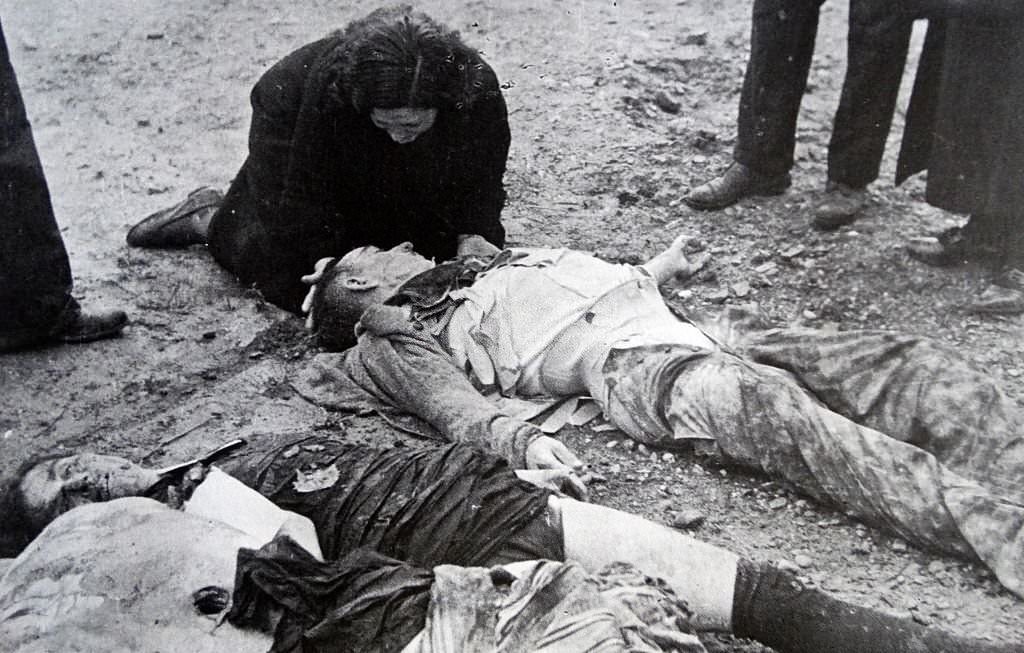
Legion Condor attacks against Lleida became especially infamous since they were aimed to the school known as Liceu Escolar de Lleida. 48 children and several teachers died in it that day, 300 people were killed on the November 2 bombings altogether, and the town would be bombed and sieged again in 1938, when it was conquered by Franco's forces.
#34 Condor Legion attack on Lleida.
#35 Victims of street fighting in Madrid during the Spanish Civil War.
#36 Troops from Spanish Morocco march into Madrid 1939, during the Spanish Civil War.
#37 Republican soldiers enter the deserted ruined town of Lleida (Lerida) a key defense point for Barcelona during the Spanish Civil War.
#38 Action at Teruel, during the Spanish Civil War. The combatants fought the battle between December 1937 and February 1938, during the worst Spanish winter in twenty years.
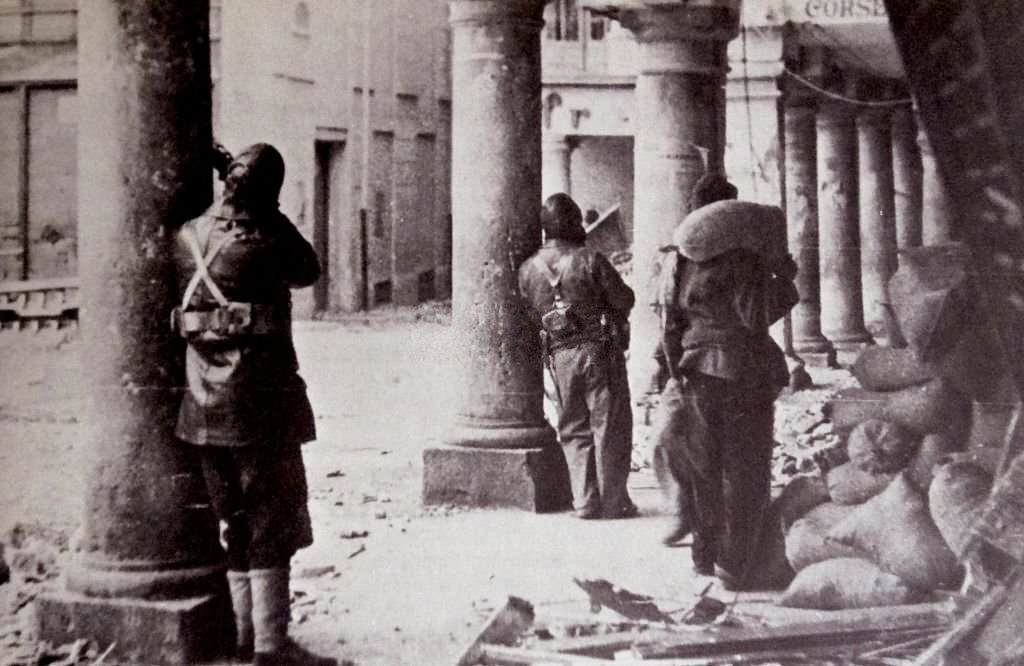
The battle was one of the bloodier actions of the war with the city changing hands several times, first falling to the Republicans and eventually being re-taken by the Nationalists. In the course of the fighting, Teruel was subjected to heavy artillery and aerial bombardment. The two sides suffered over 140,000 casualties between them in the two-month battle.
#39 Entry of nationalist forces to the city of Teruel.
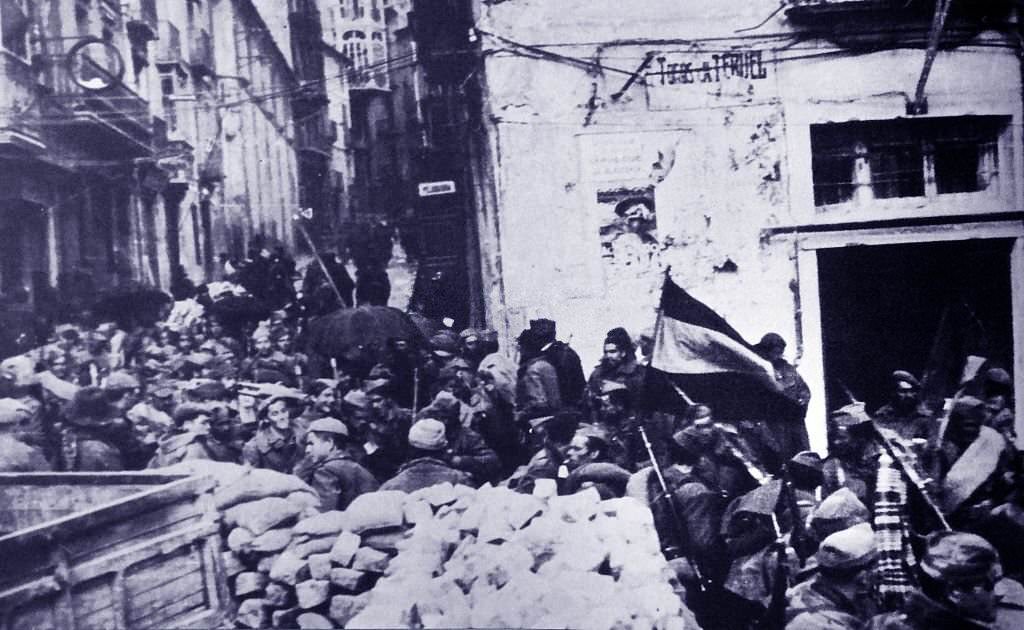
Entry of nationalist forces to the city of Teruel, during the Spanish Civil War. The combatants fought the battle between December 1937 and February 1938, during the worst Spanish winter in twenty years. The battle was one of the bloodier actions of the war with the city changing hands several times, first falling to the Republicans and eventually being re-taken by the Nationalists. In the course of the fighting, Teruel was subjected to heavy artillery and aerial bombardment. The two sides suffered over 140,000 casualties between them in the two-month battle.
#40 Casualties and injured lie on the streets during the Siege of Gijón.
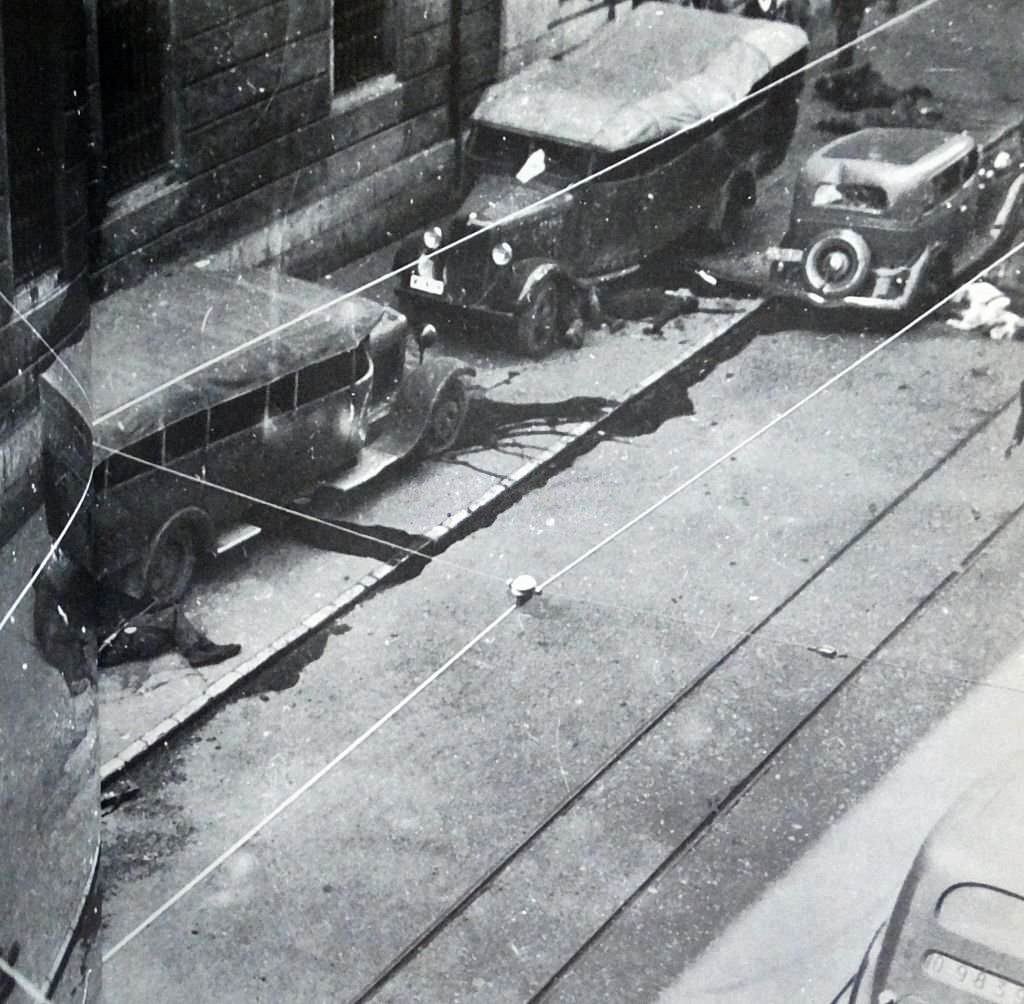
Casualties and injured lie on the streets during the Siege of Gijón, one of the first actions in the Spanish Civil War The siege saw the anarchist militia crushing a small Nationalist garrison in Gijón, between July 19 and August 16, 1936. The militia - nominally fighting in defense of the Republic - laid siege to the Simancas barracks in the city of Gijón. These were defended by about 180 soldiers and Guardia Civil officers who had risen in support of General Franco's rebellion and seized the post for the Nationalists.
#41 Evacuation of infant children from Santander, during the Spanish Civil War 1937.
#42 Battle of Brunete.
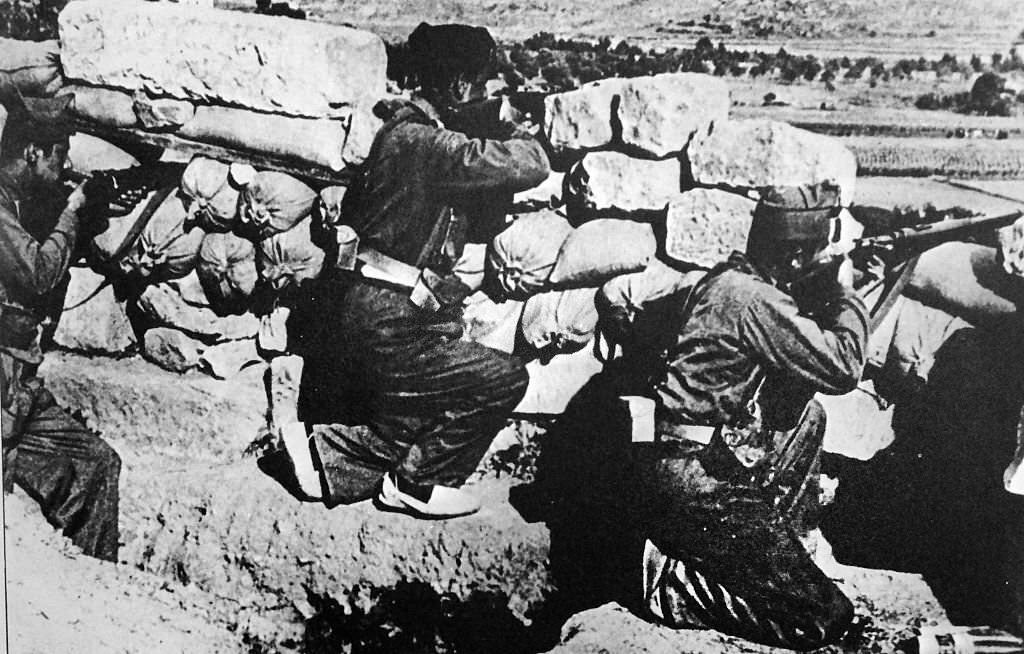
Republican position at the Battle of Brunete (6 July - 25 July 1937), Fought 15 miles west of Madrid, was a Republican attempt to alleviate the pressure exerted by the Nationalists on the capital and on the north during the Spanish Civil War. Although initially successful, the Republicans were forced to retreat from Brunete and suffered devastating casualties from the battle.
#43 Air raid attack on the Basque town of Guernica, Spain.
#44 Air raid attack on the Basque town of Guernica, Spain.
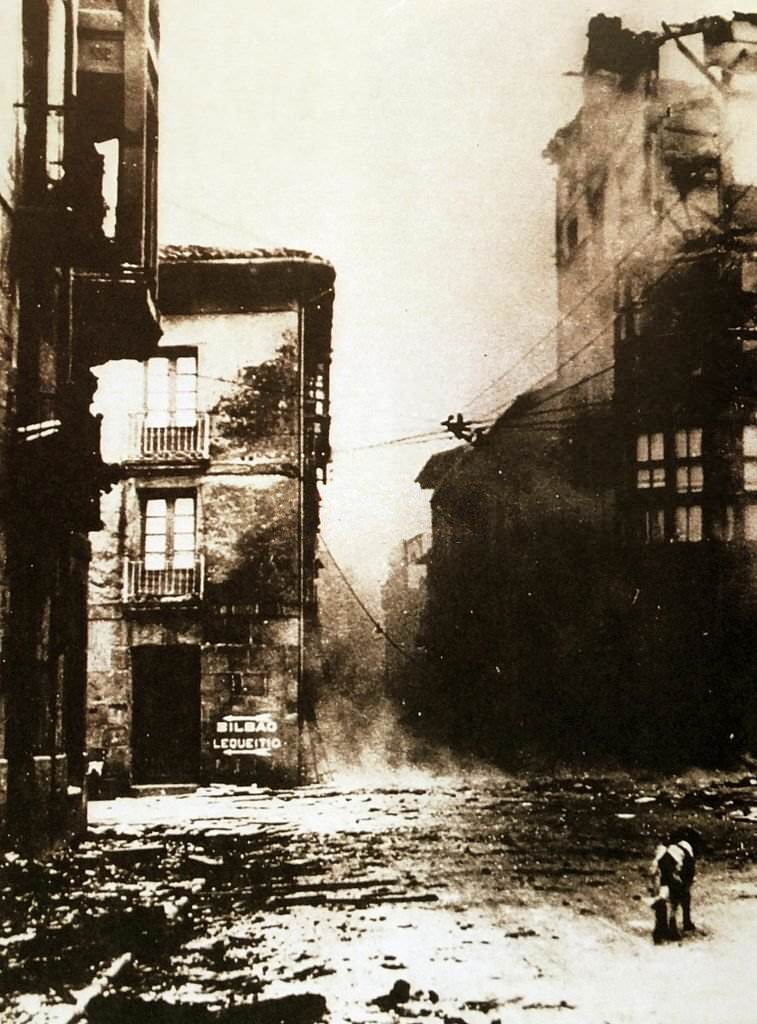
Air raid attack on the Basque town of Guernica, Spain, during the Spanish Civil War, by the German air force's Condor Legion and the Italian Aviazione Legionaria, under the code name: Operation Rügen. The number of victims of the attack is still disputed; the Basque government reported 1,654 people killed.
#45 Refugee children escape from Malaga, during the Spanish Civil War.
#46 Prisoners in uniform, inside a Civil prison camp, in Republican Spain during the Spanish Civil War.
#47 Executed Republicans in Extremadura, during the Spanish Civil War. Between 6,600 and 12,000 Republican supporters were executed by the Nationalists.
#48 Republican militia on the move towards a battle front in Spain, during the Spanish Civil War.
#49 Military parade in Barcelona, after nationalist forces enter the city, 1939 during the Spanish Civil War.
#50 Nationalists celebrate victory in Barcelona, January 27, 1939
#51 Republican parade in Madrid attended by the Soviet Russian delegation to celebrate the supply of arms from Russia during the Spanish Civil War.
#52 During the Spanish Civil War, civilians take shelter by sleeping on the platforms of the underground metro system.
#53 Armed peasants in the Republican army march to Valladolid, during the Spanish Civil War 1936.
#54 Anti-fascist troops parade through Barcelona, during the Spanish civil war 1936.
#55 Civil volunteers take up positions in central Barcelona in the summer of 1936 to defend the republic during the Spanish civil war.
#56 The Almansa regiment enters Tarragon during the Spanish civil war. Tarragona surrendered on 14th January 1939.
#57 Republican fighters take aim behind a barricade of a dead horses in a street in Barcelona 1937, during the Spanish Civil war.
#58 POUM and other republicans march in Barcelona, Spain 1936.
#59 Crowds outside Barcelona prison await the release in February 1936, of left wing political prisoners including Catalan nationalists.
#60 Spanish woman helped by assault guards in Madrid.
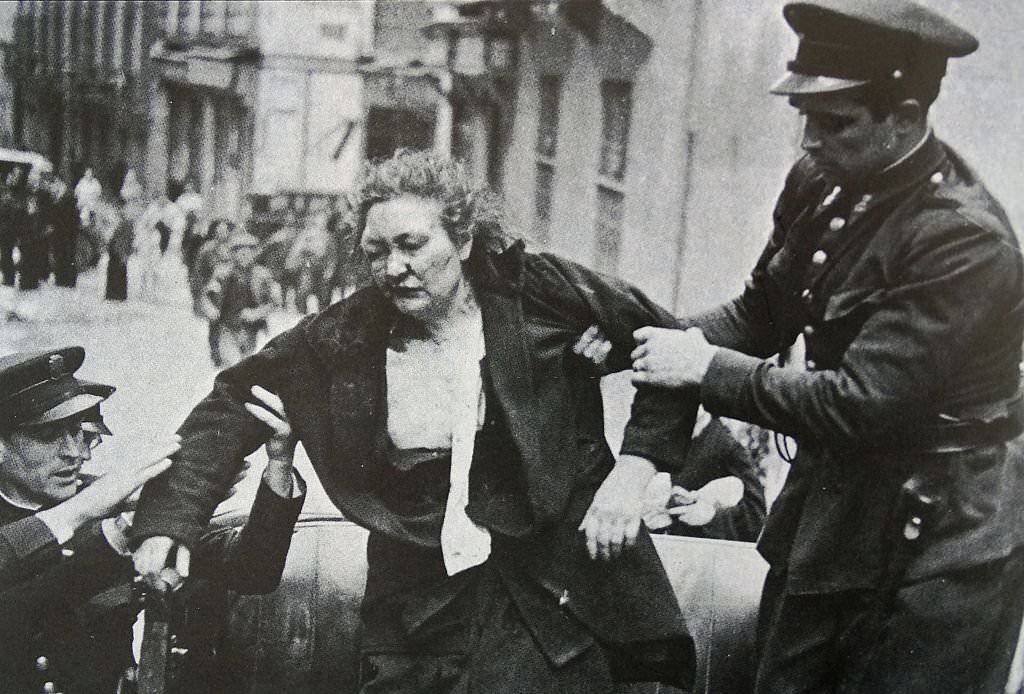
Spanish woman is injured and helped by Assault guards in Madrid during riots in the 1936 Election. Assault Guards enforced security on election day, many freed from their regular posts by the carabineros. Six people were killed during the elections, and perhaps another 30 injured.


